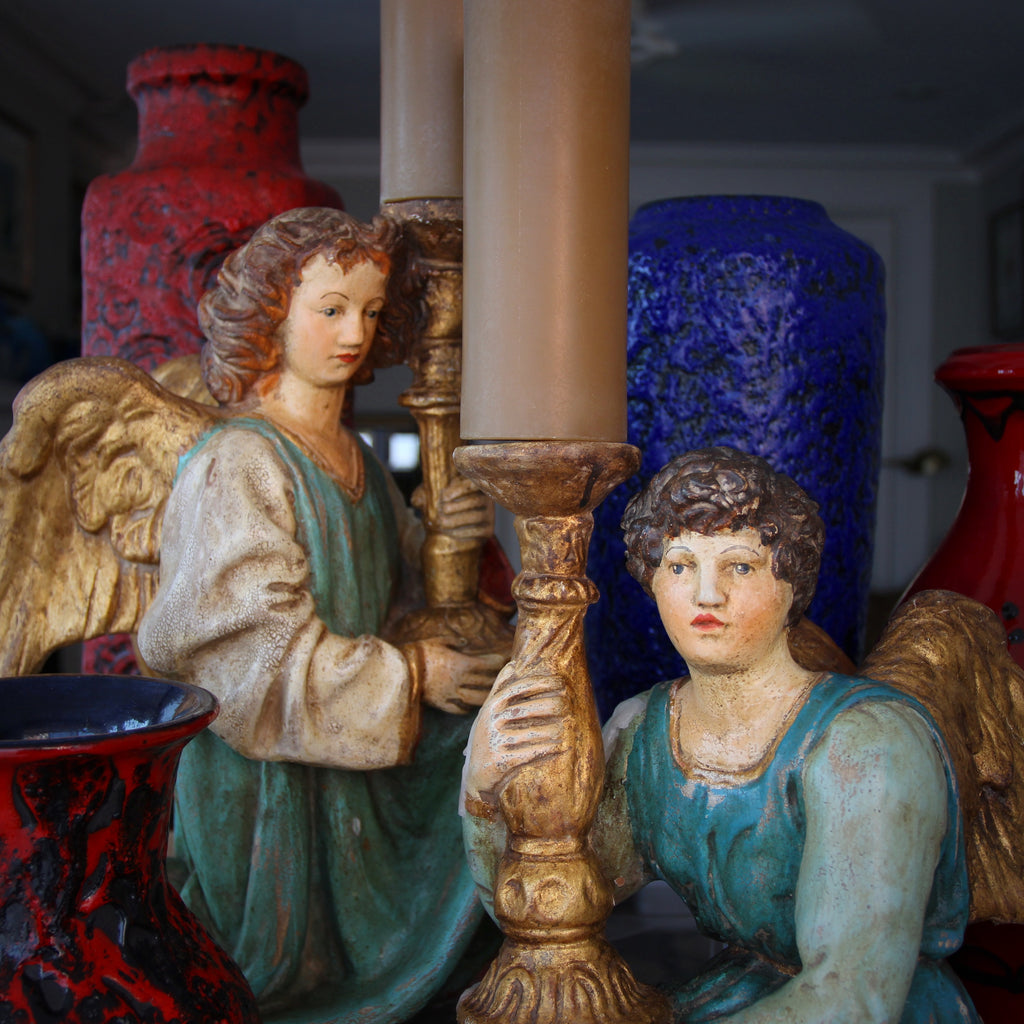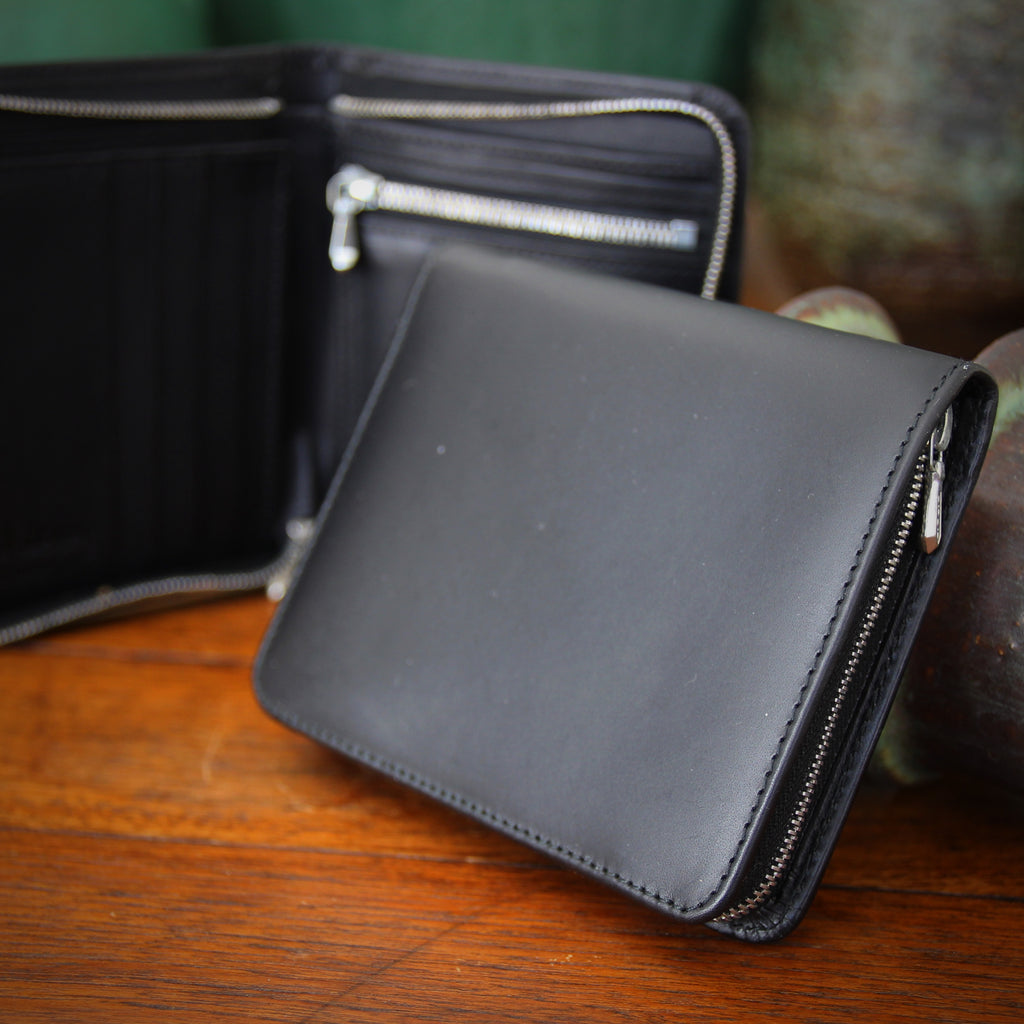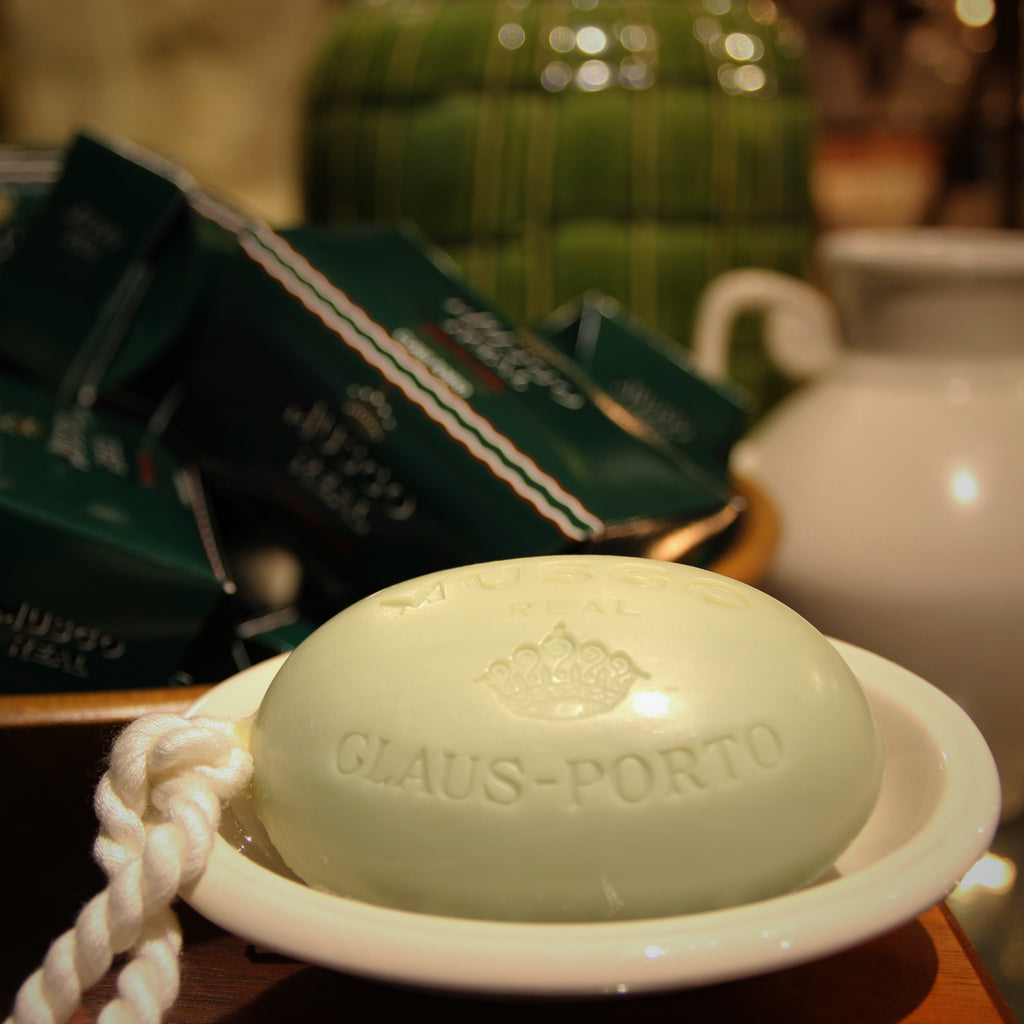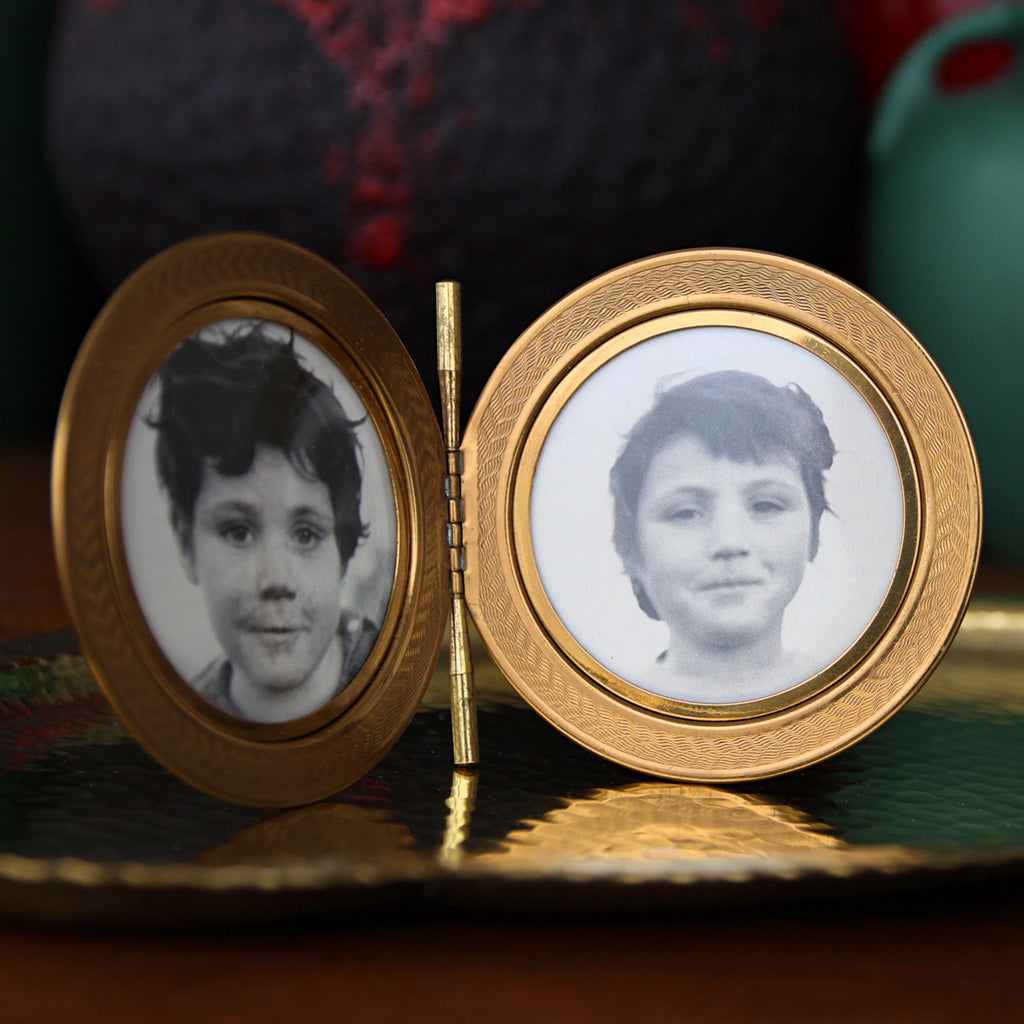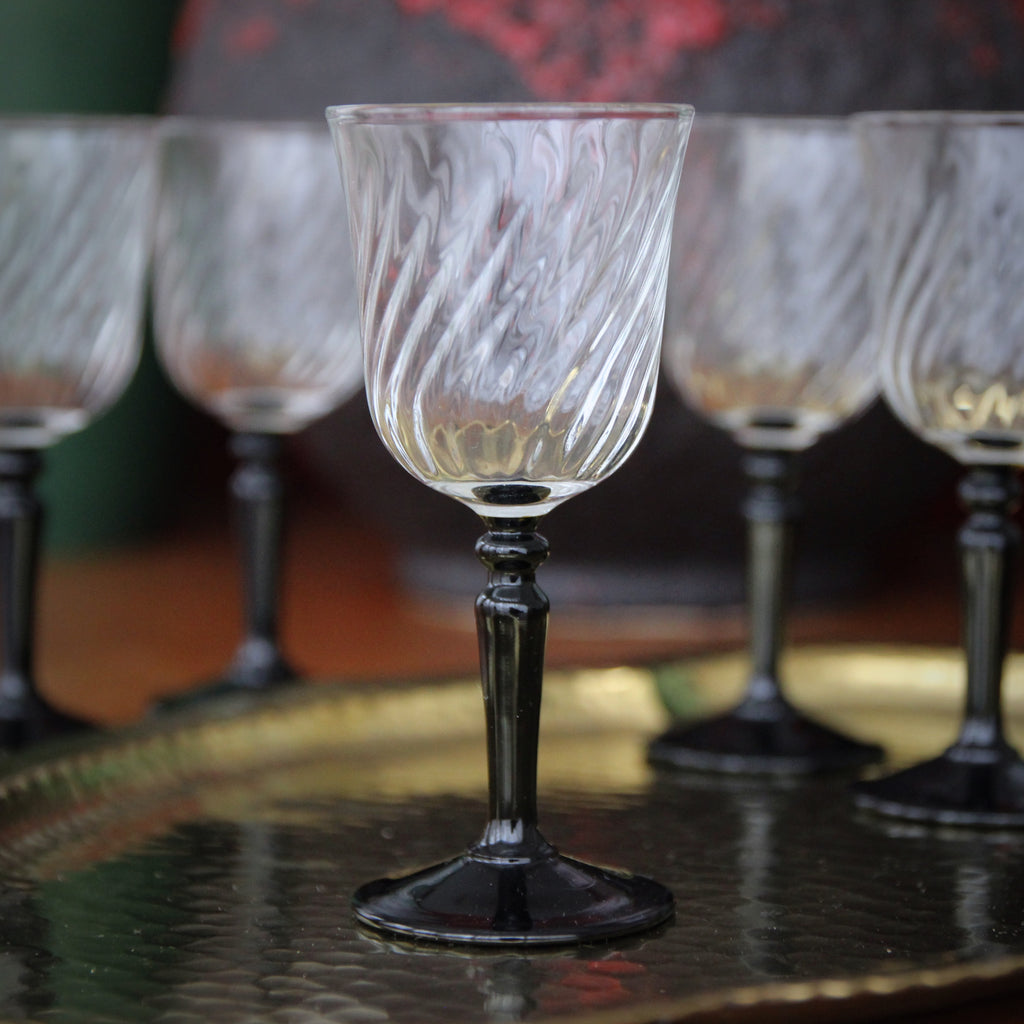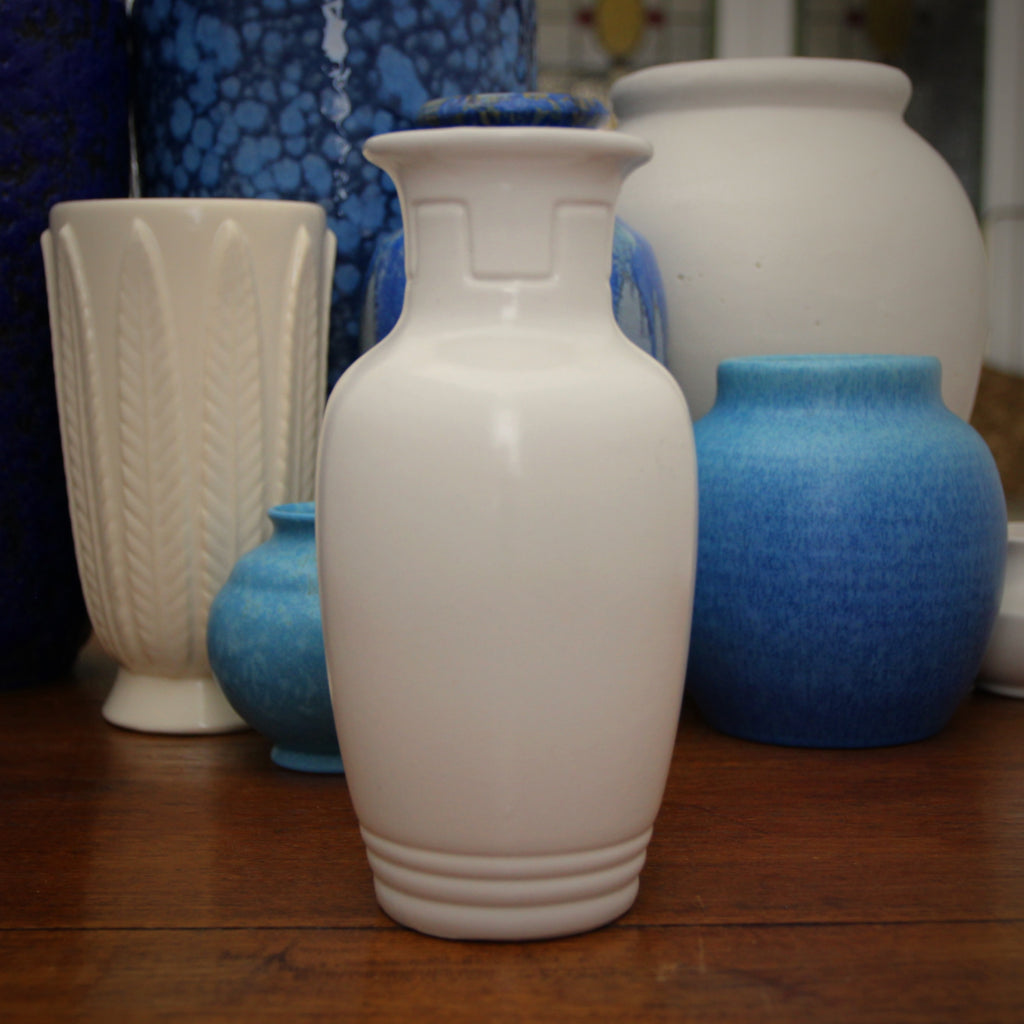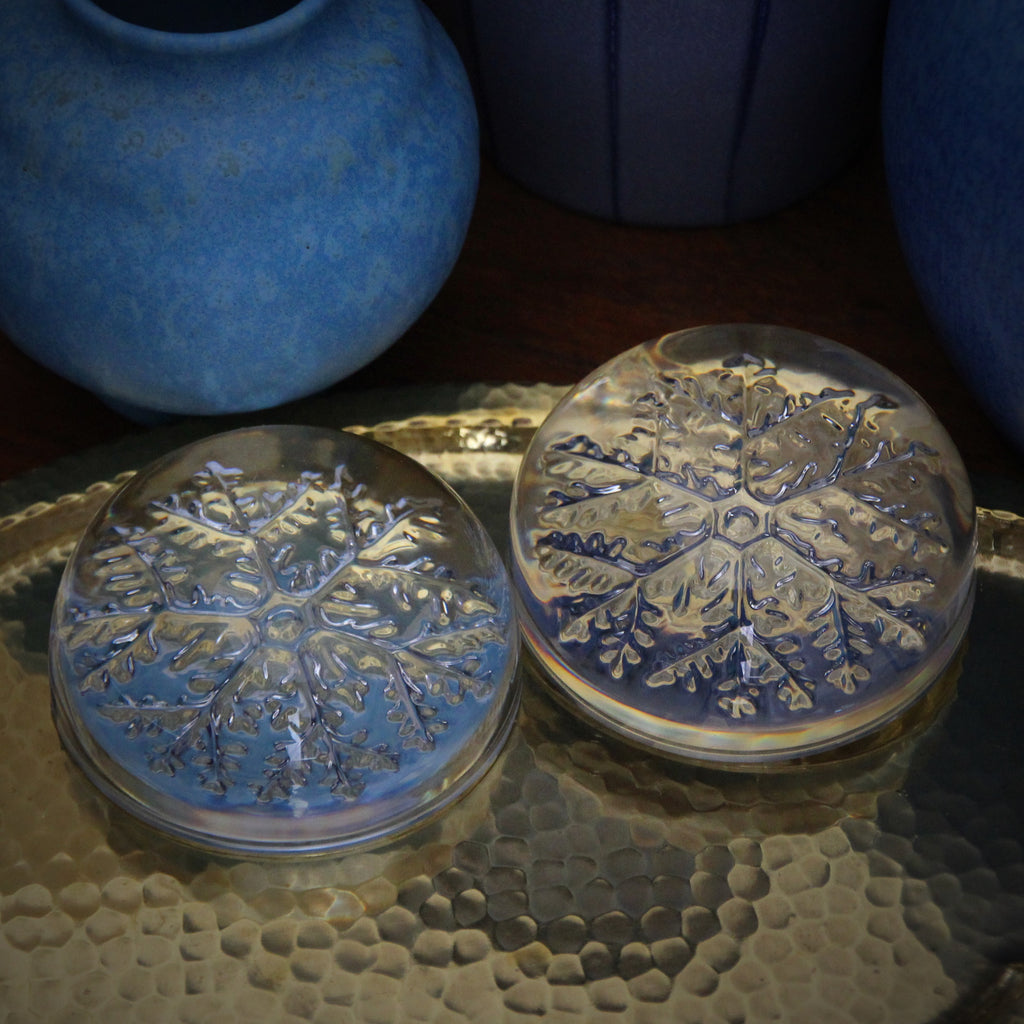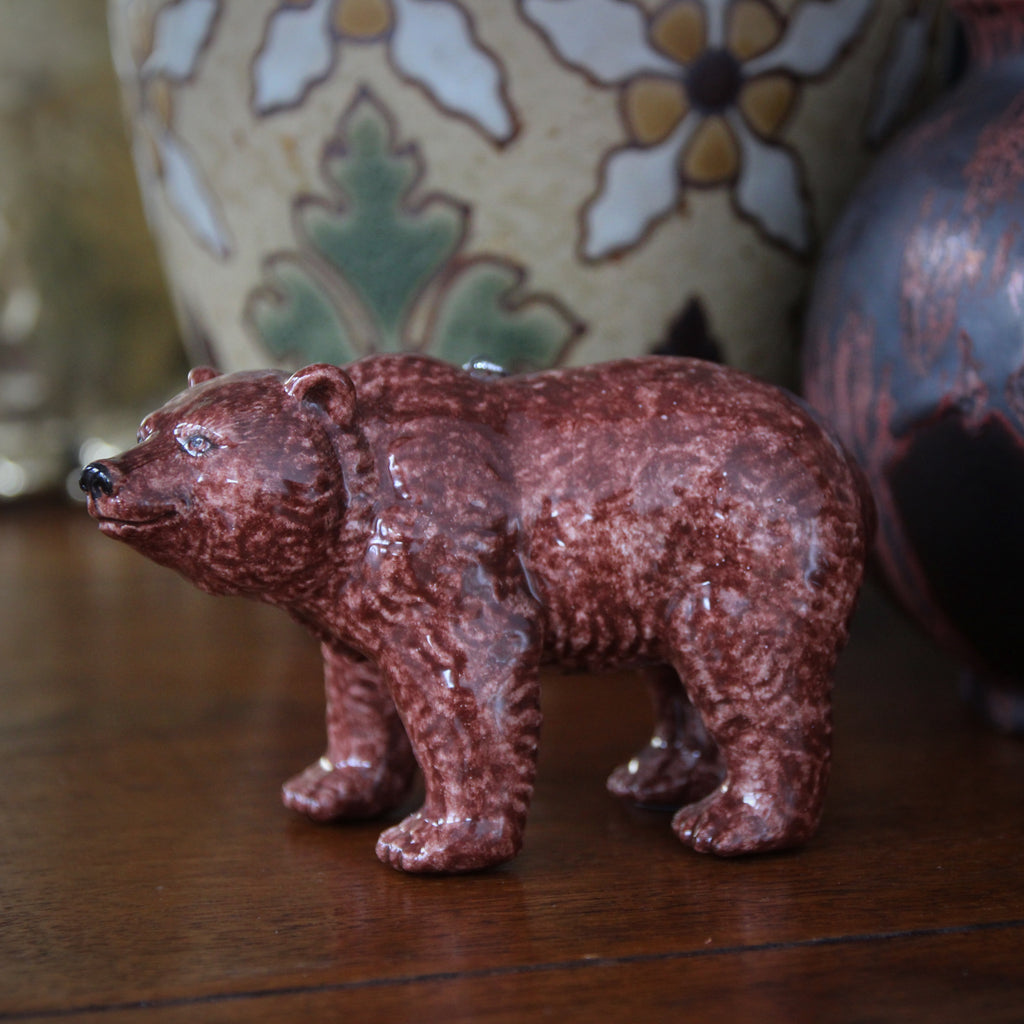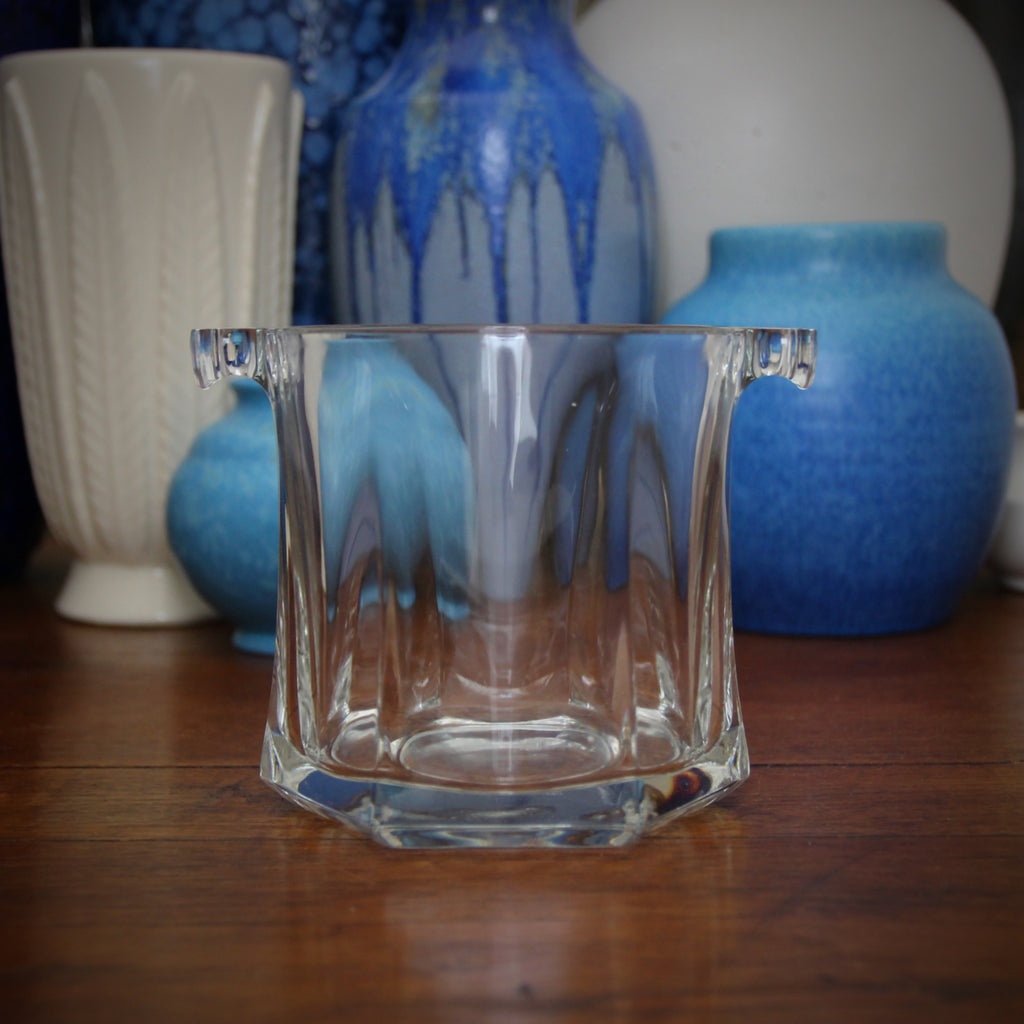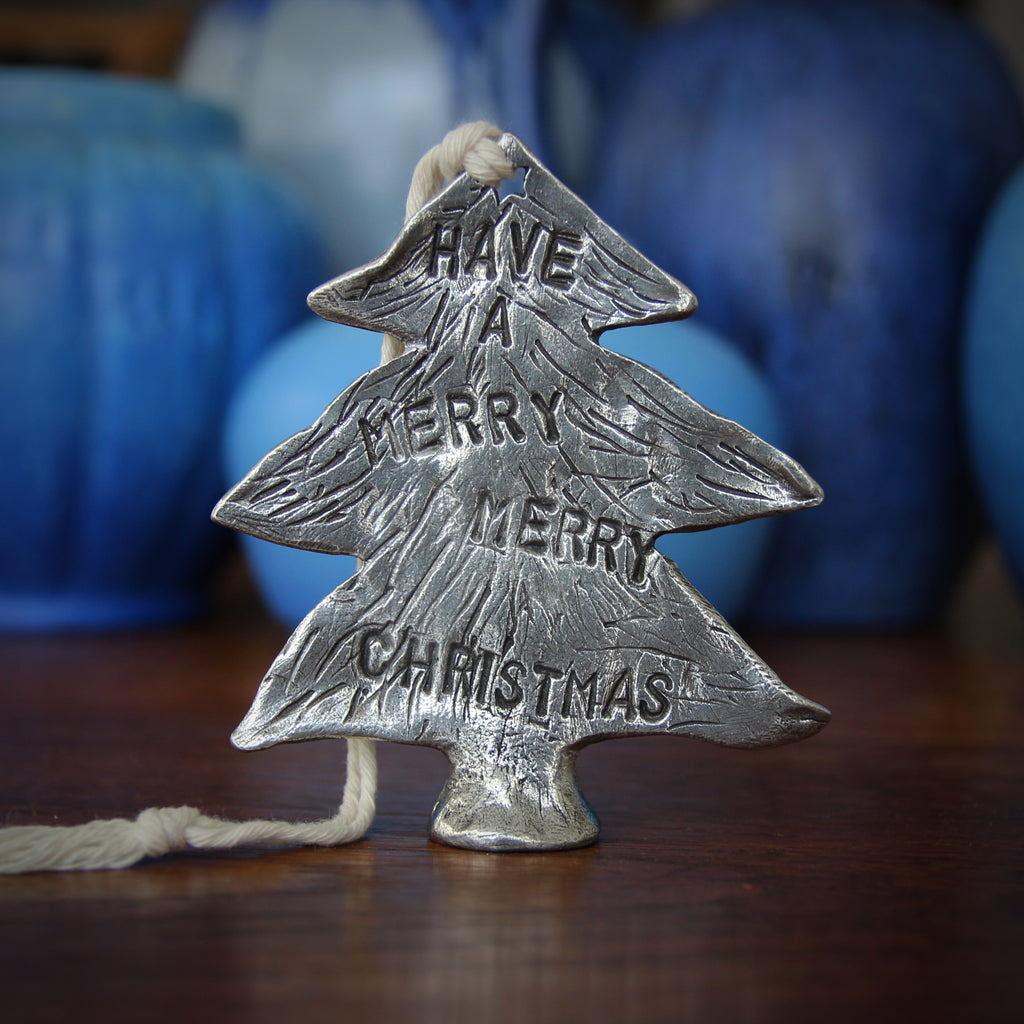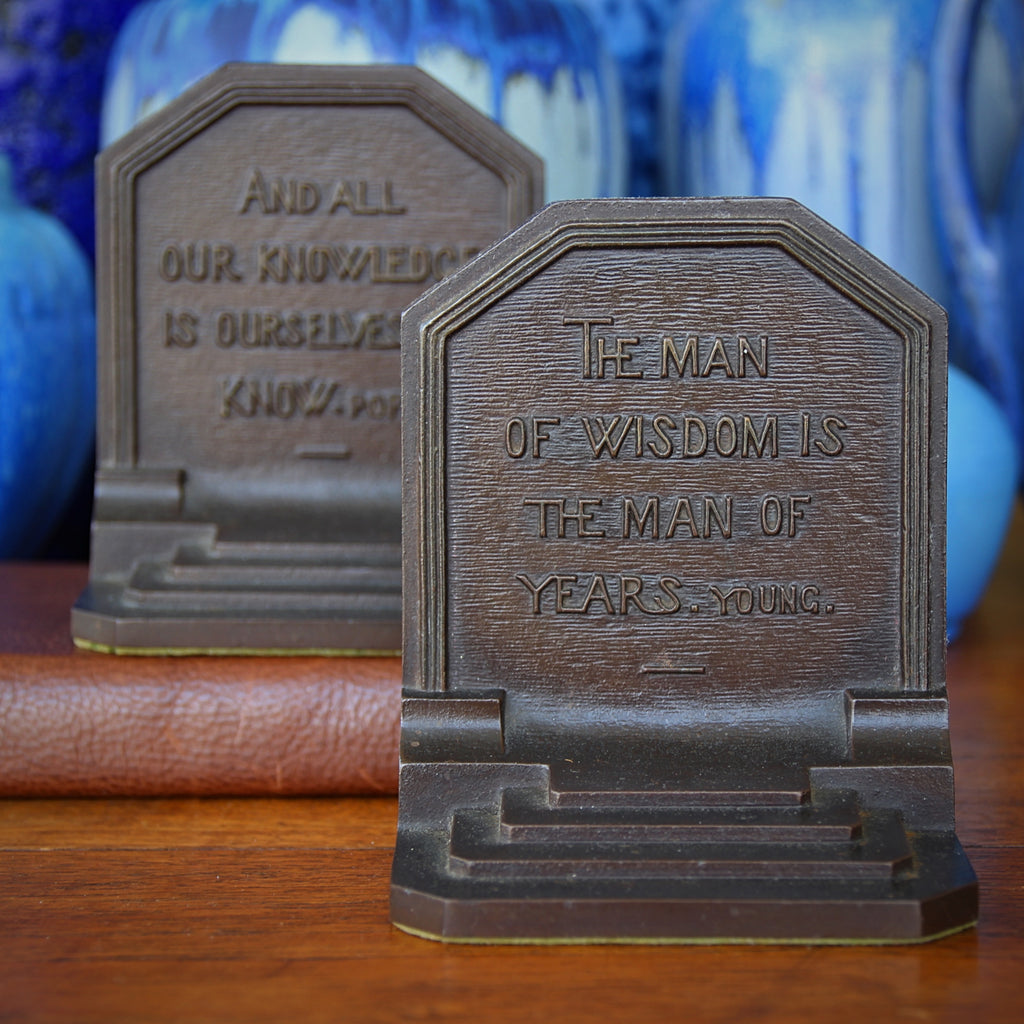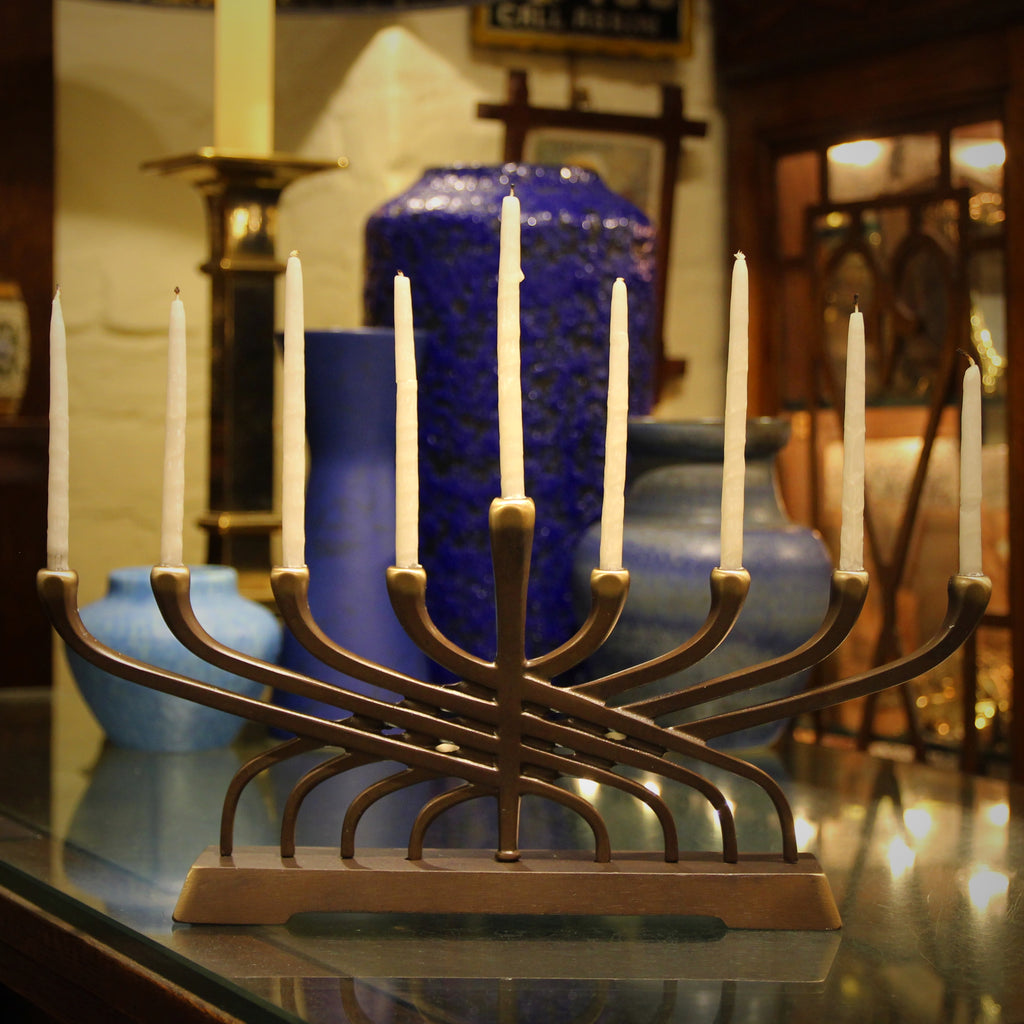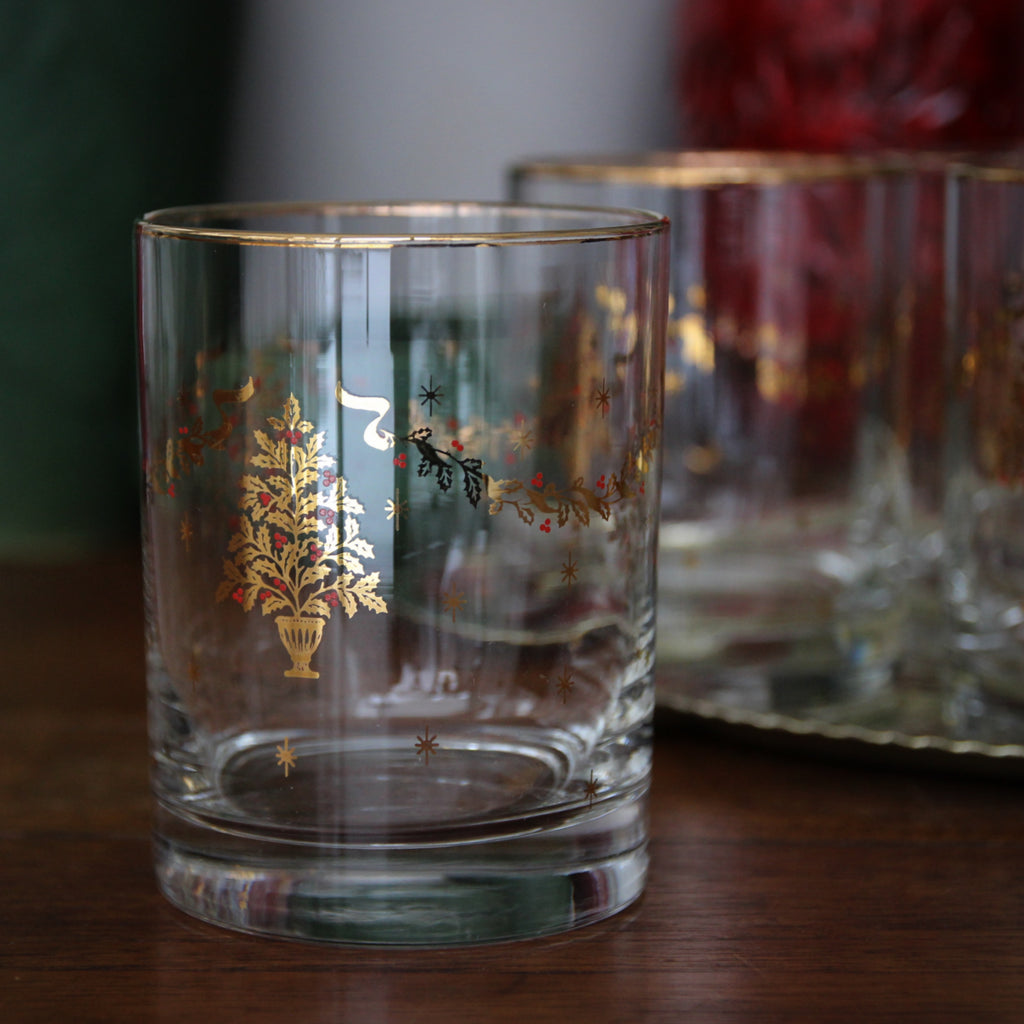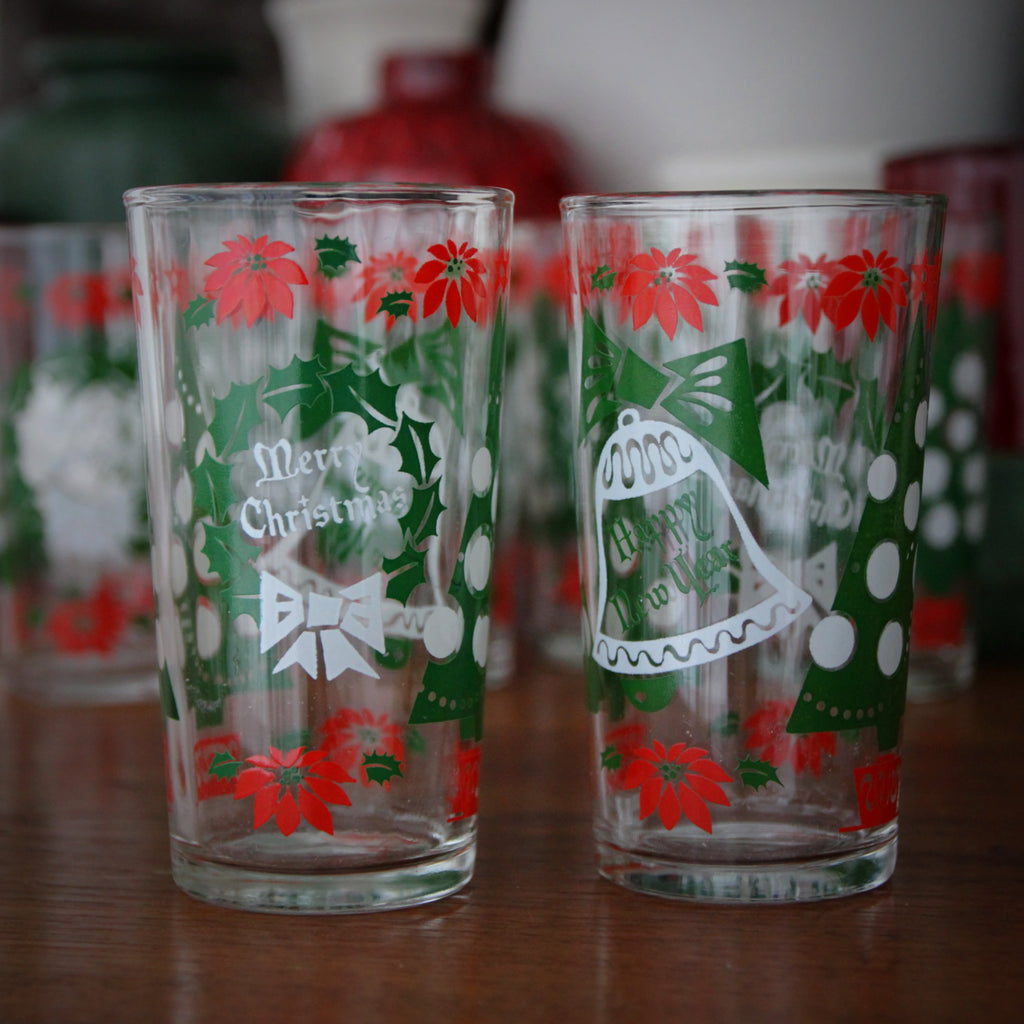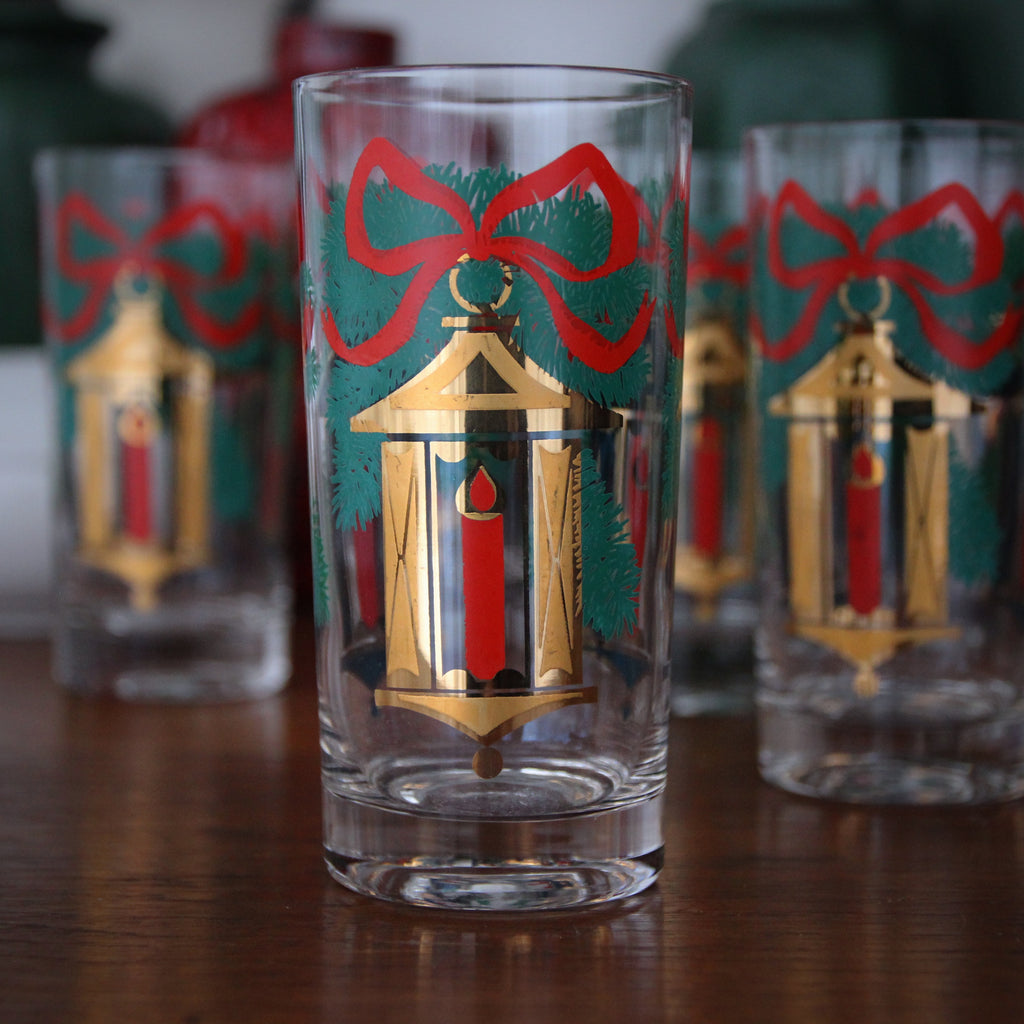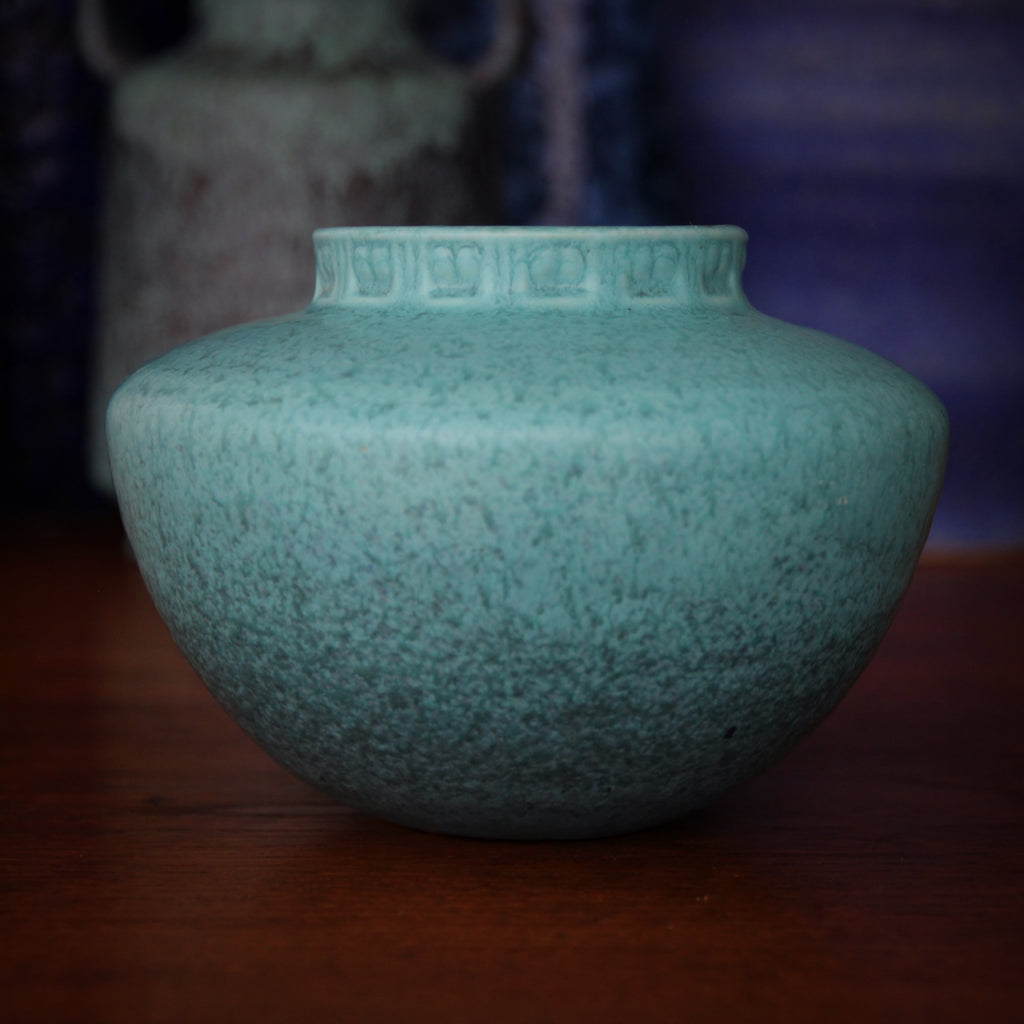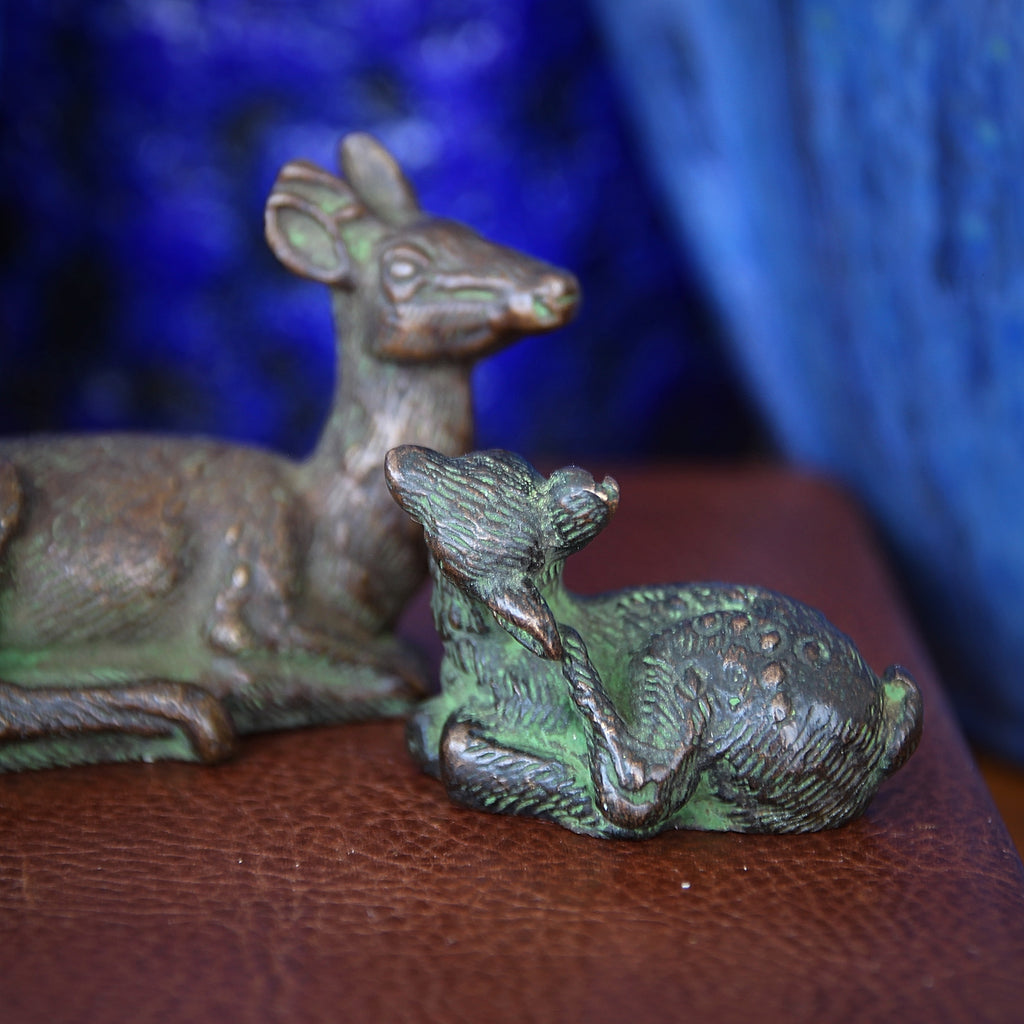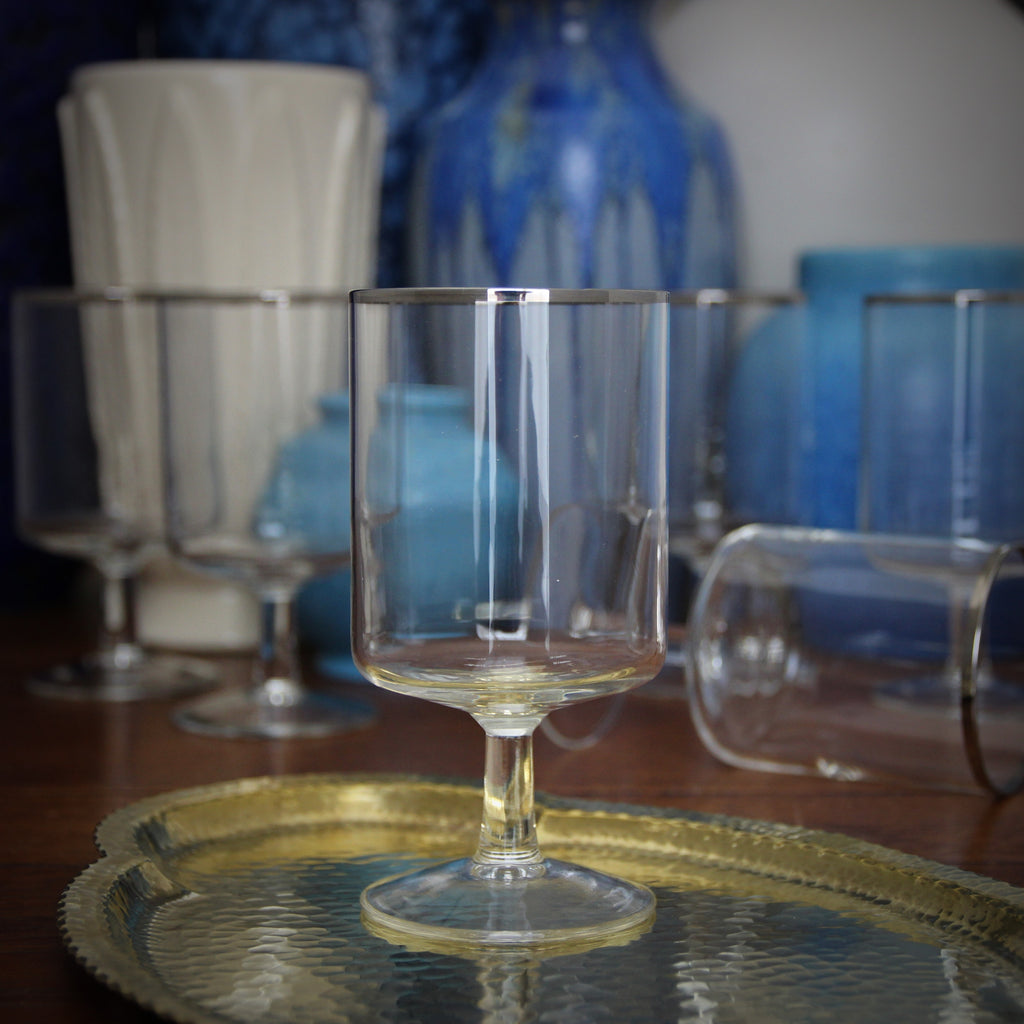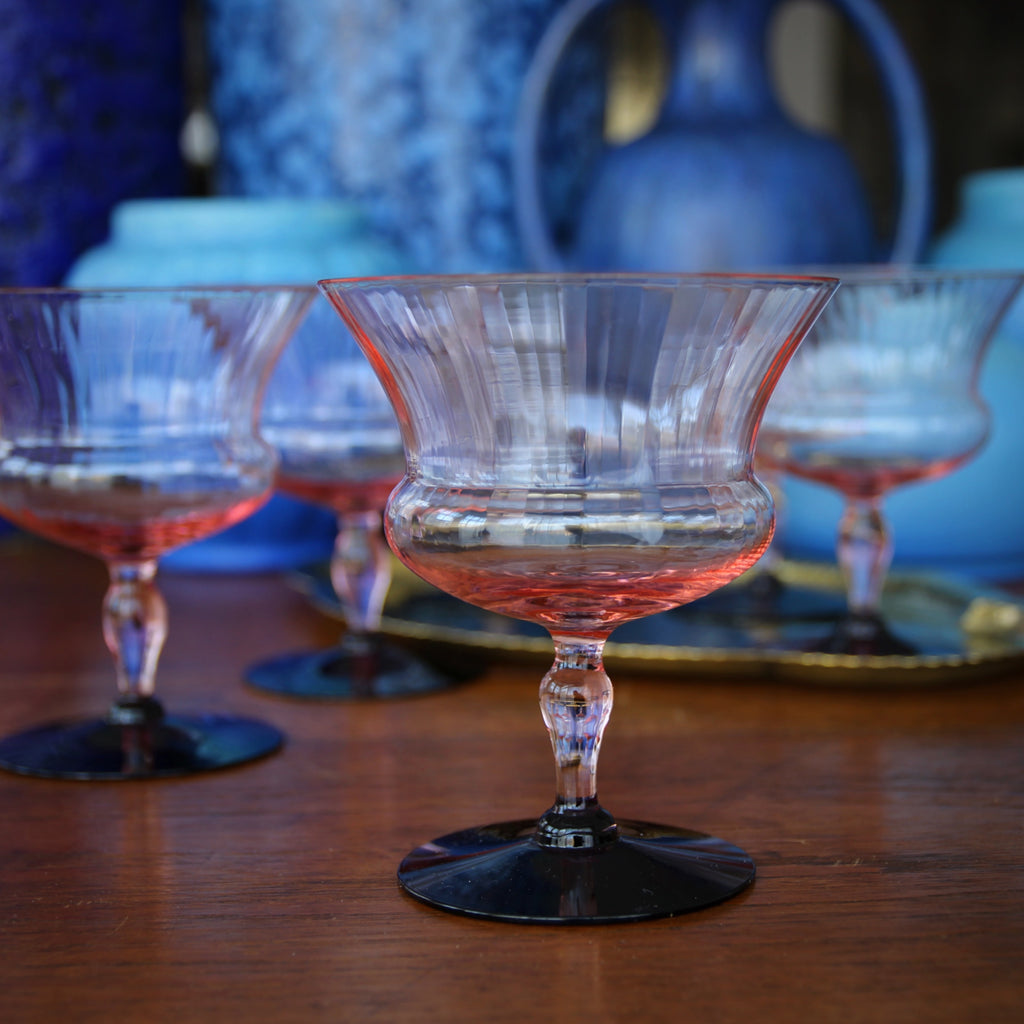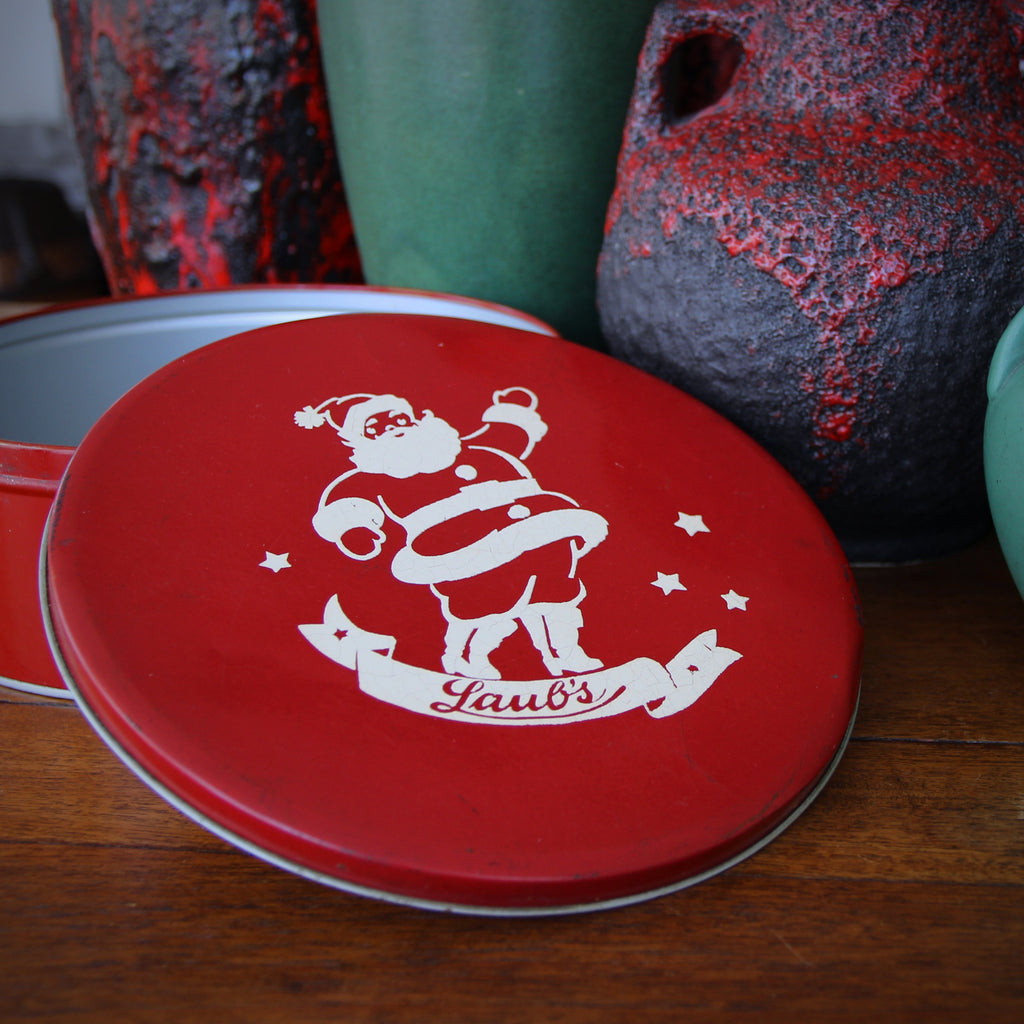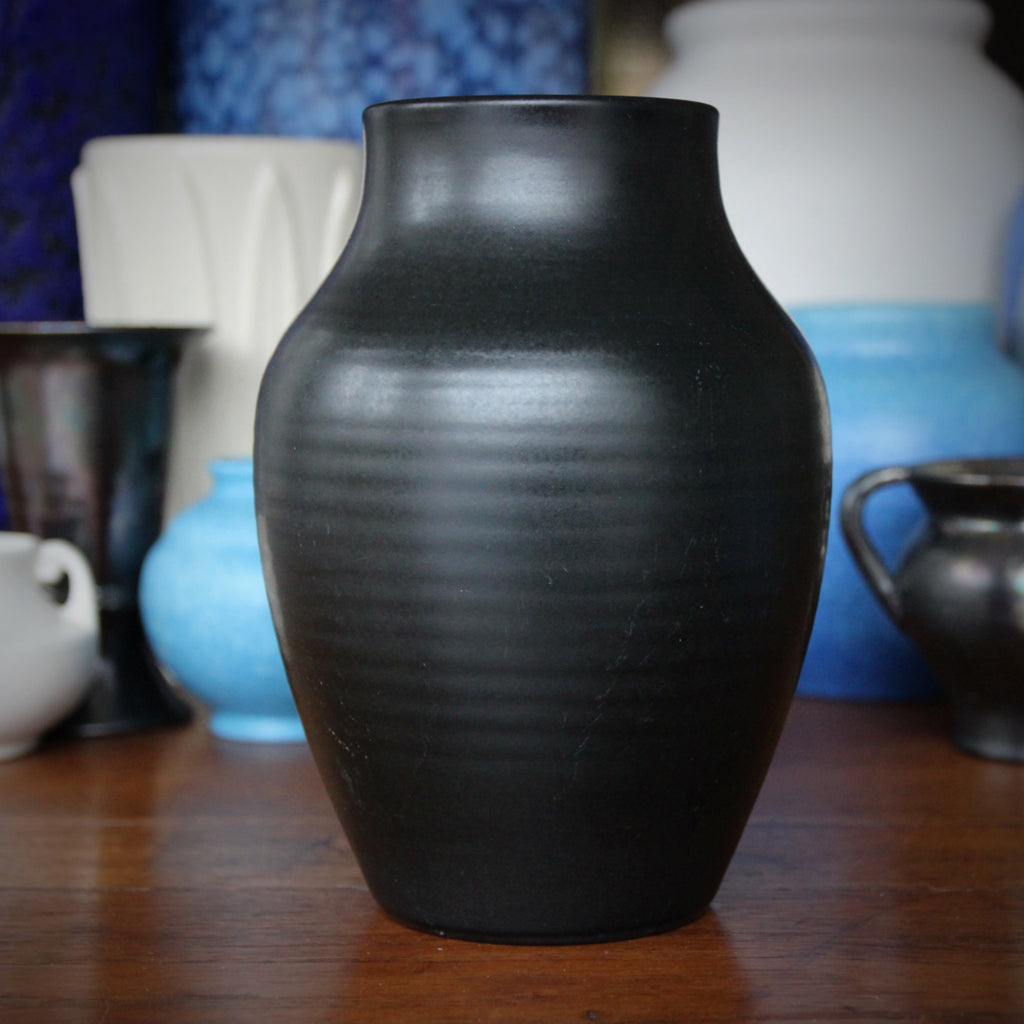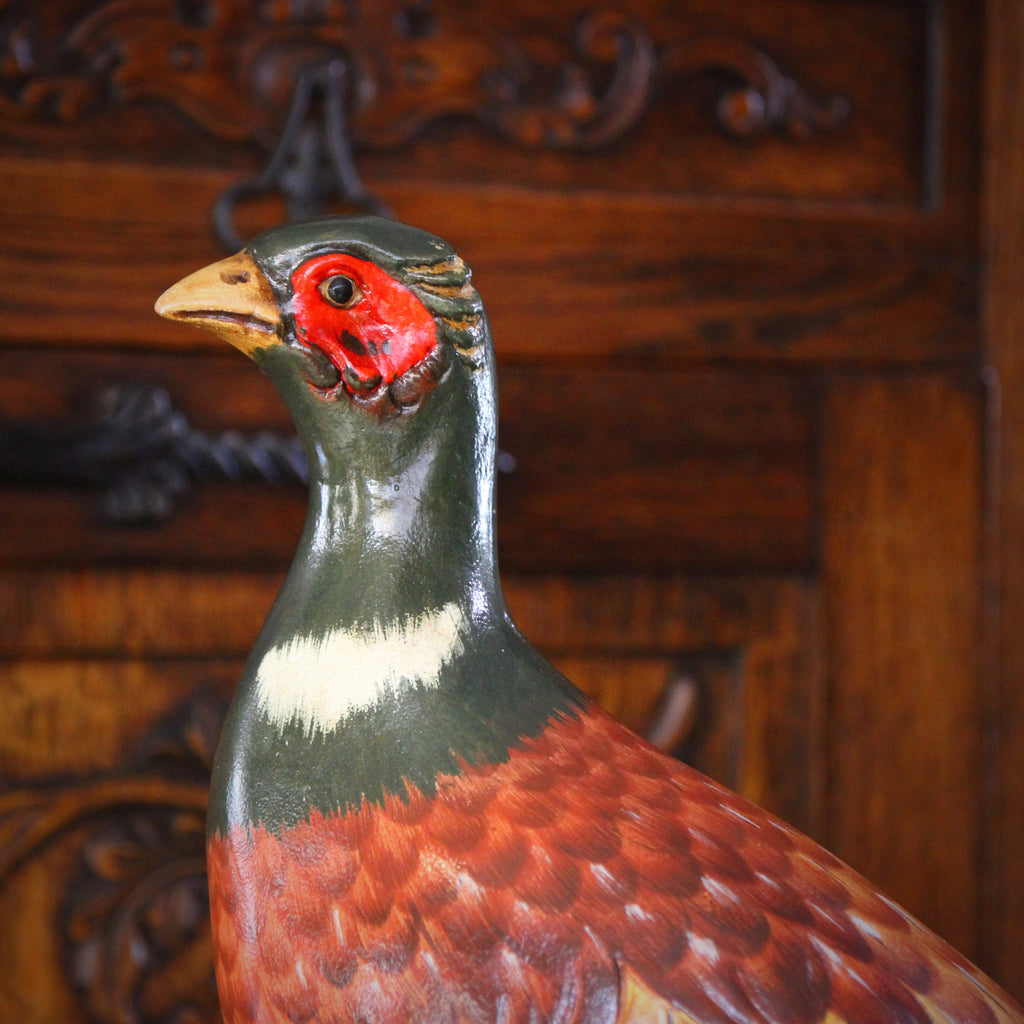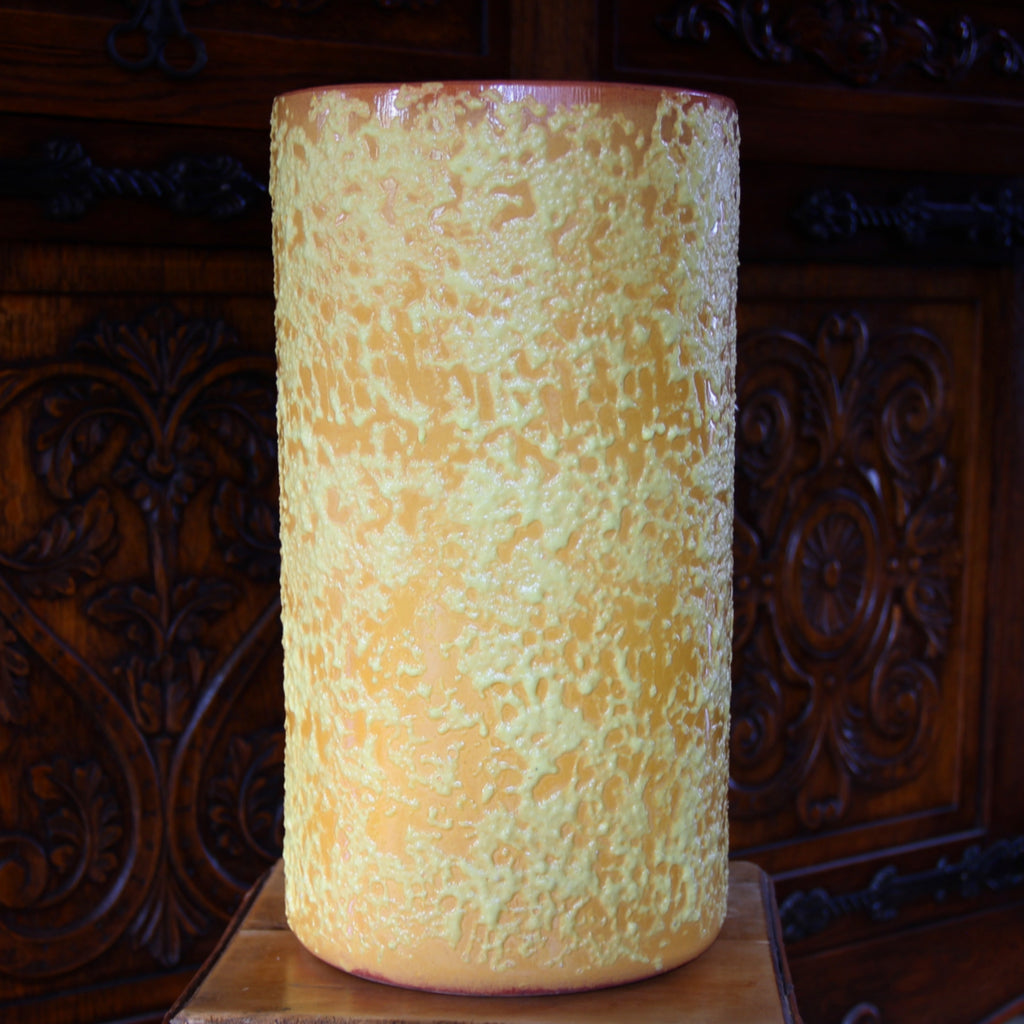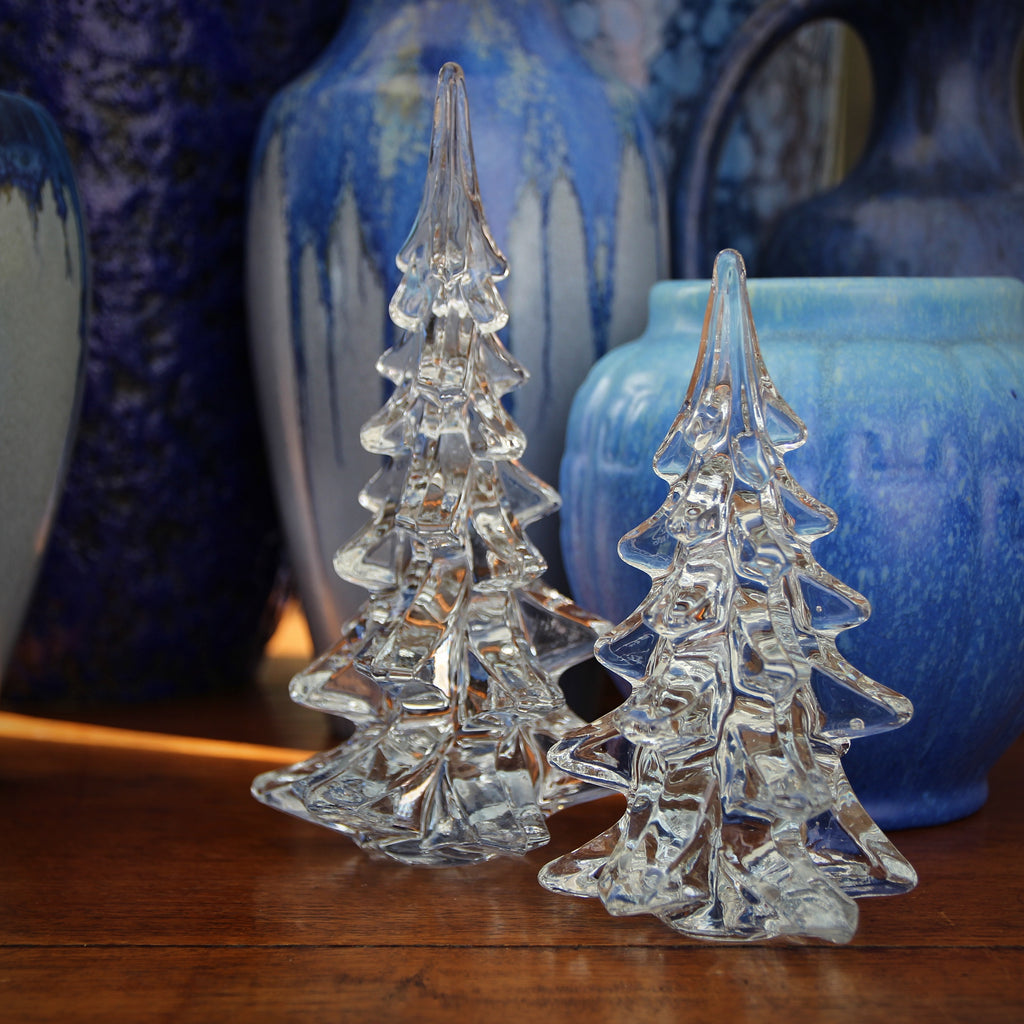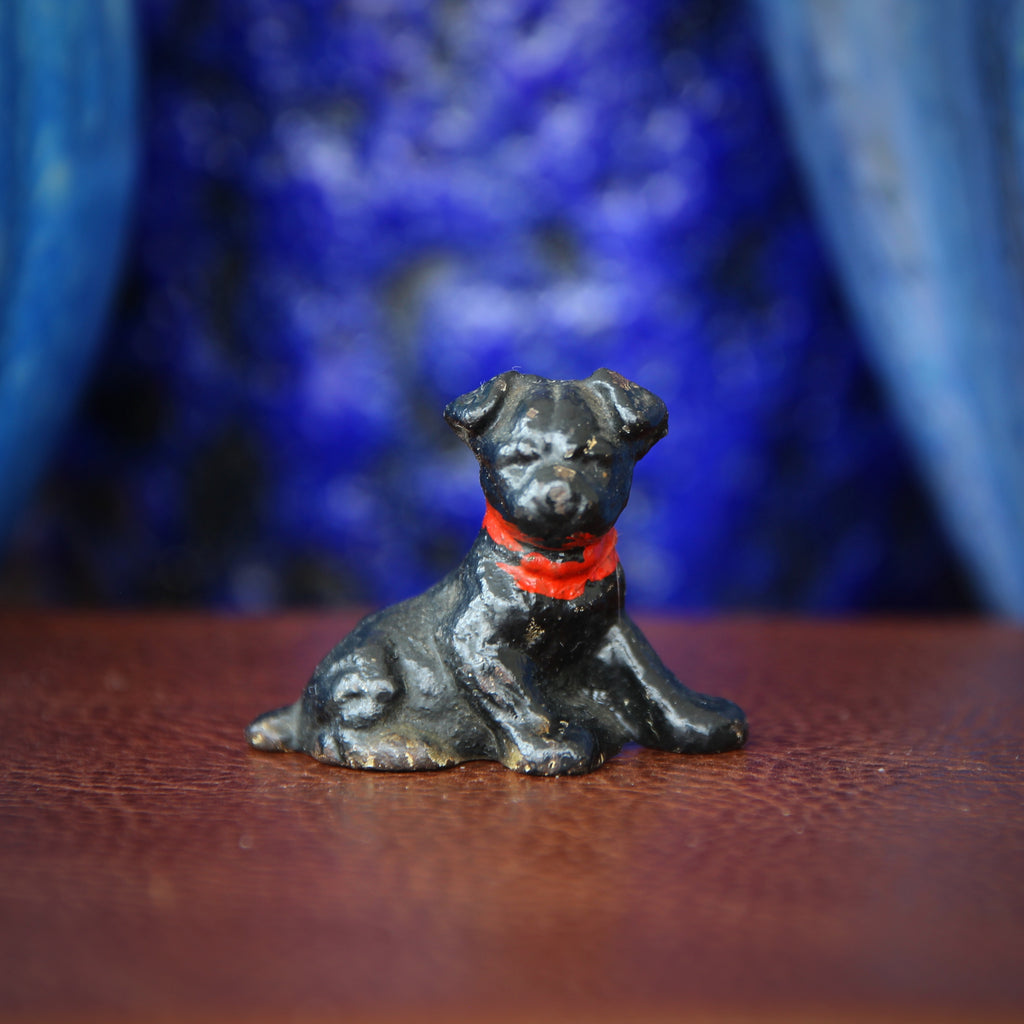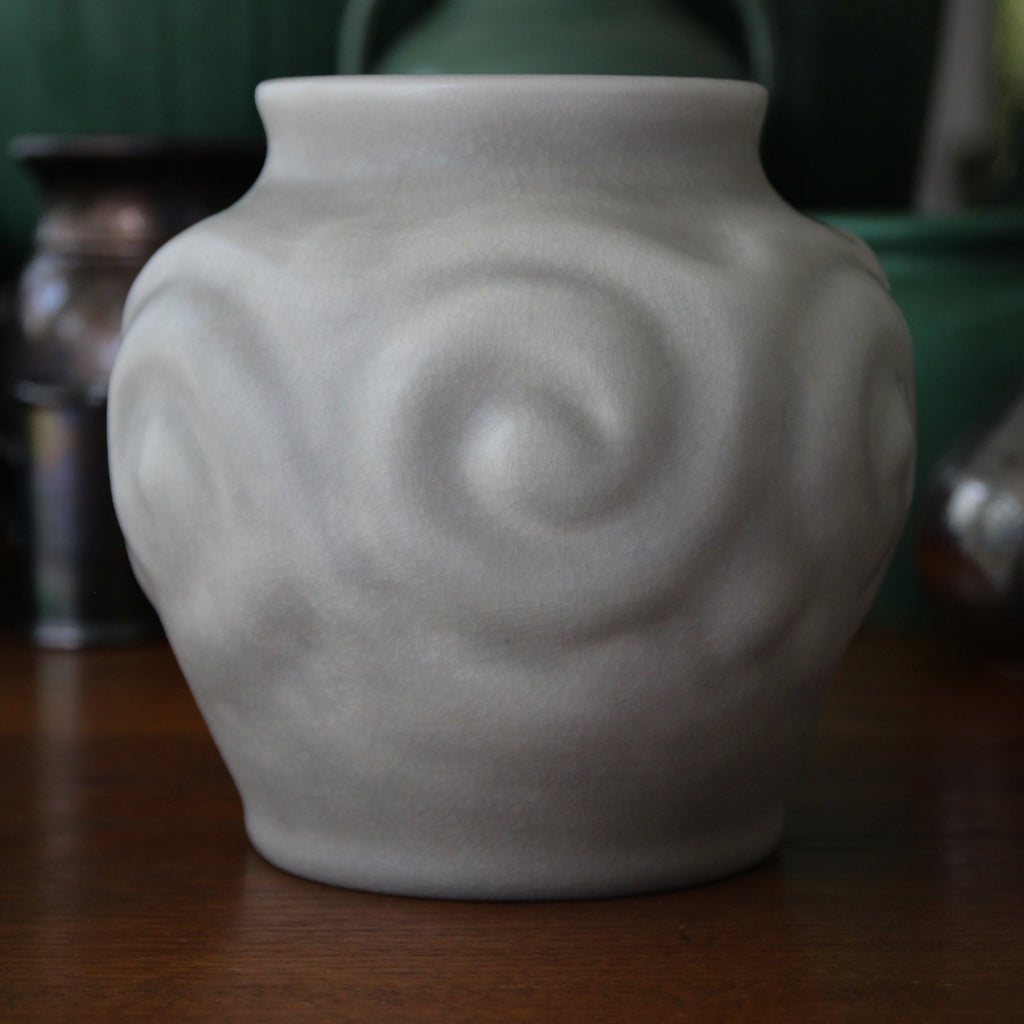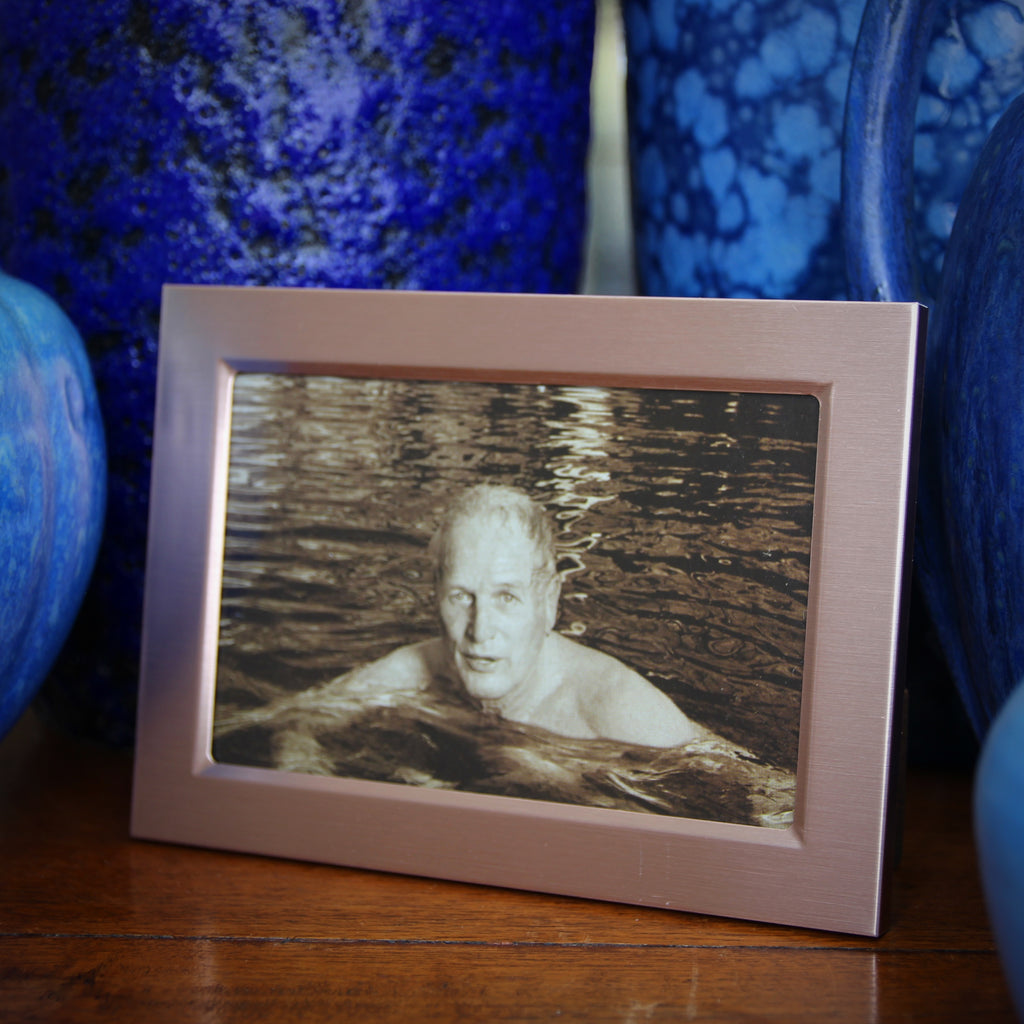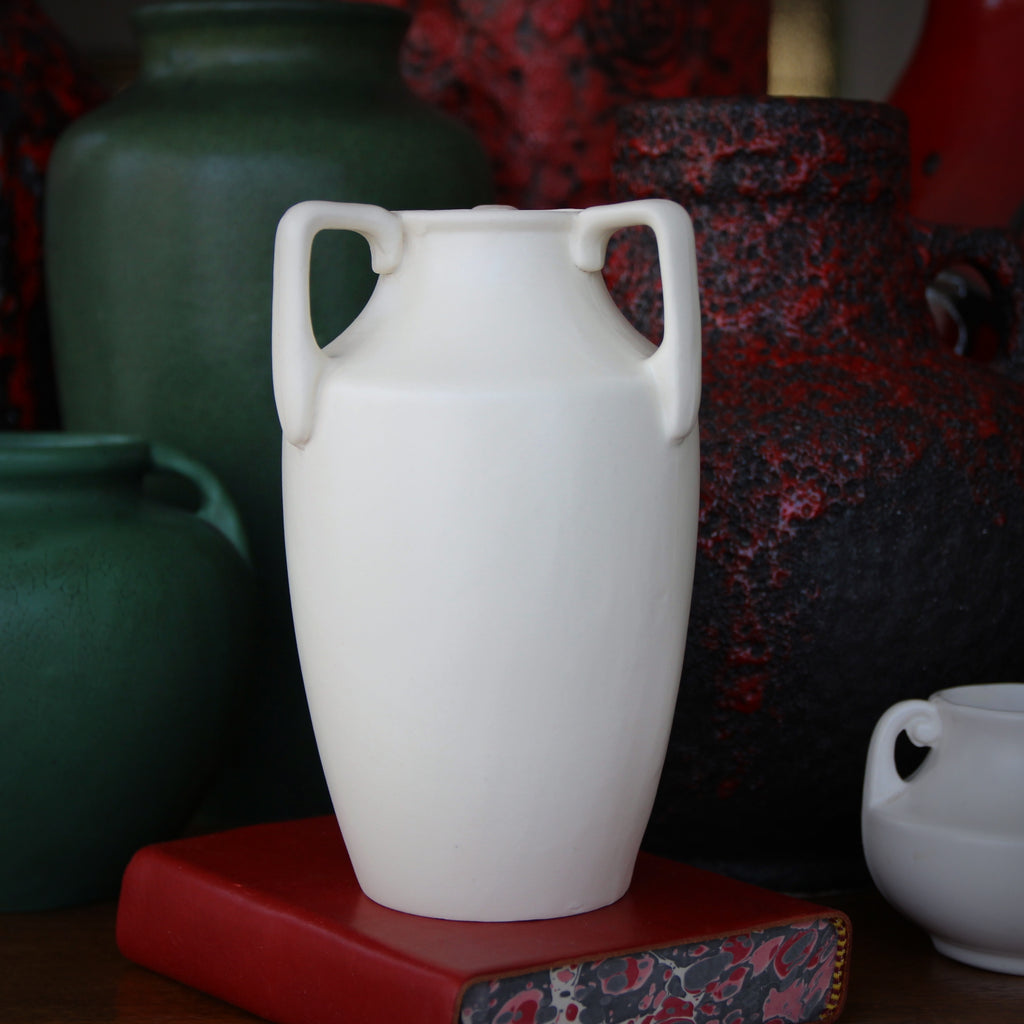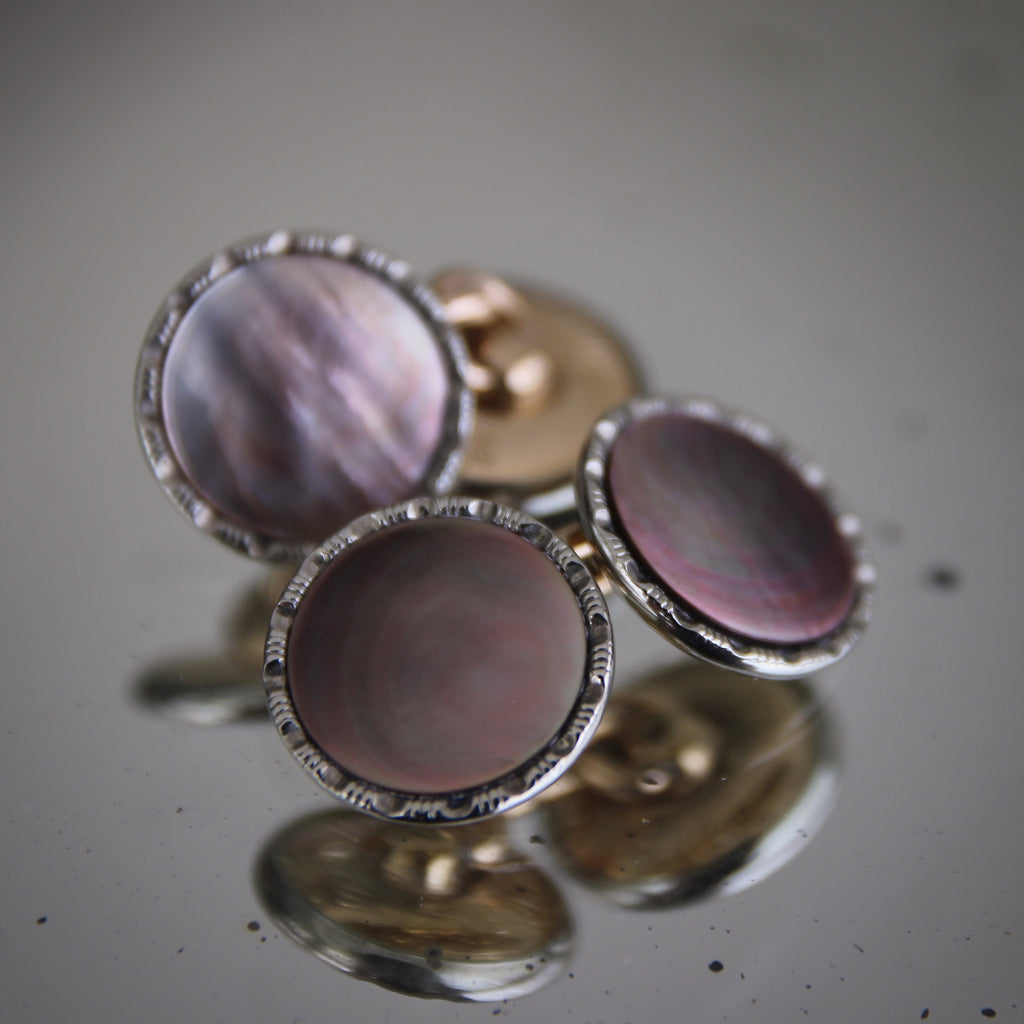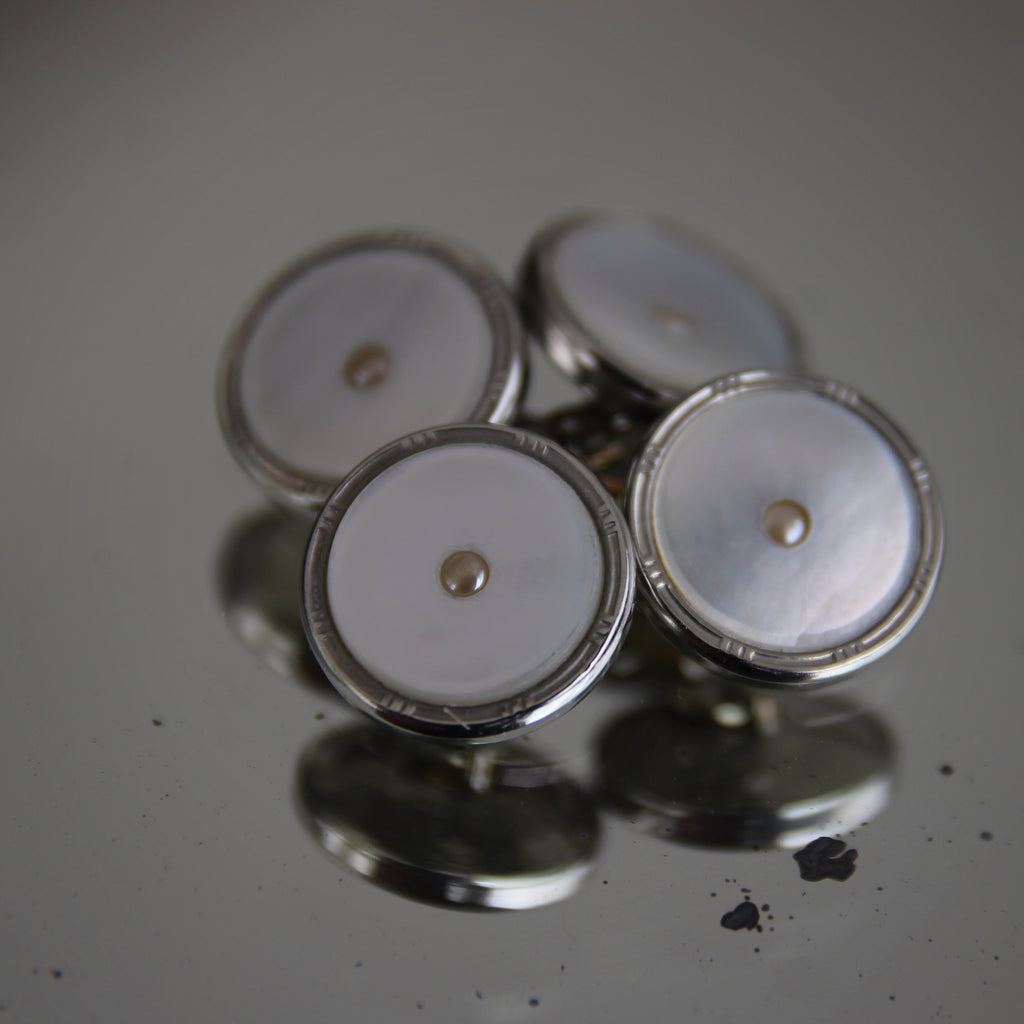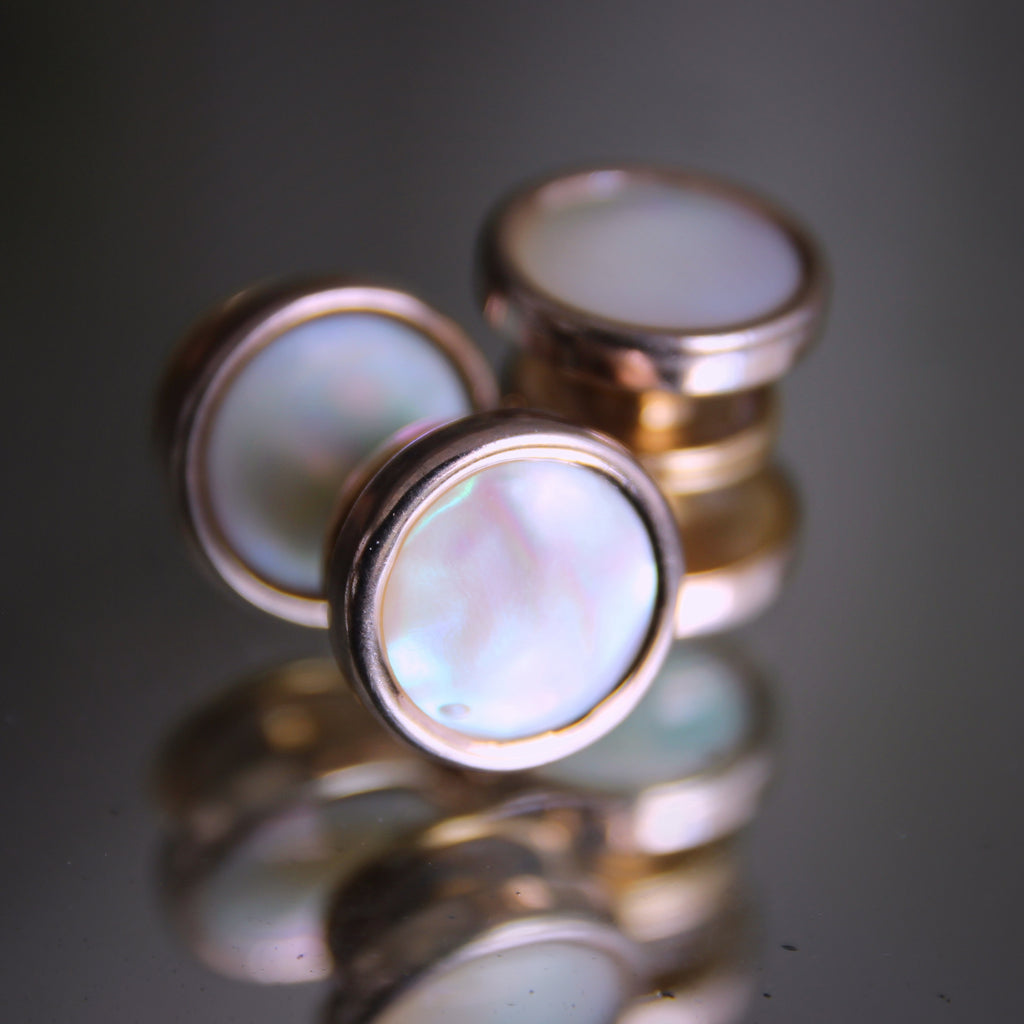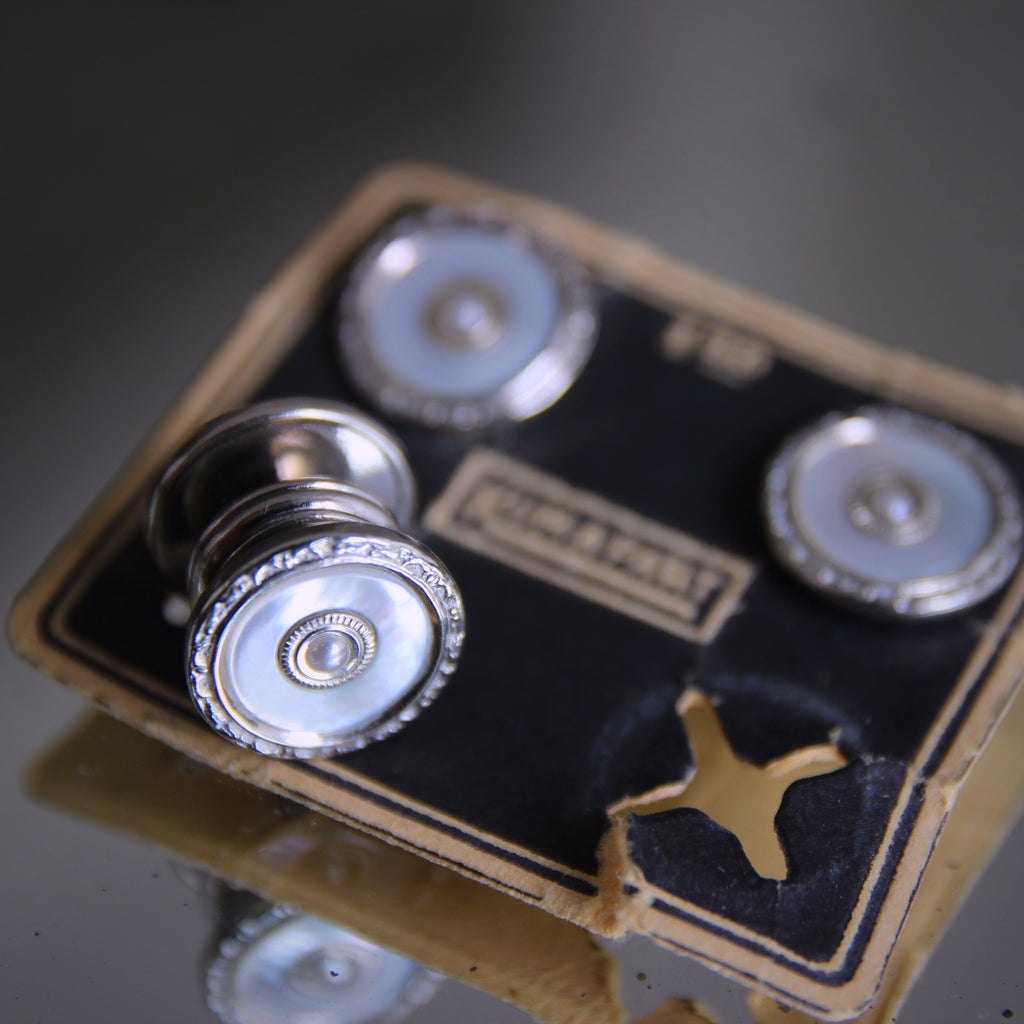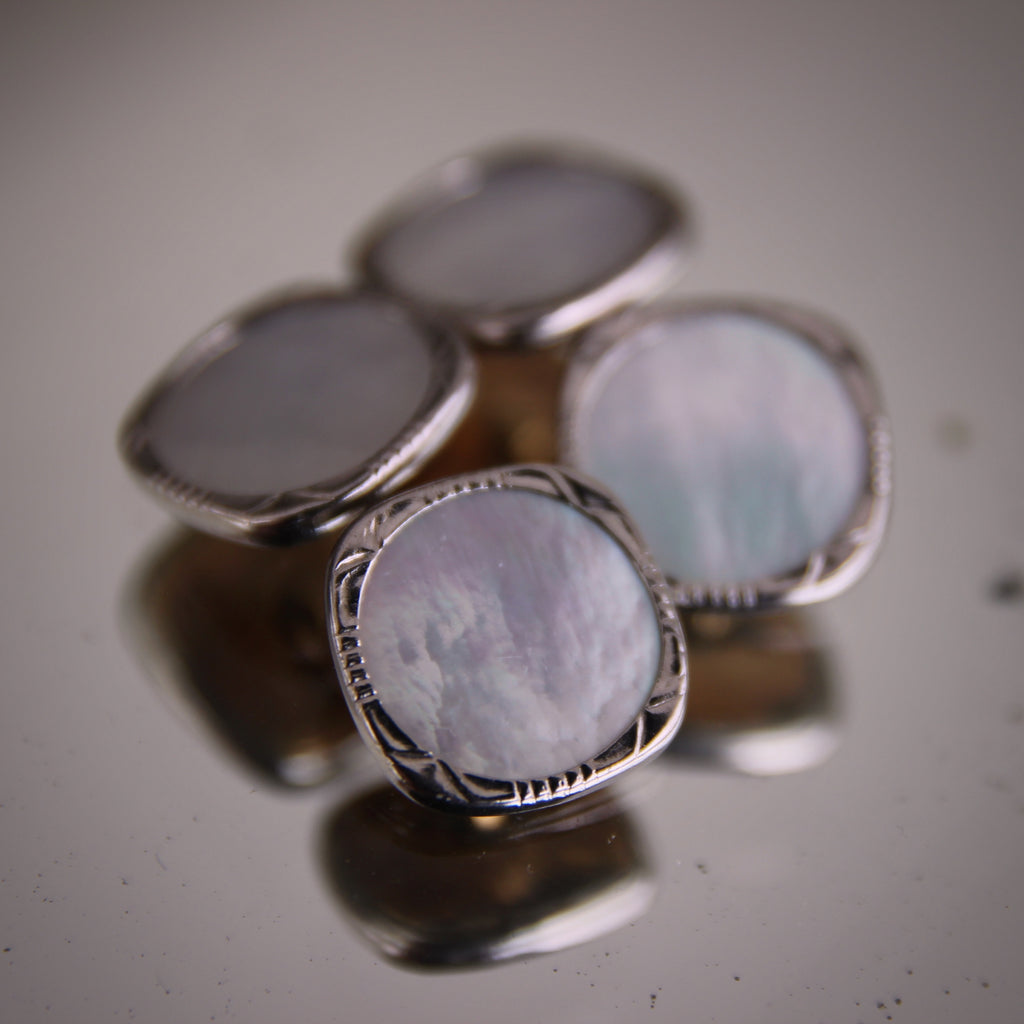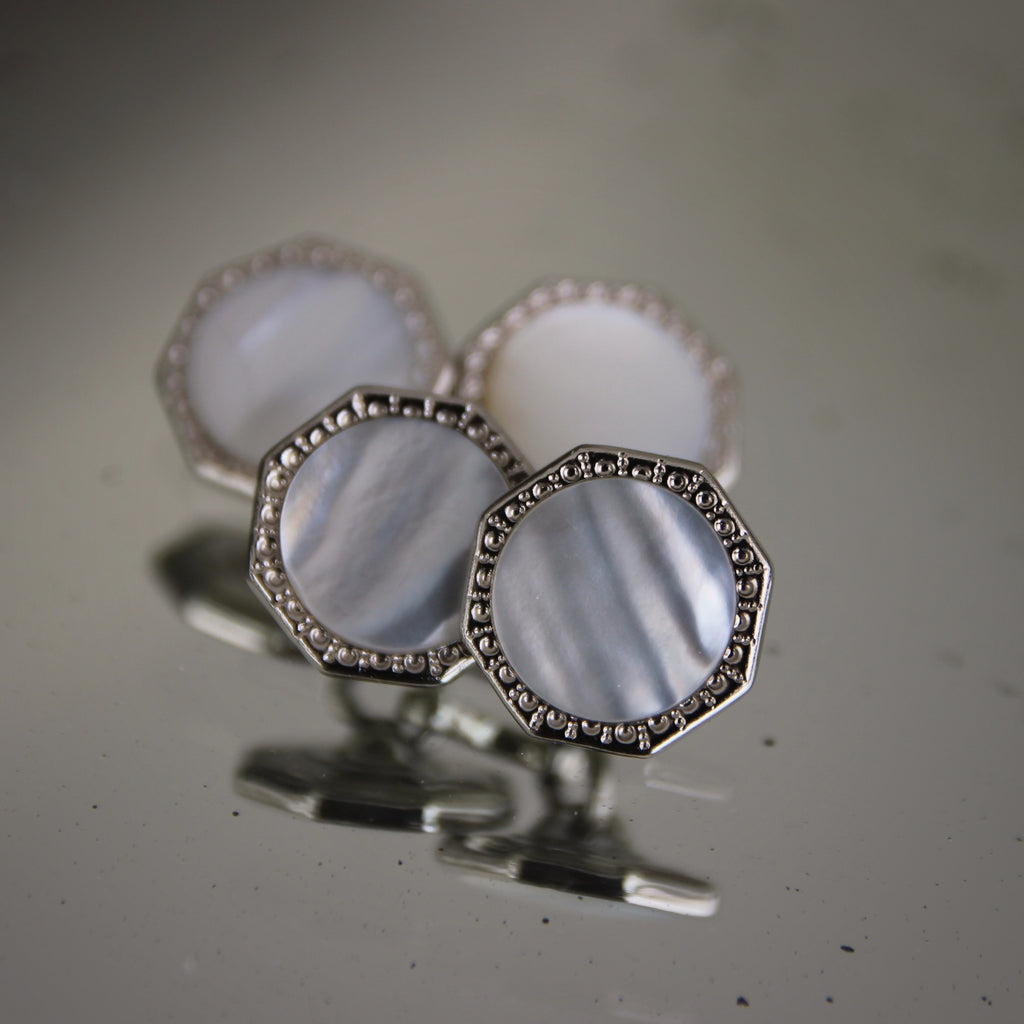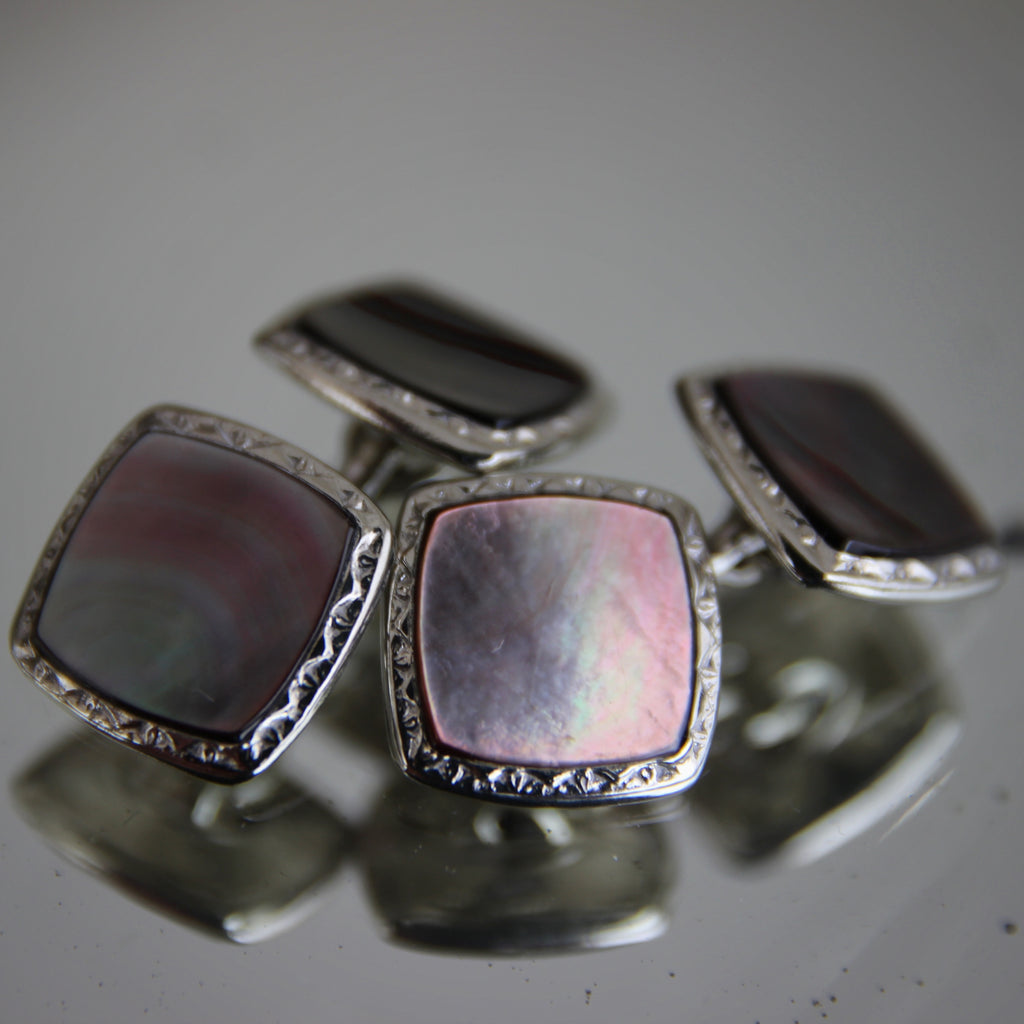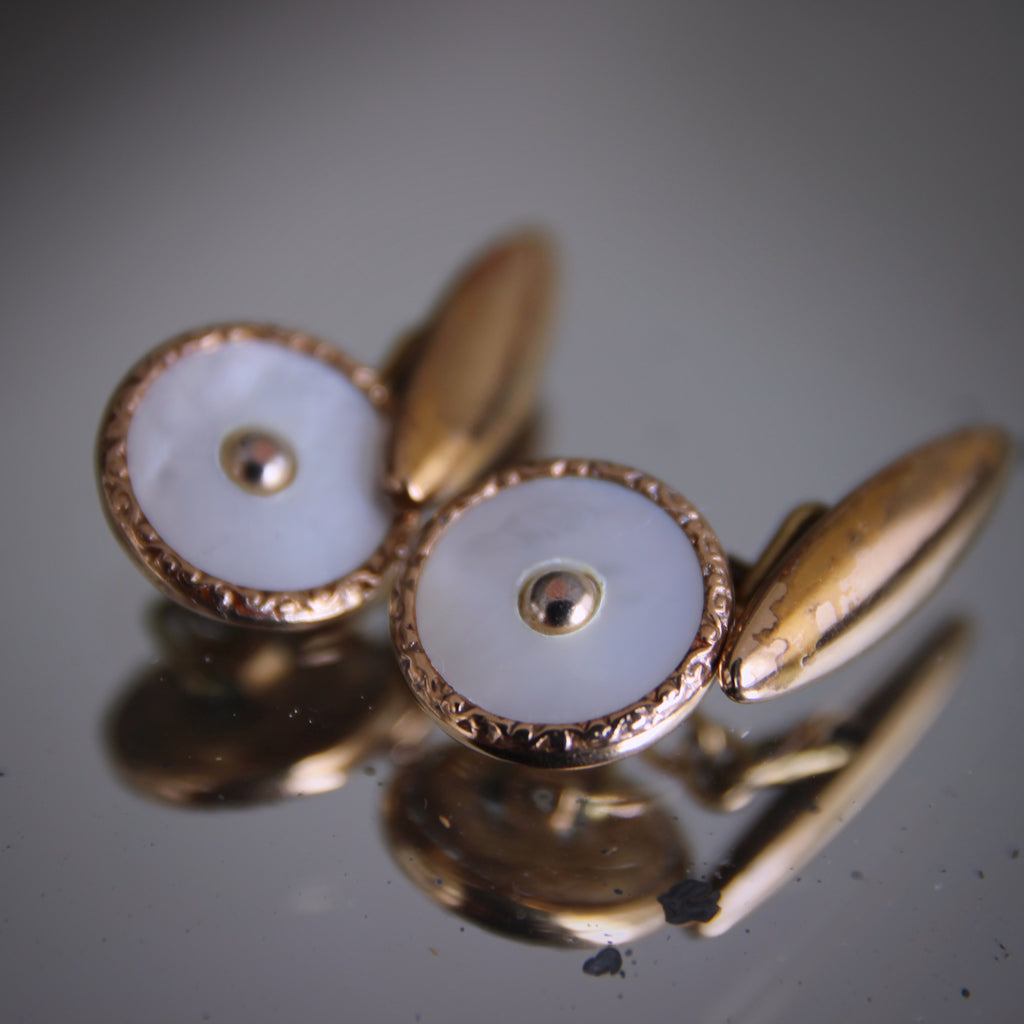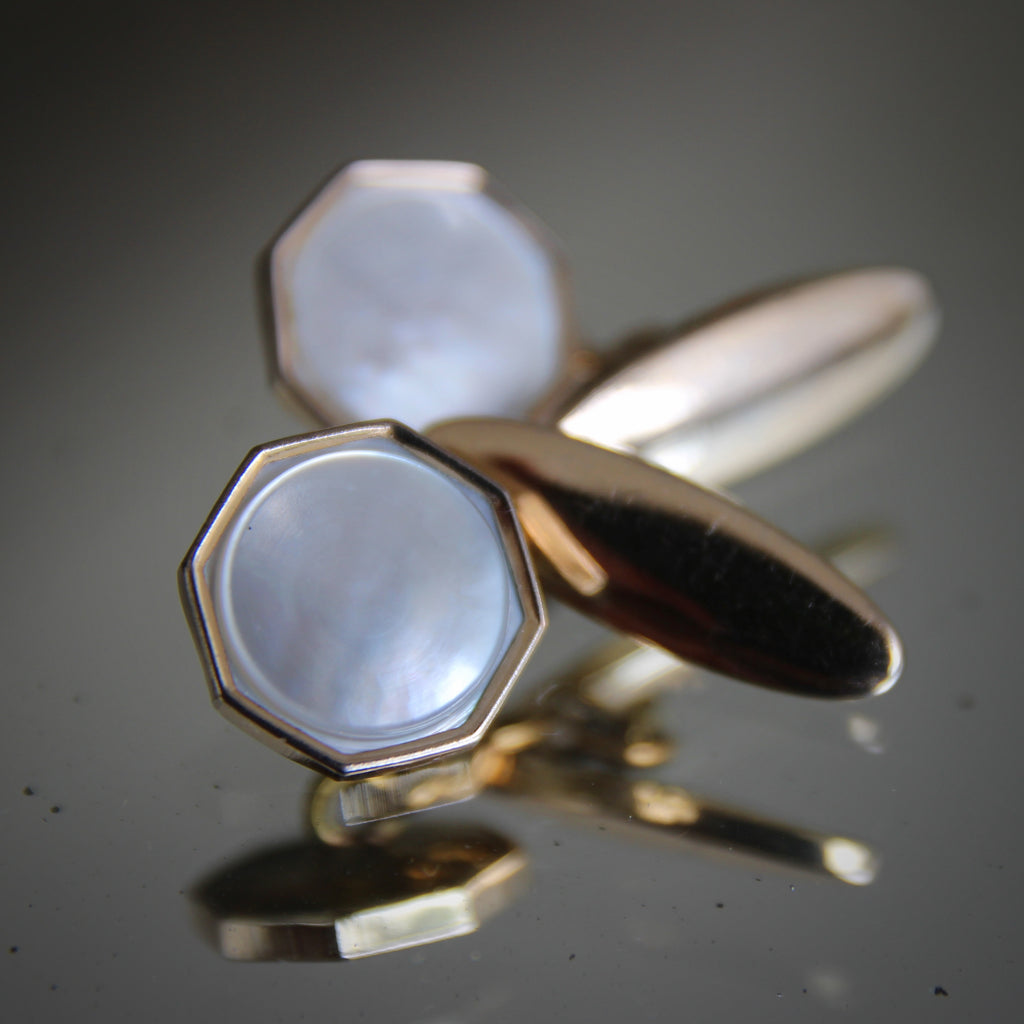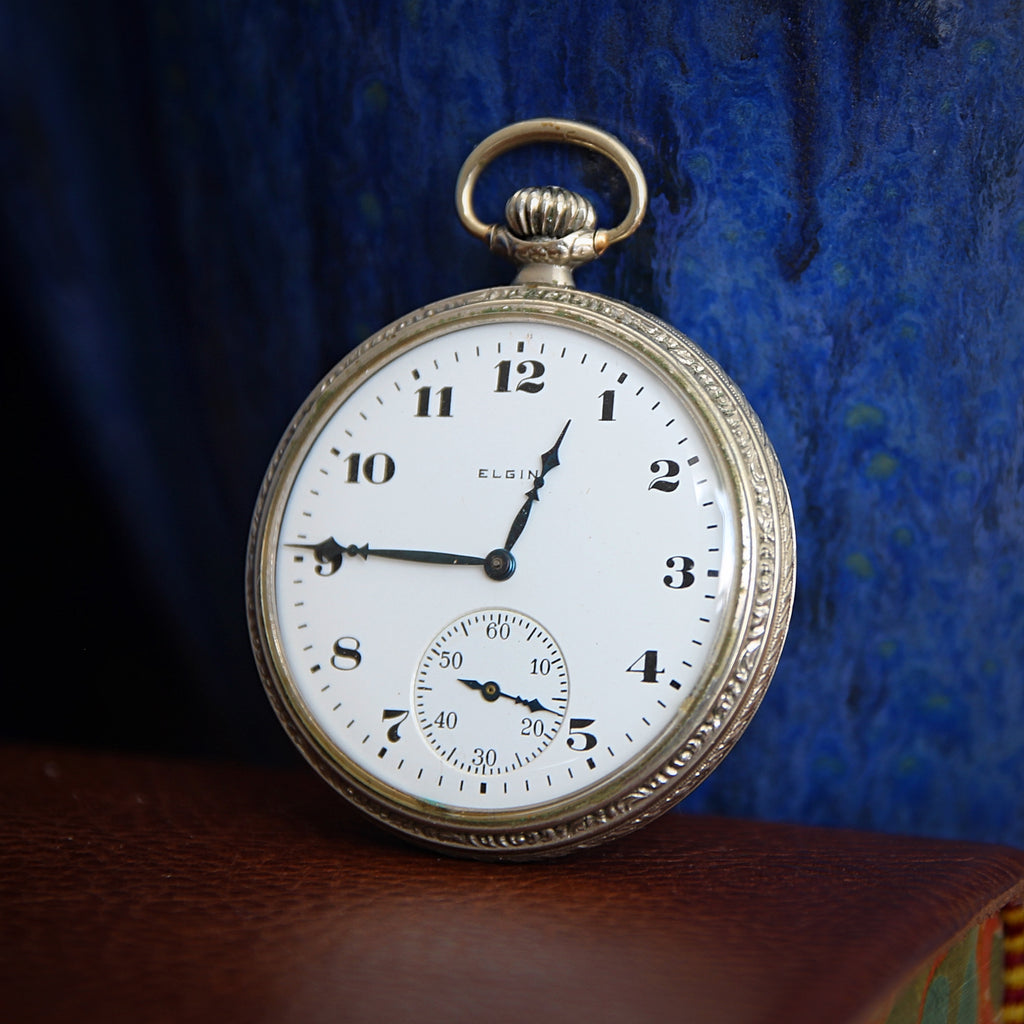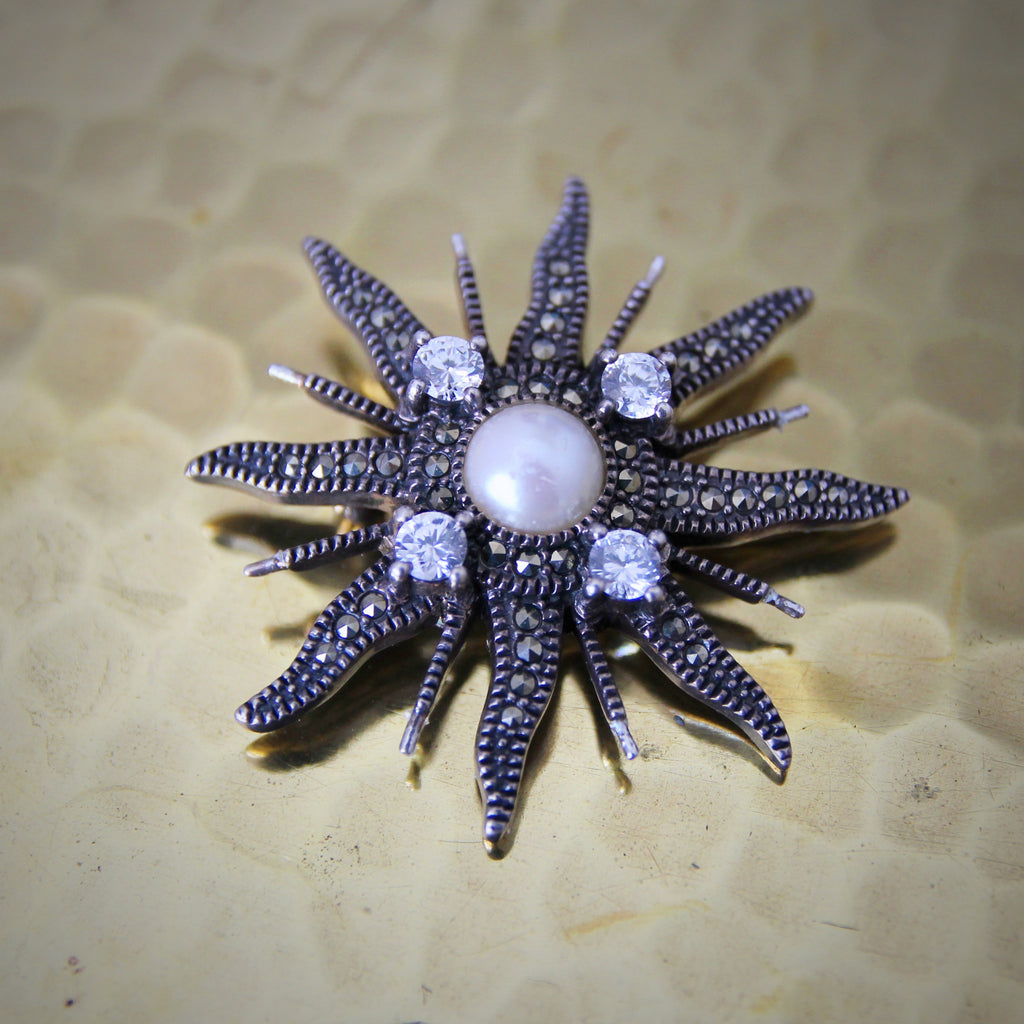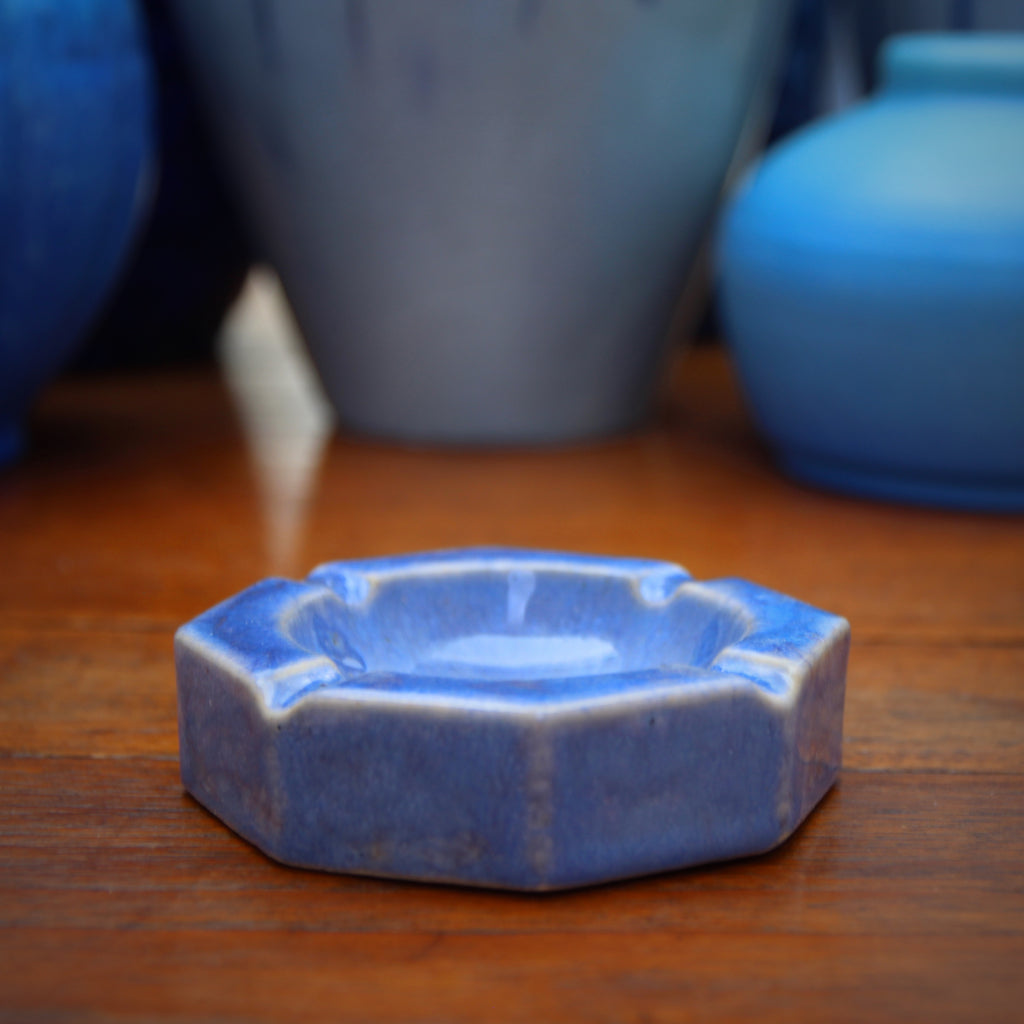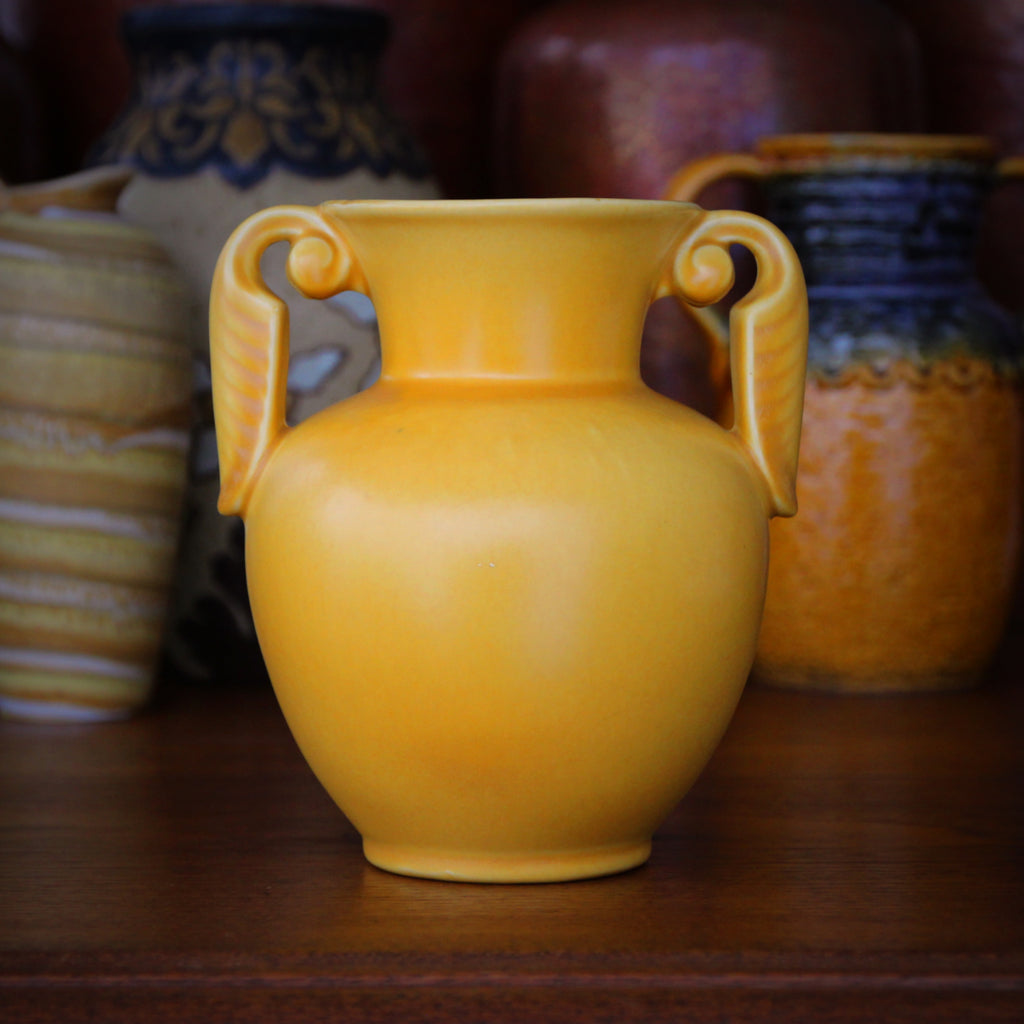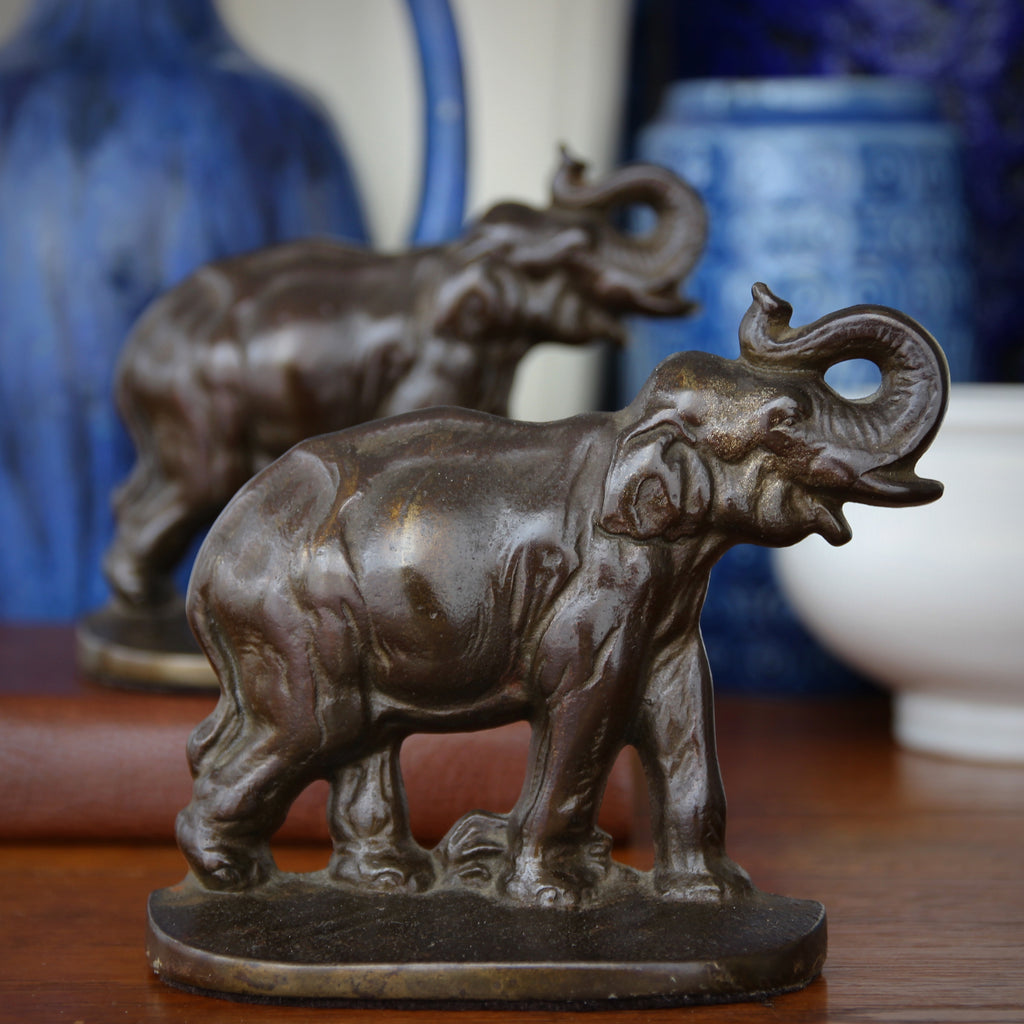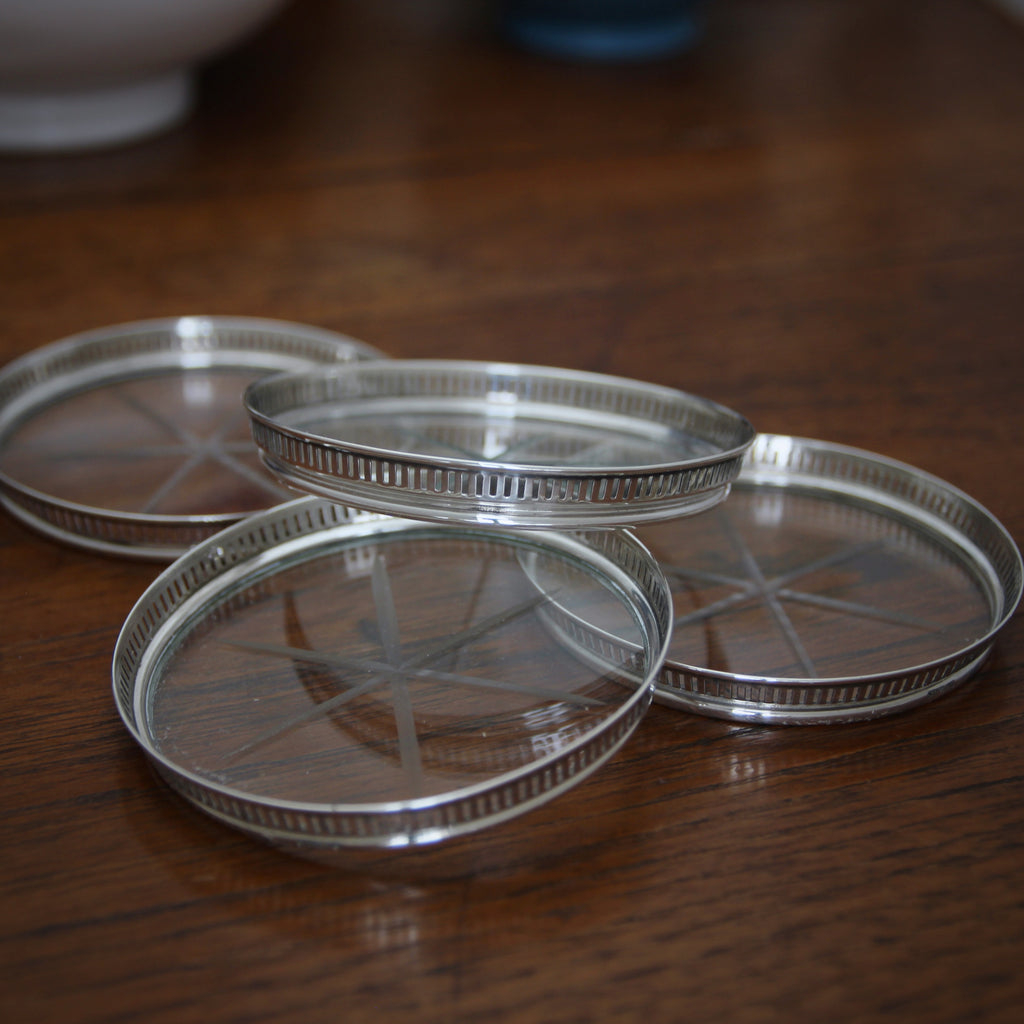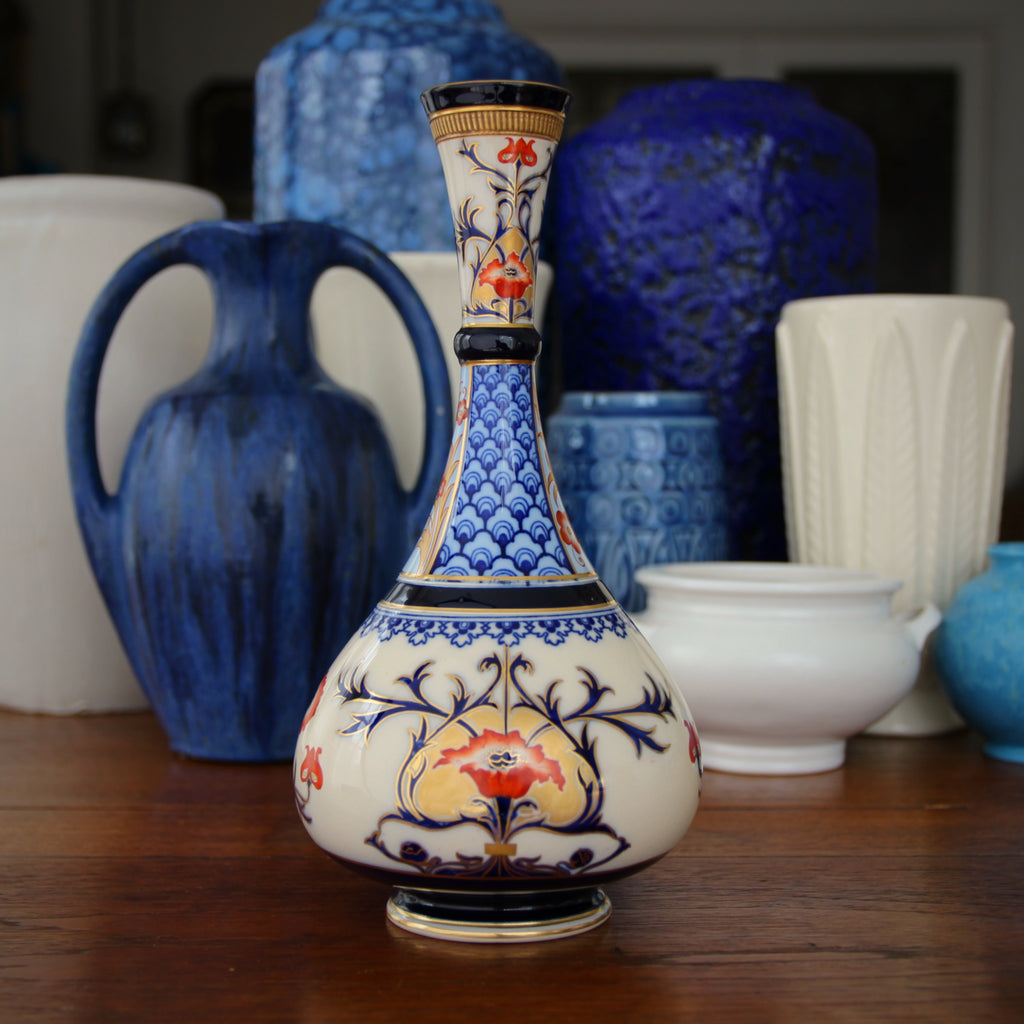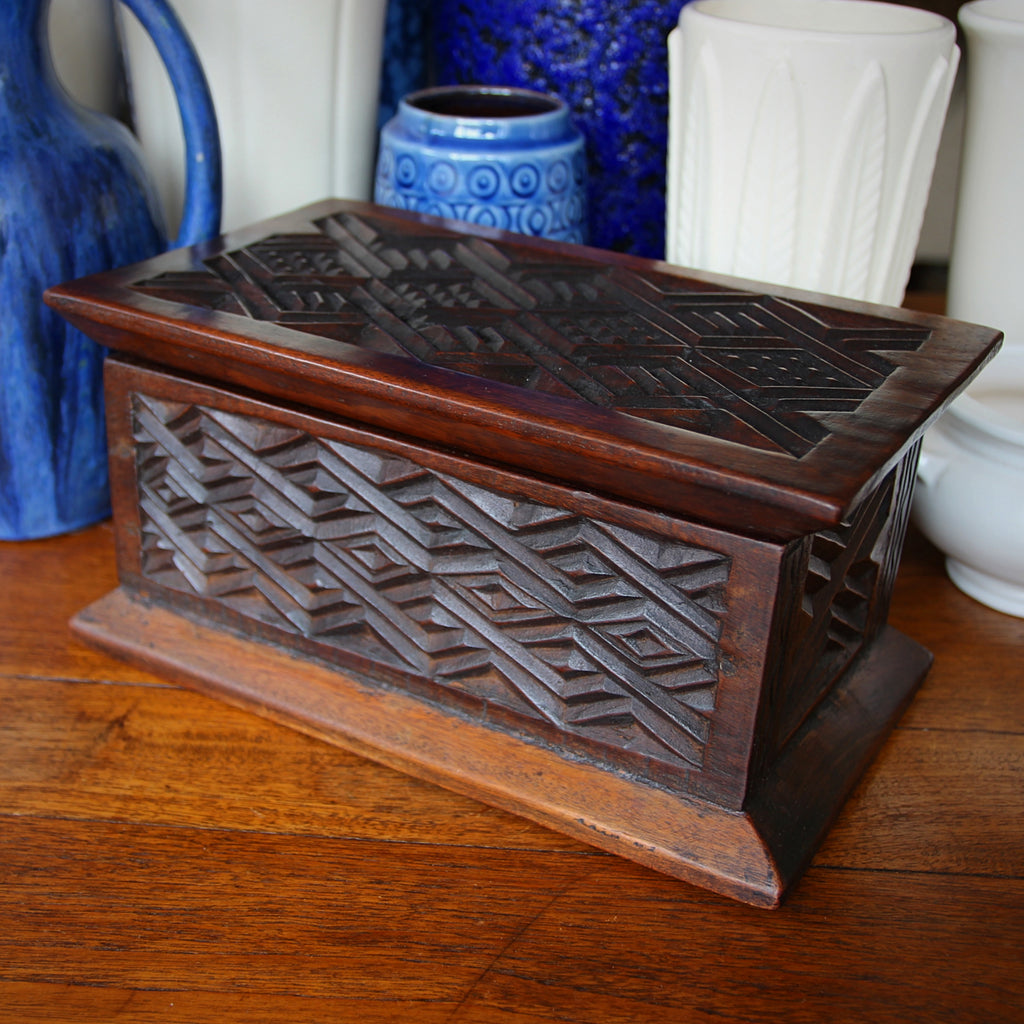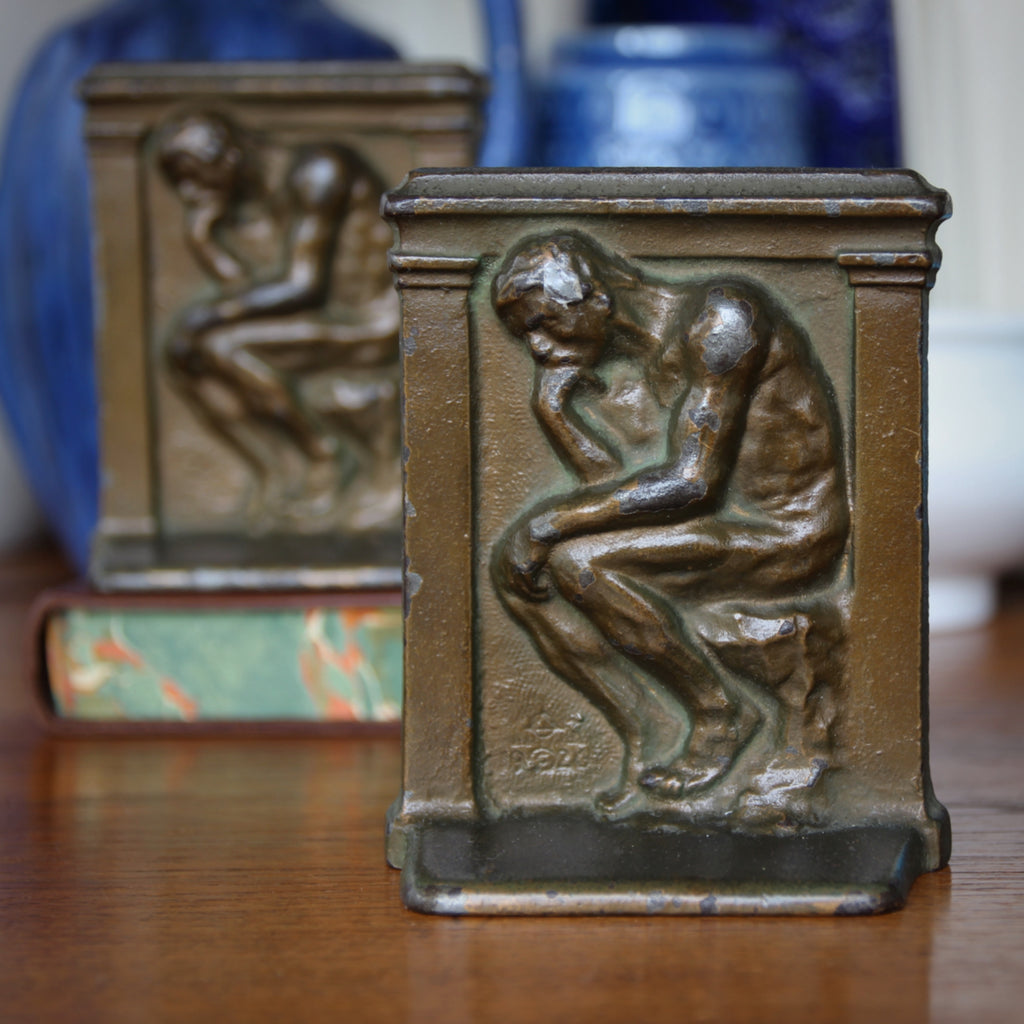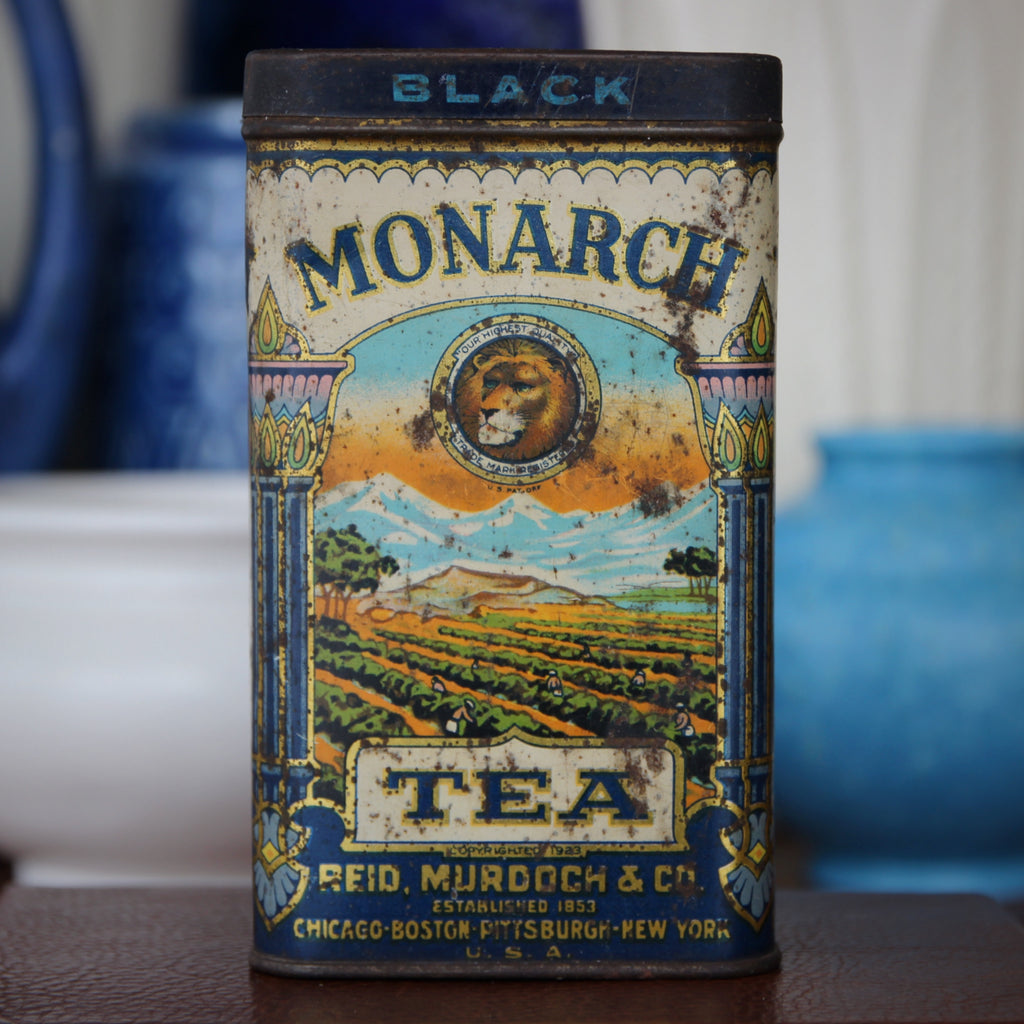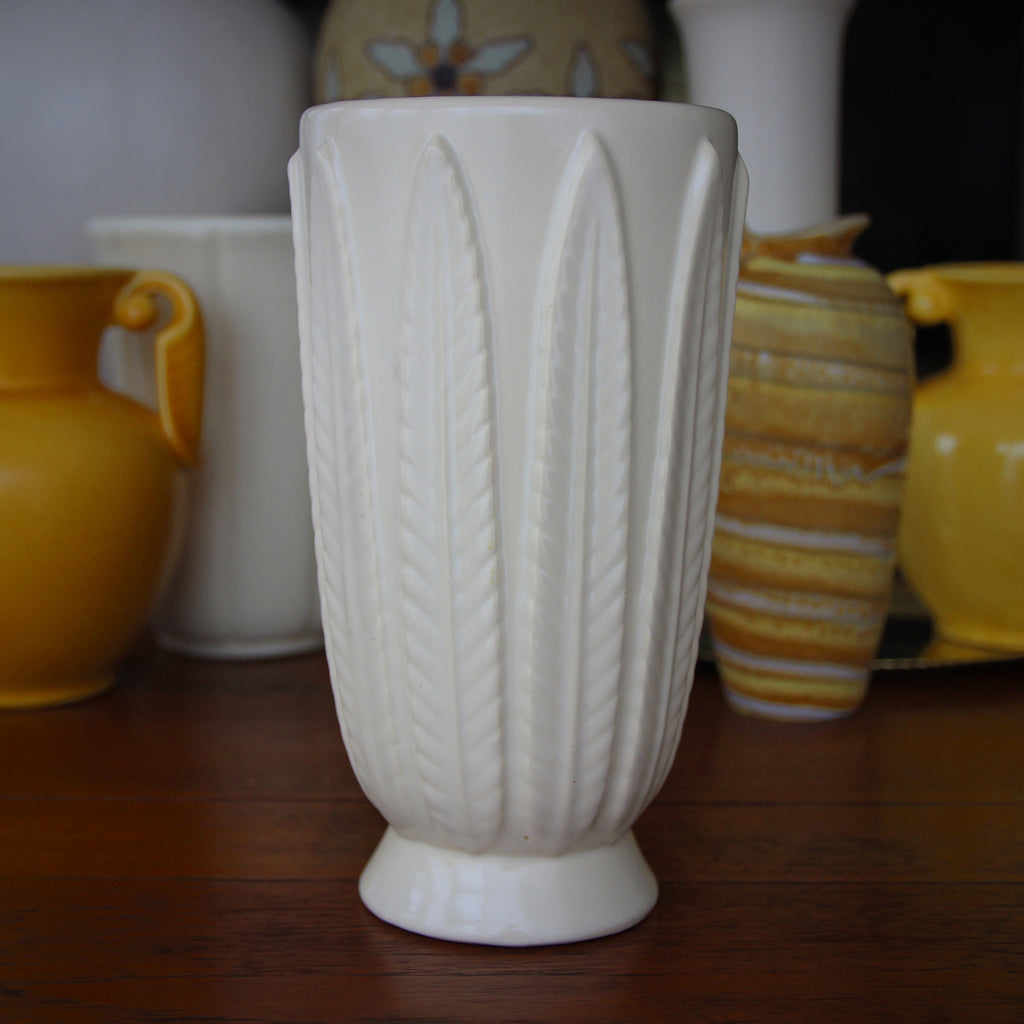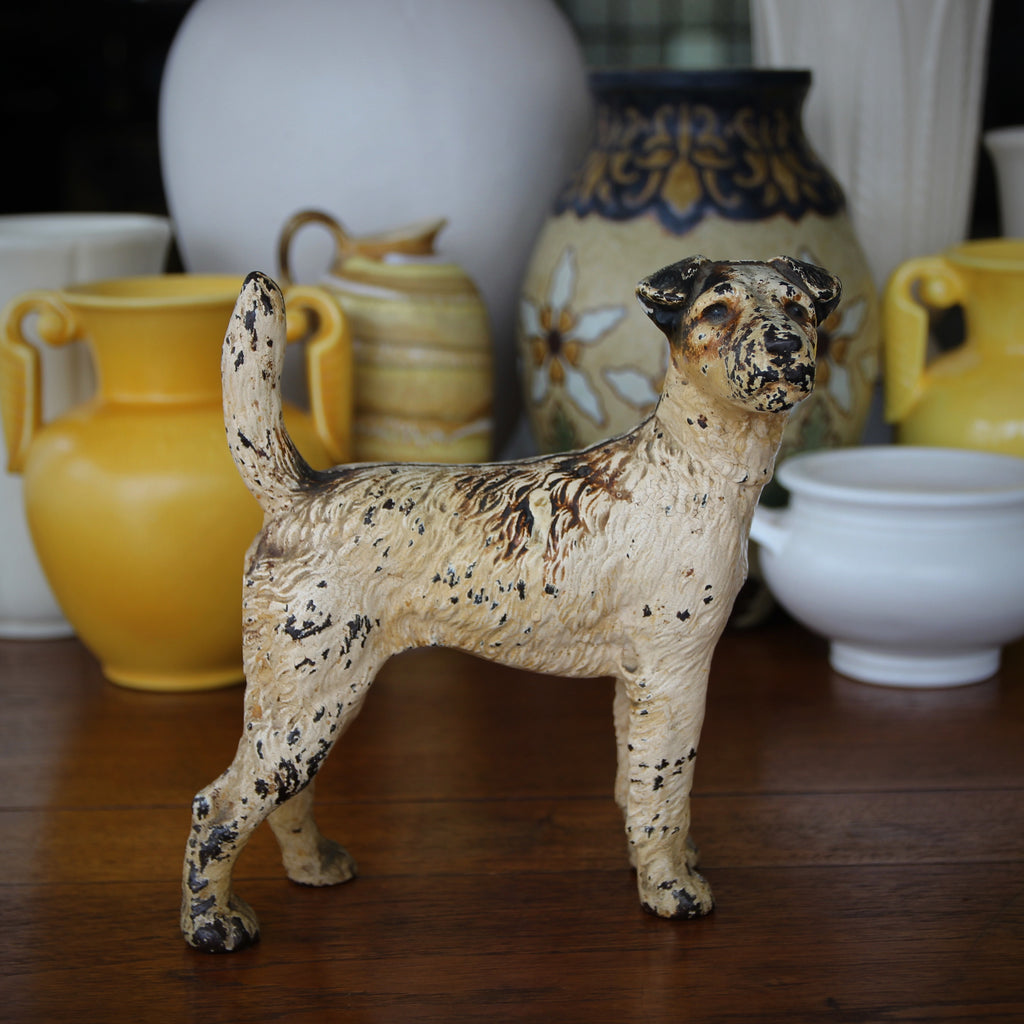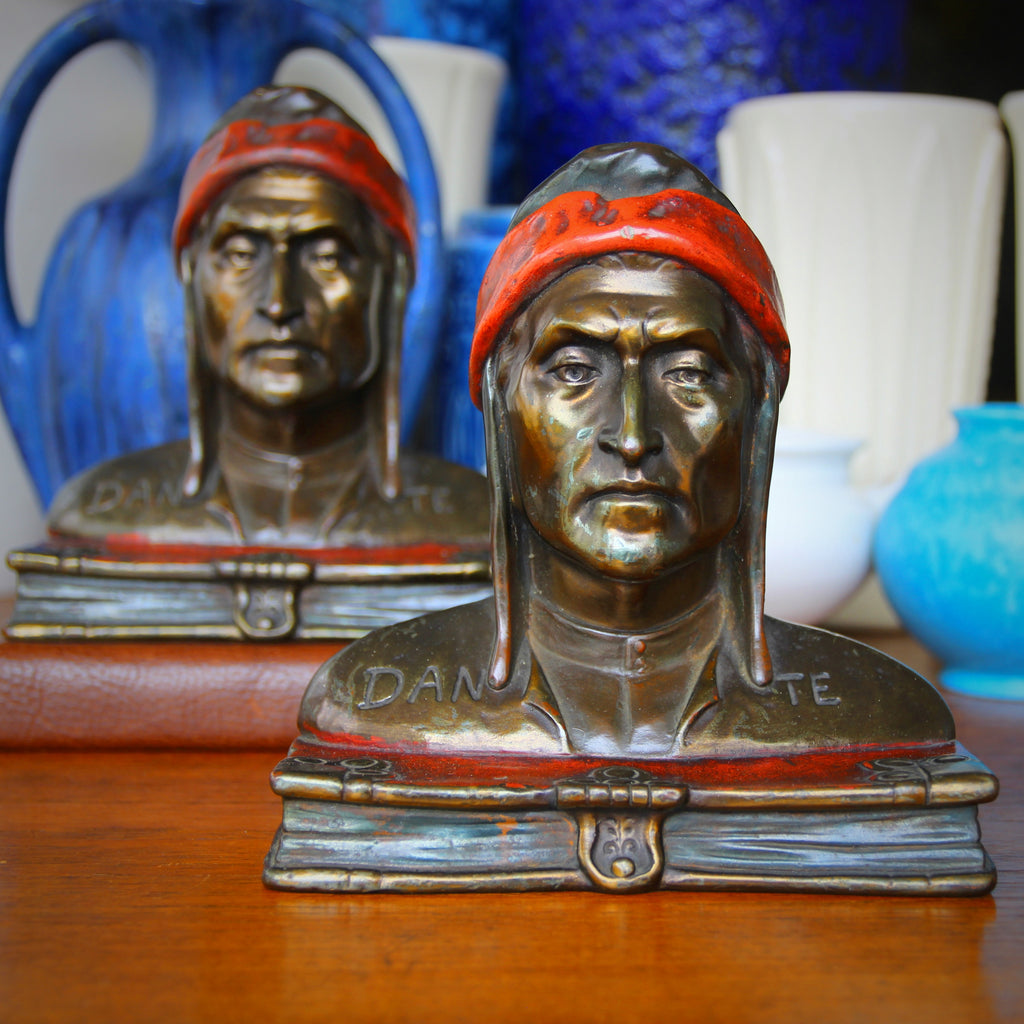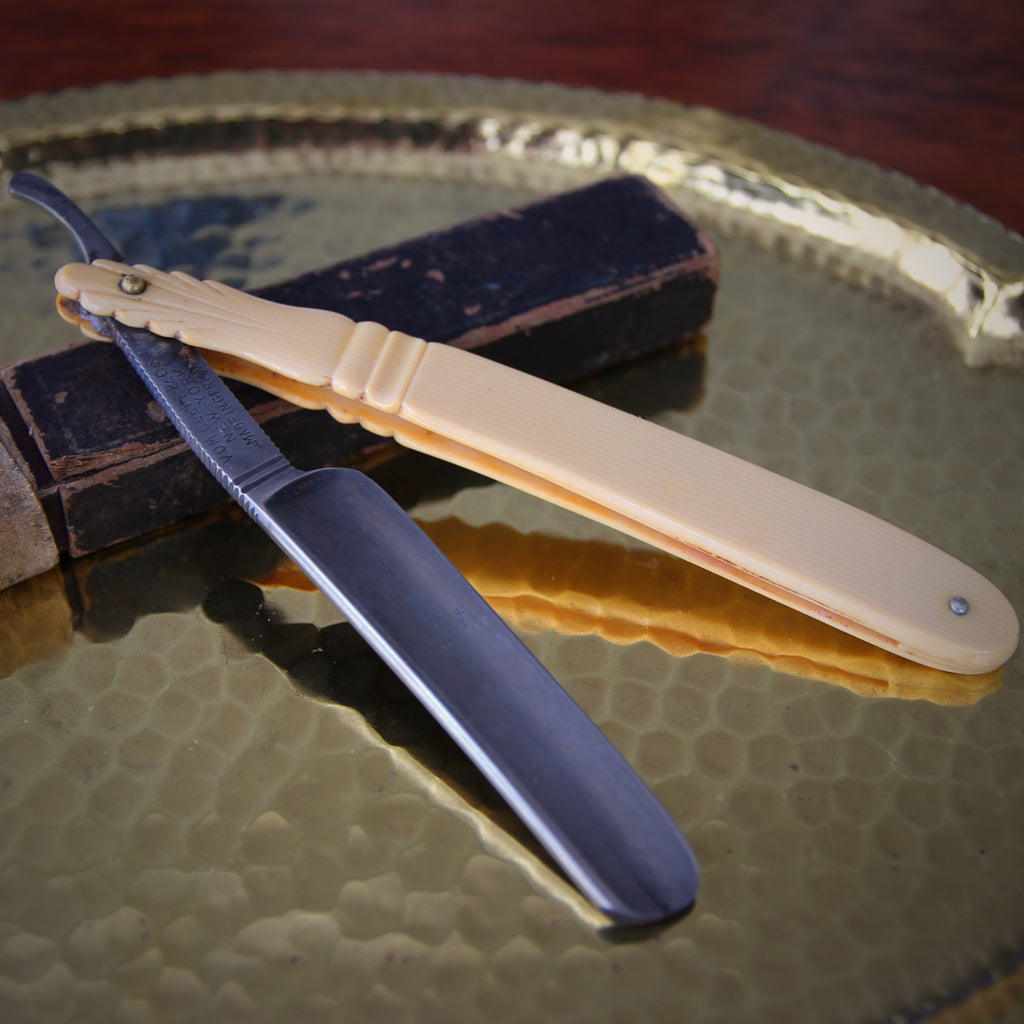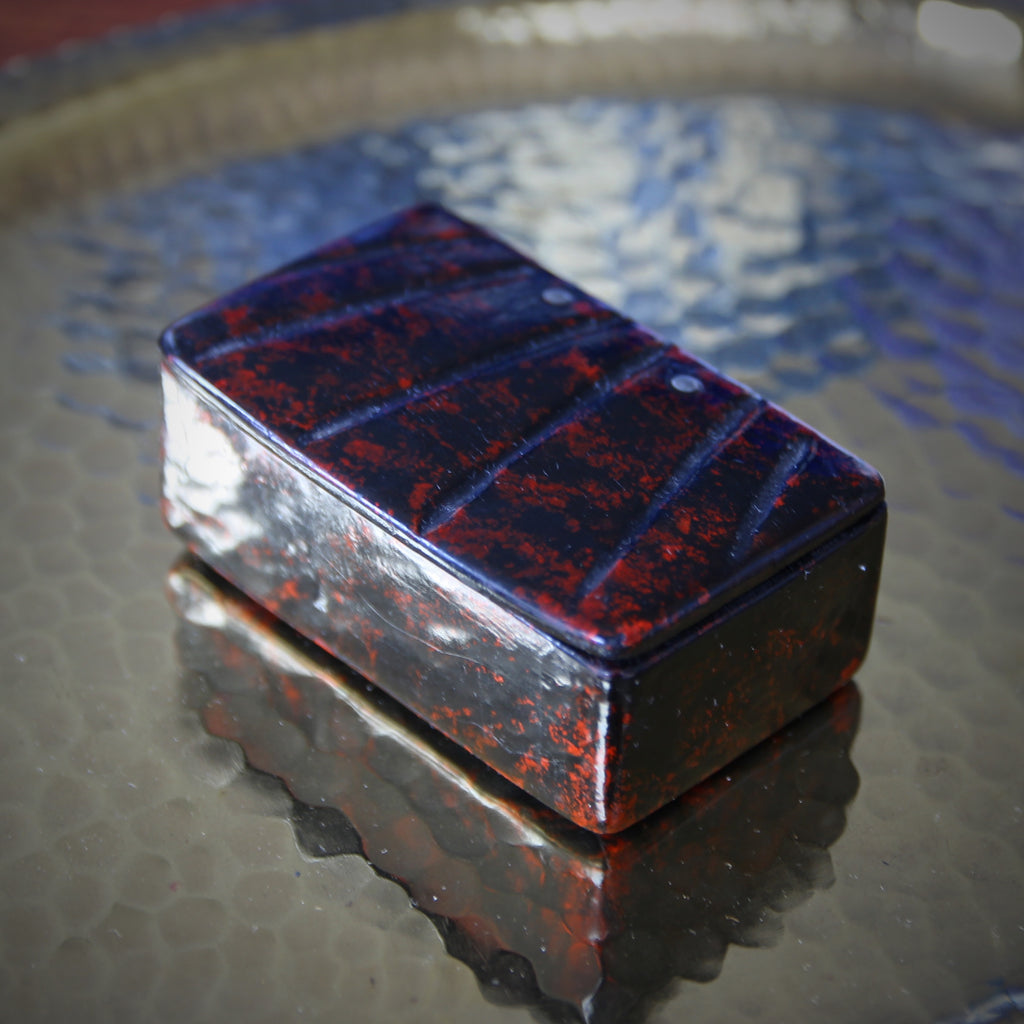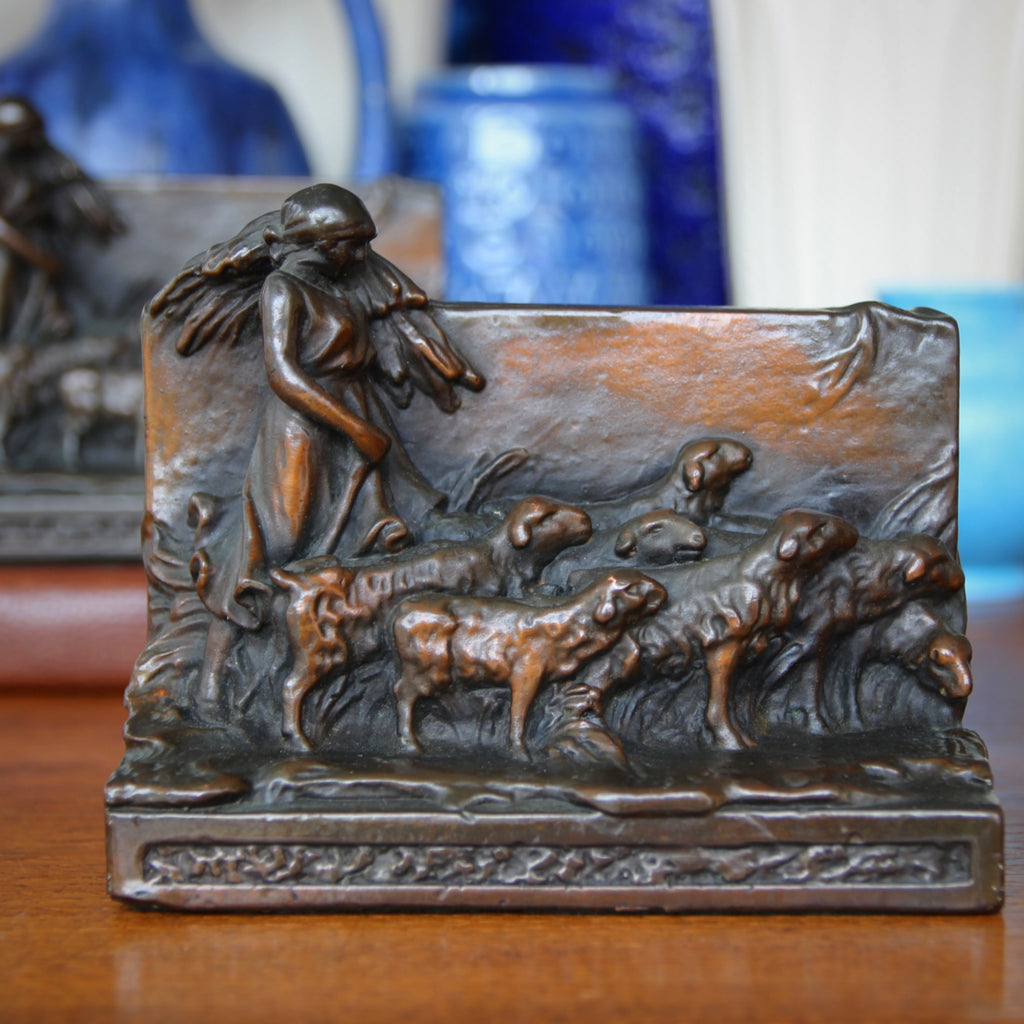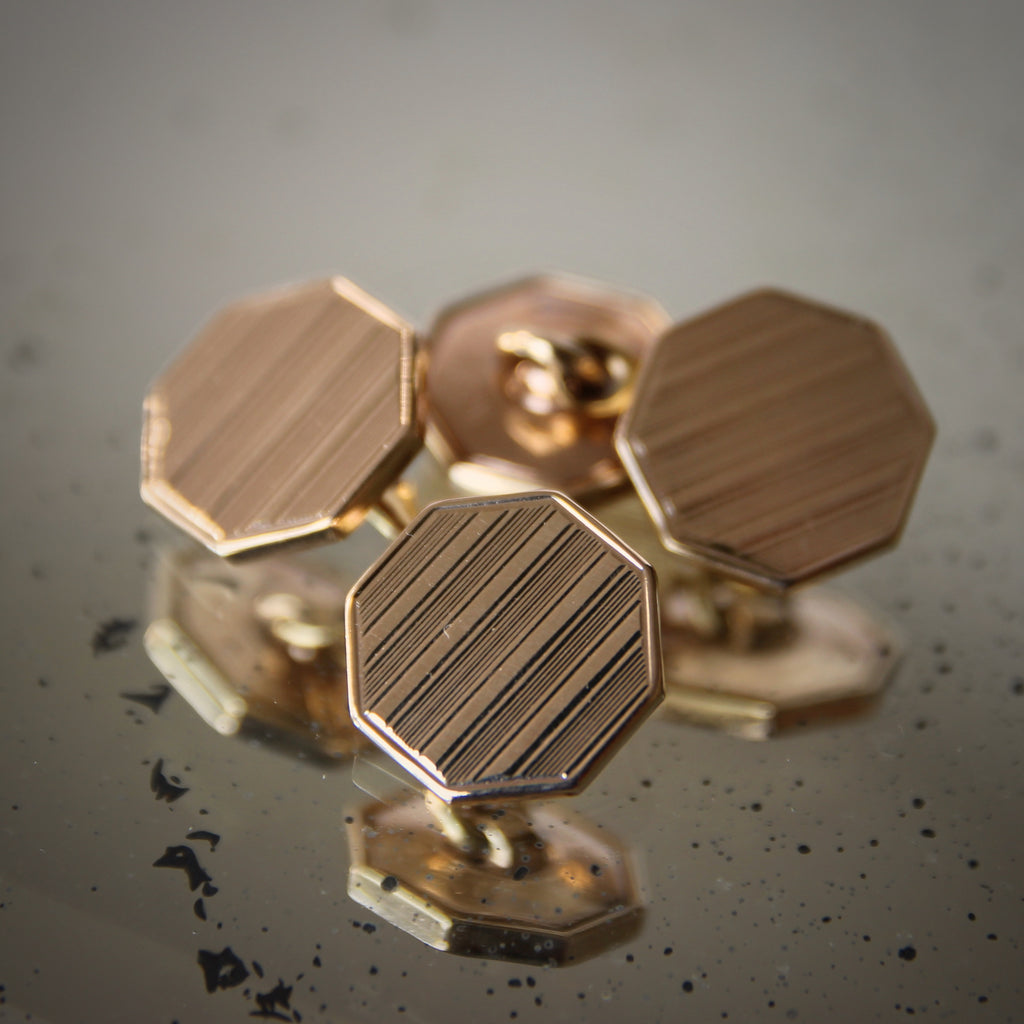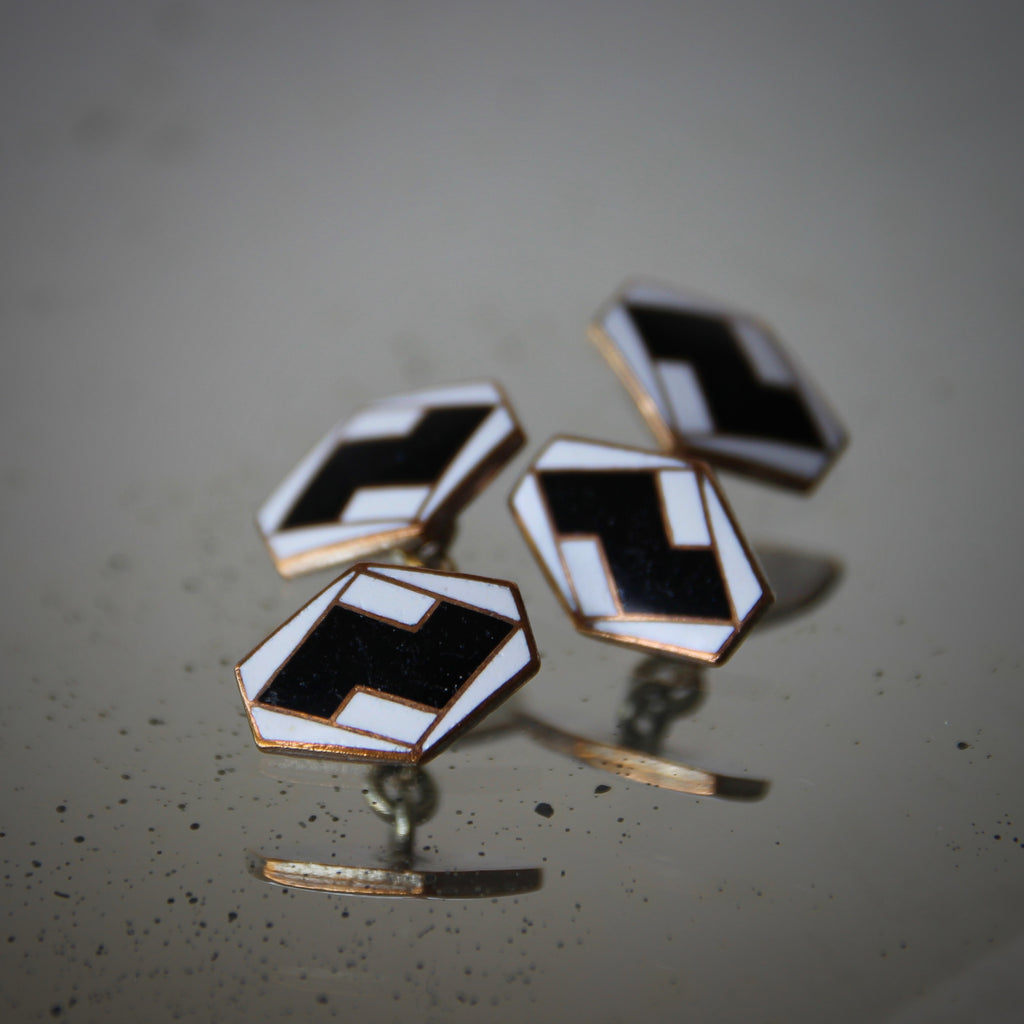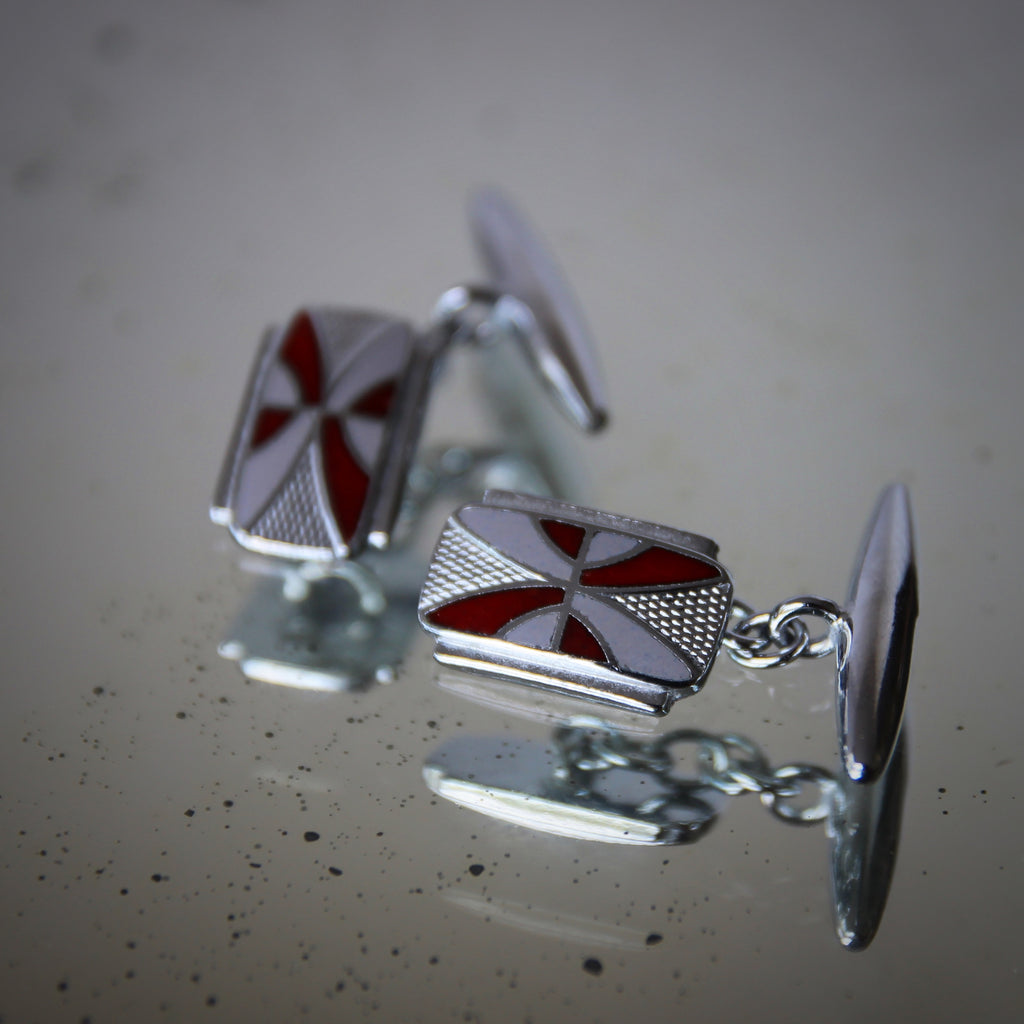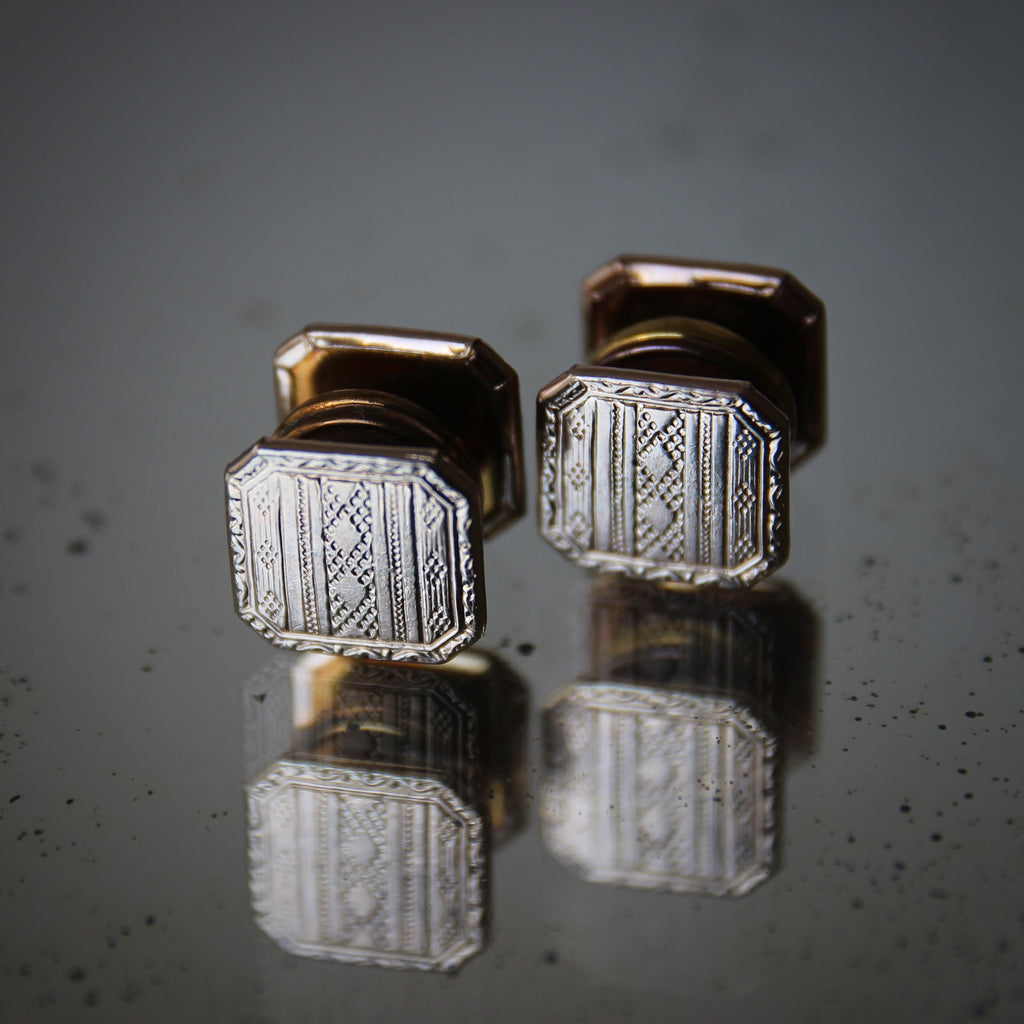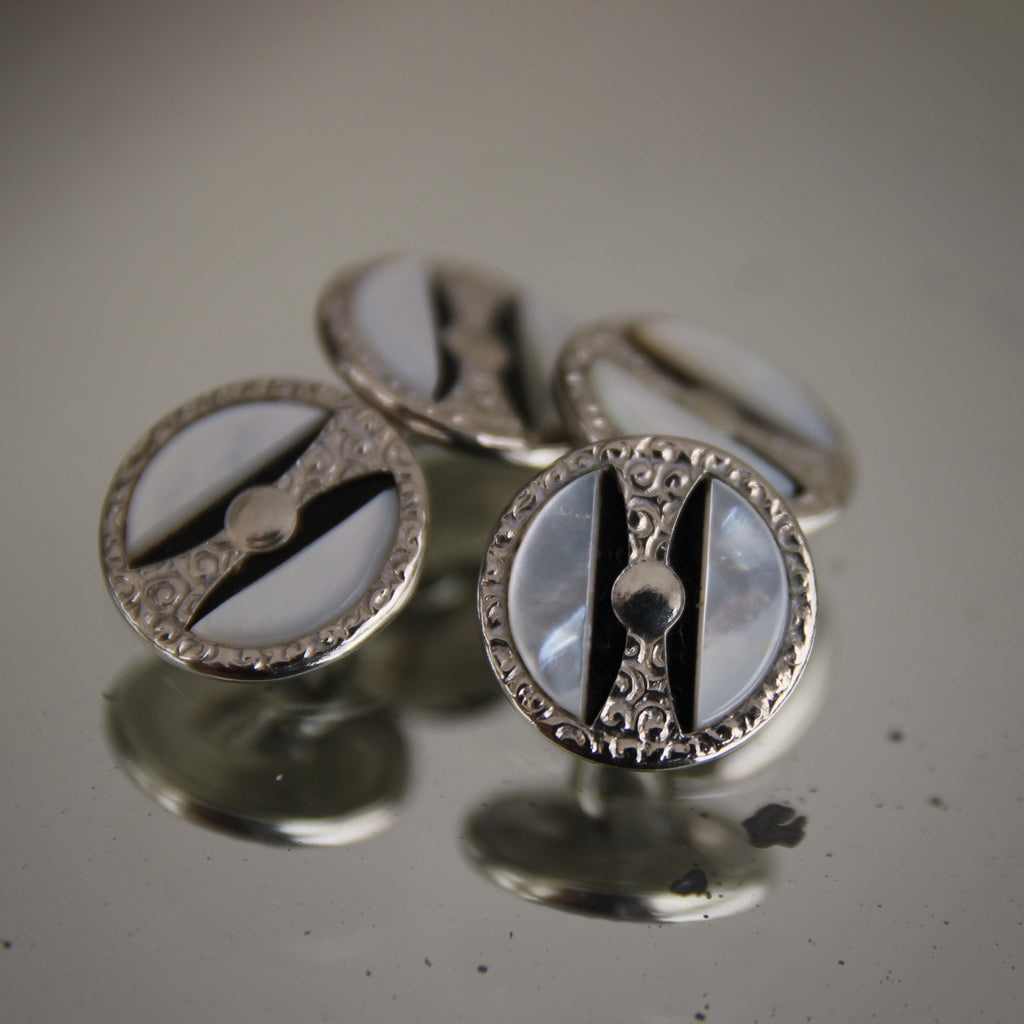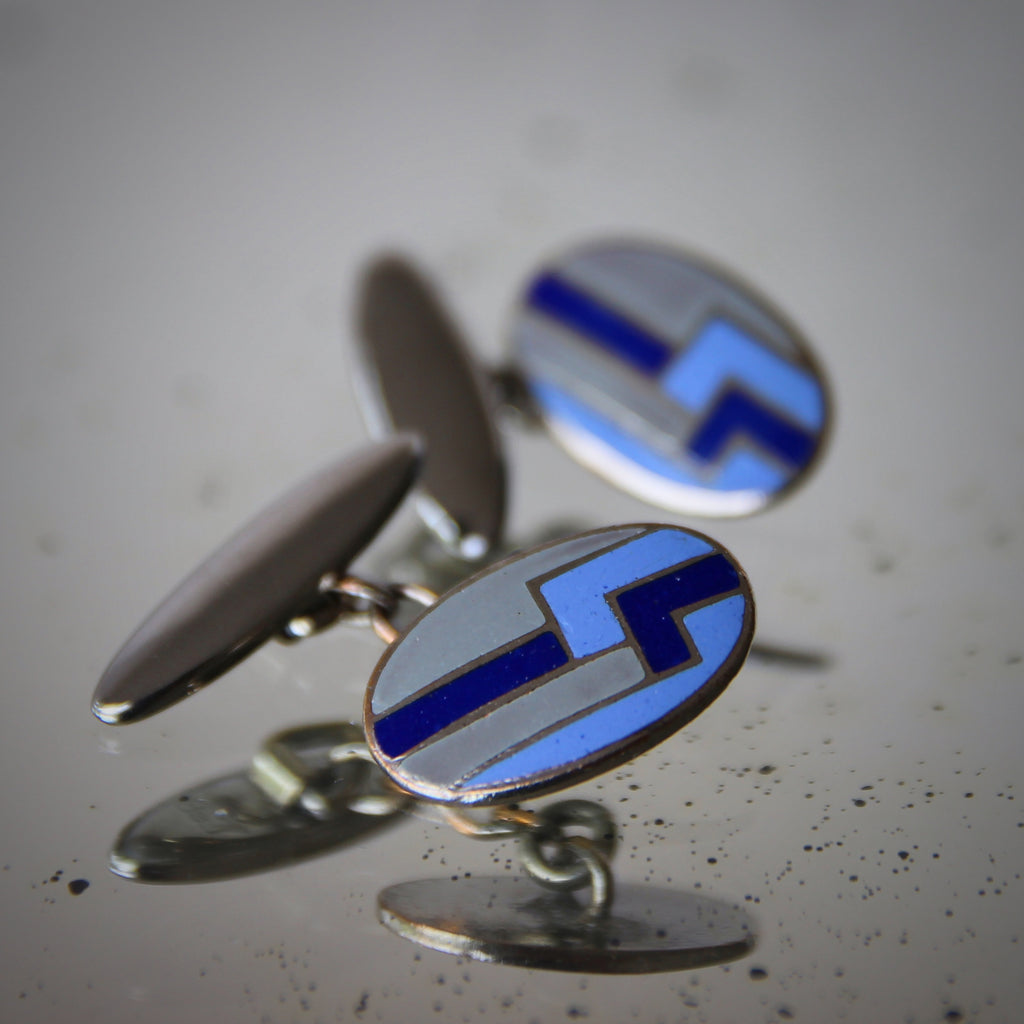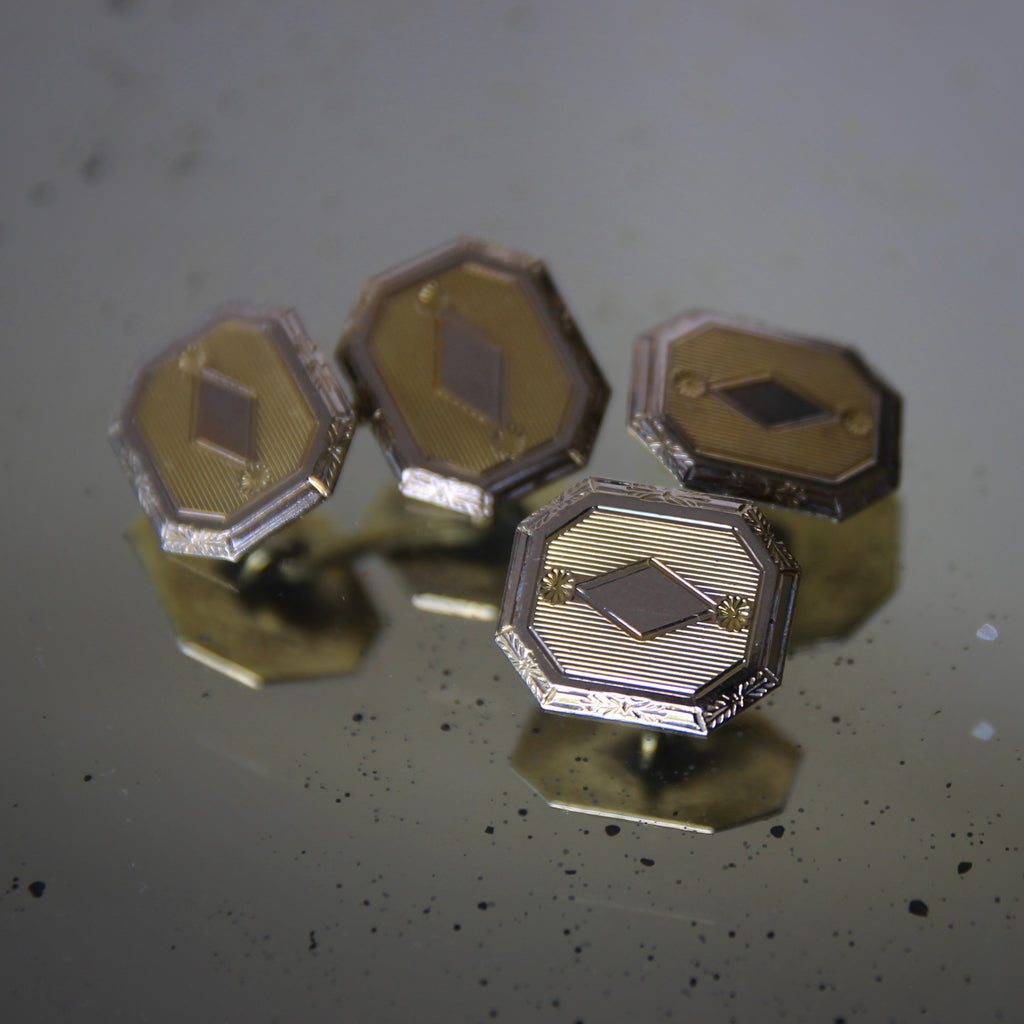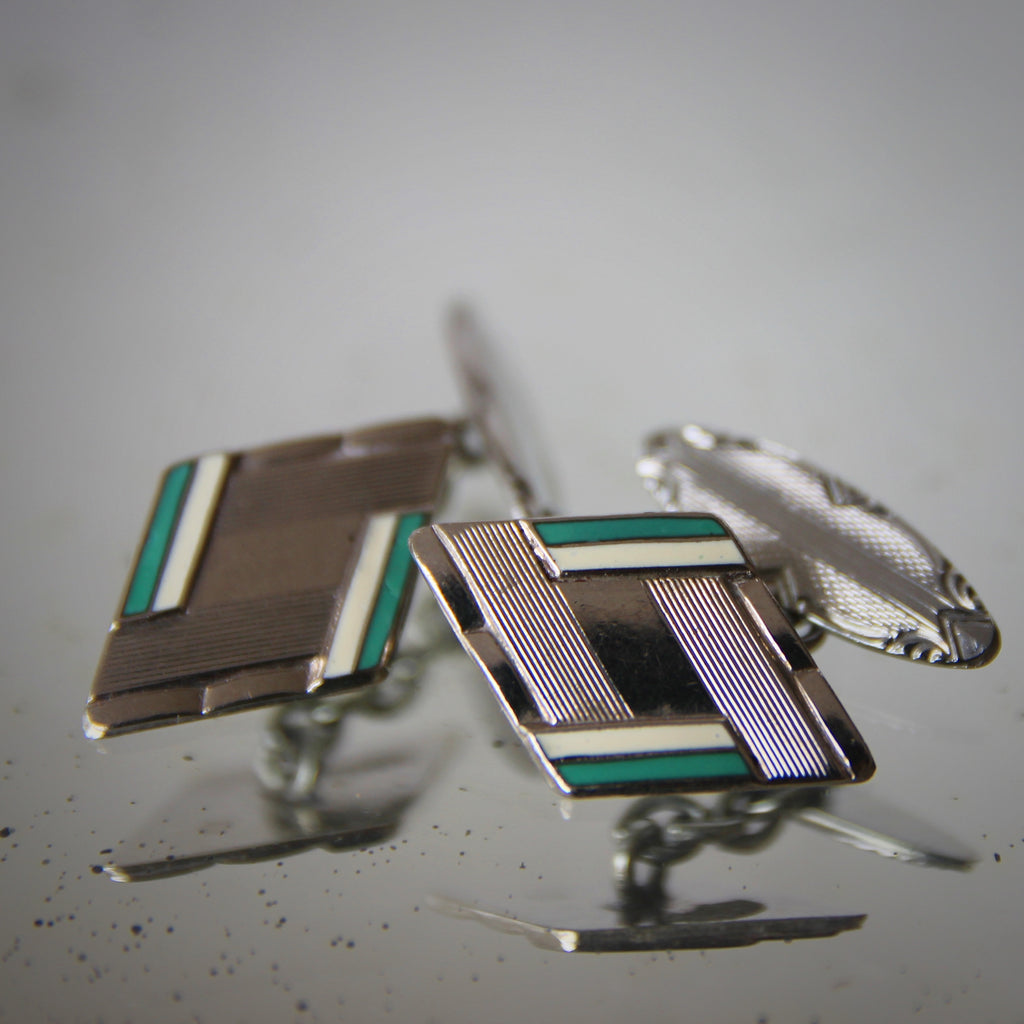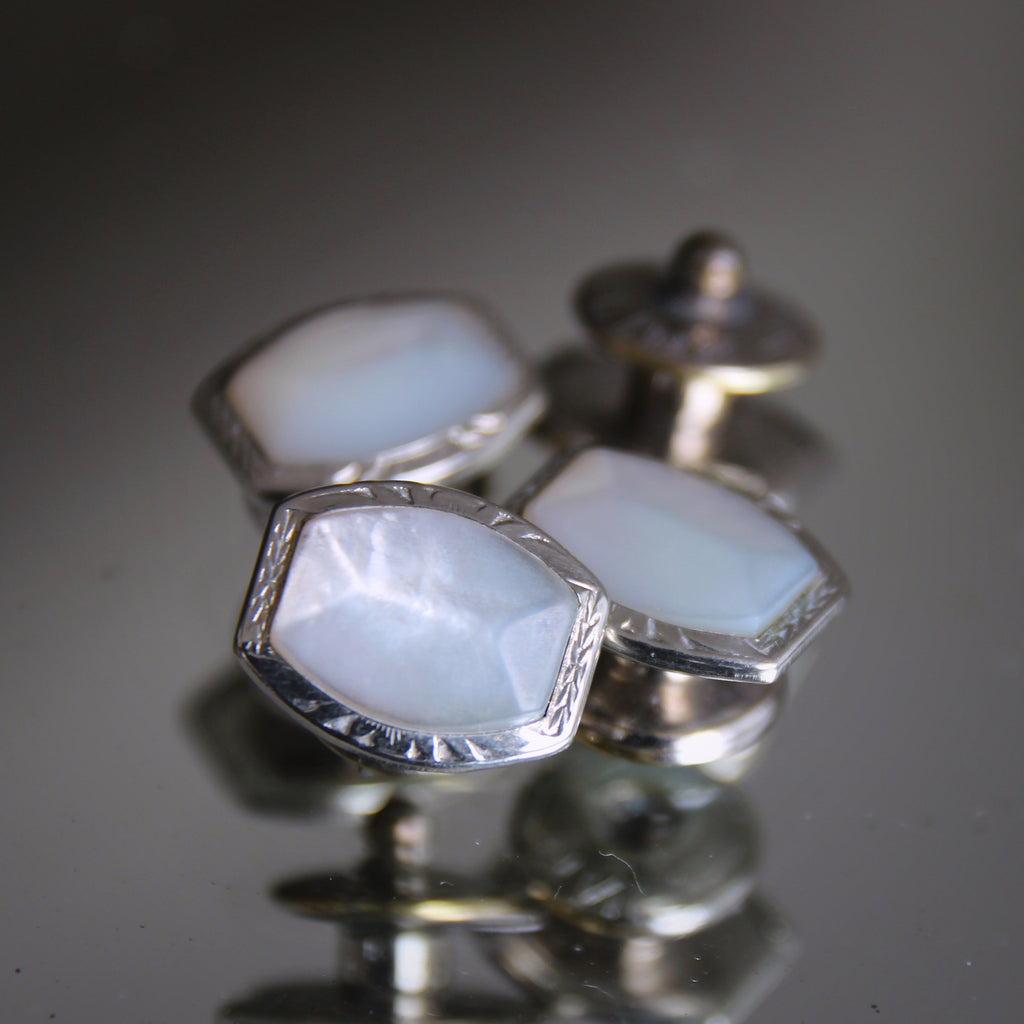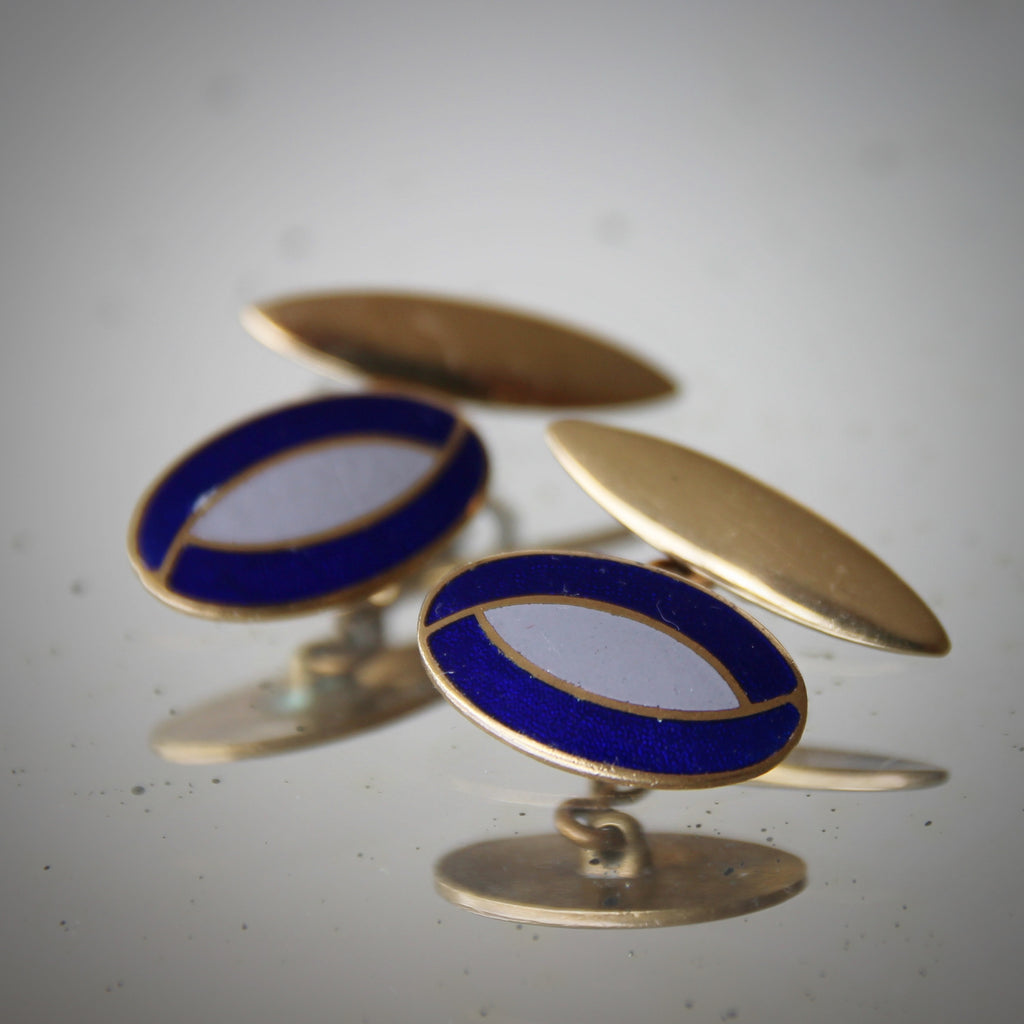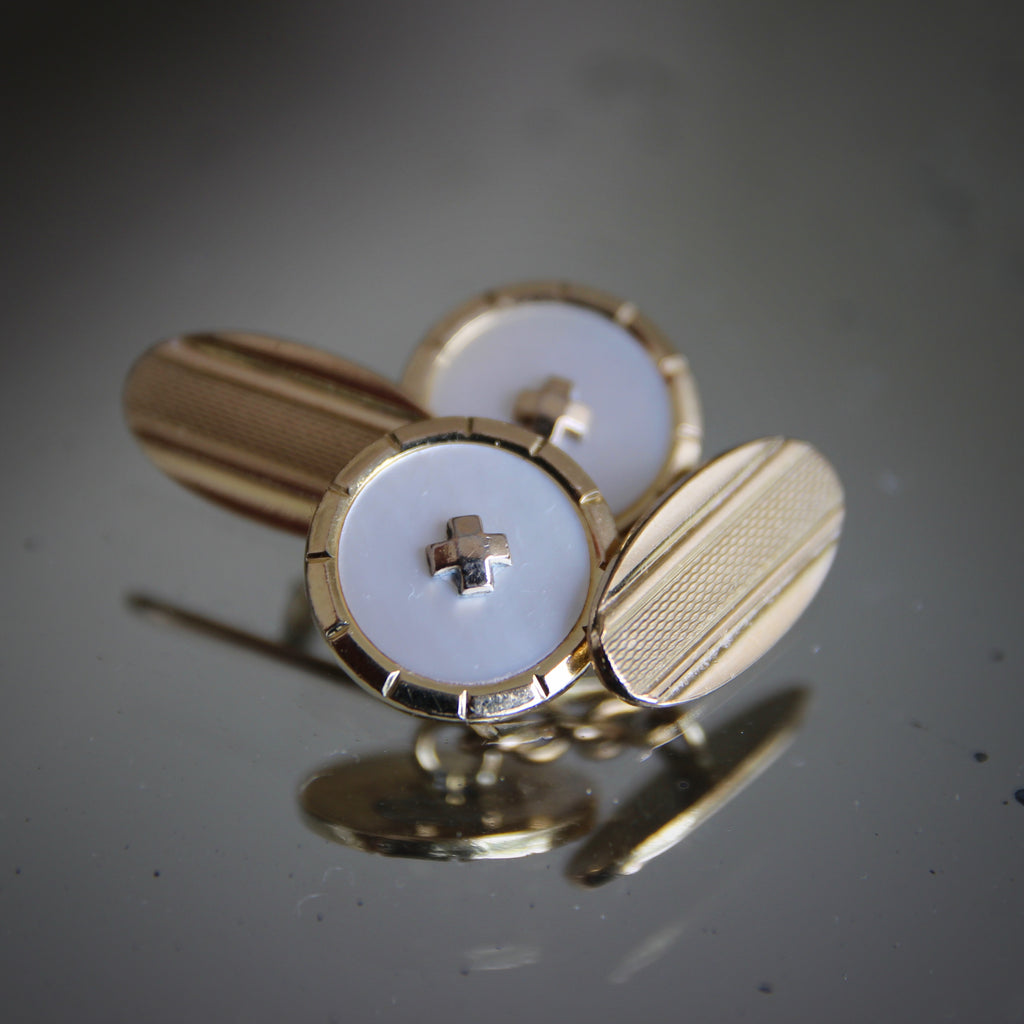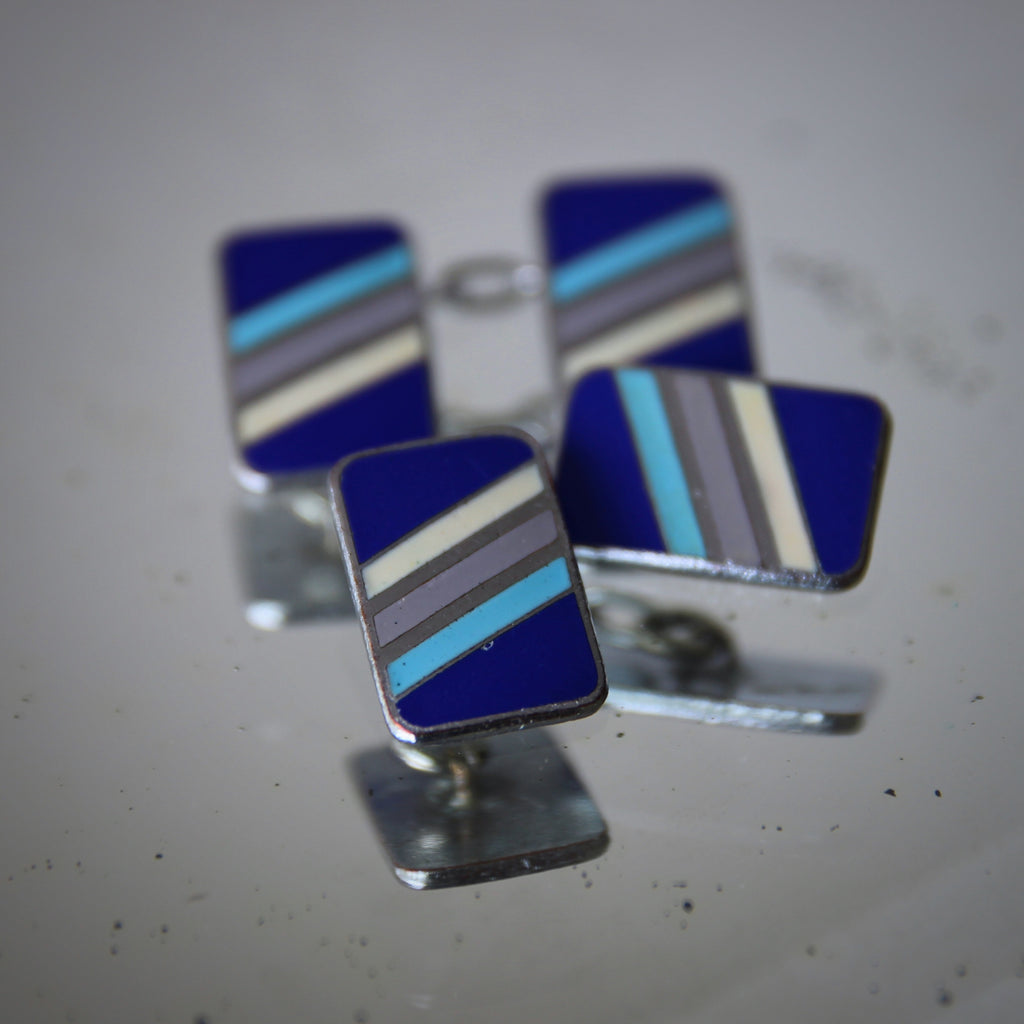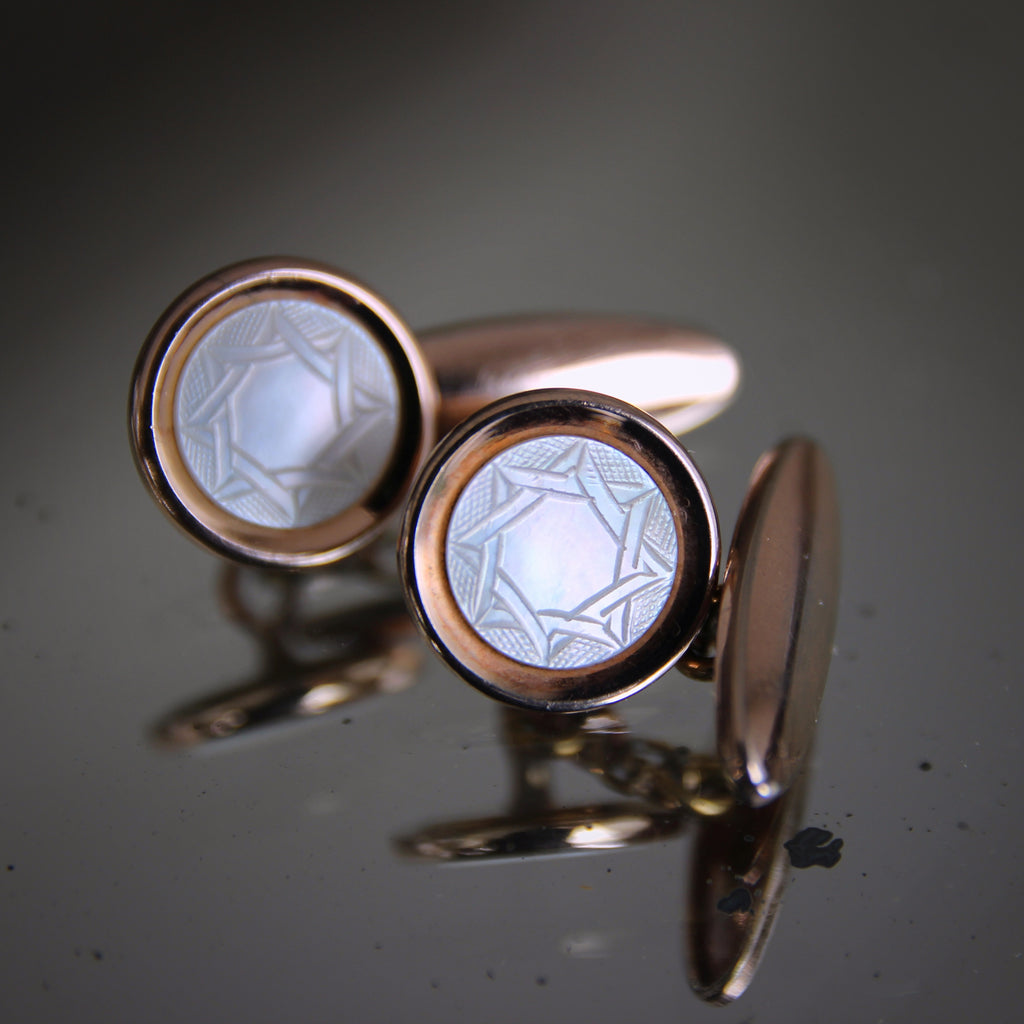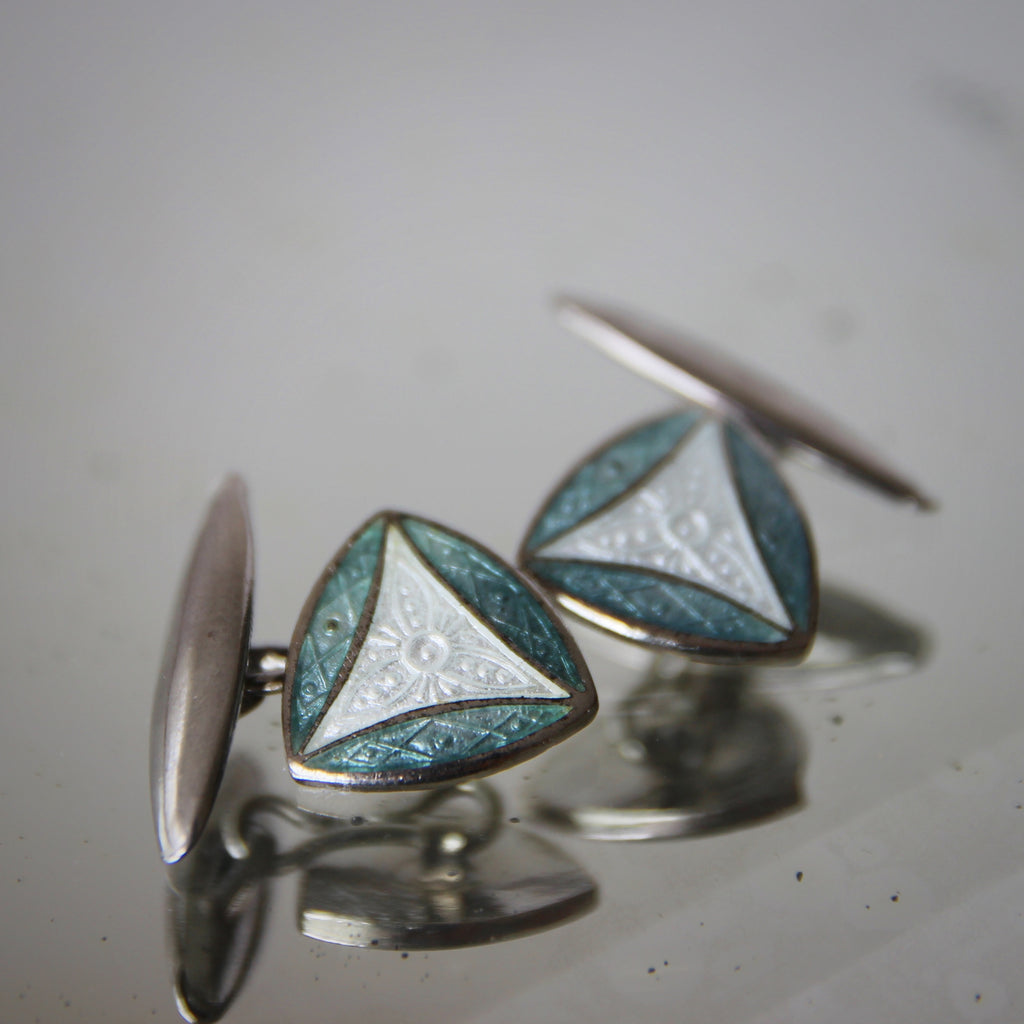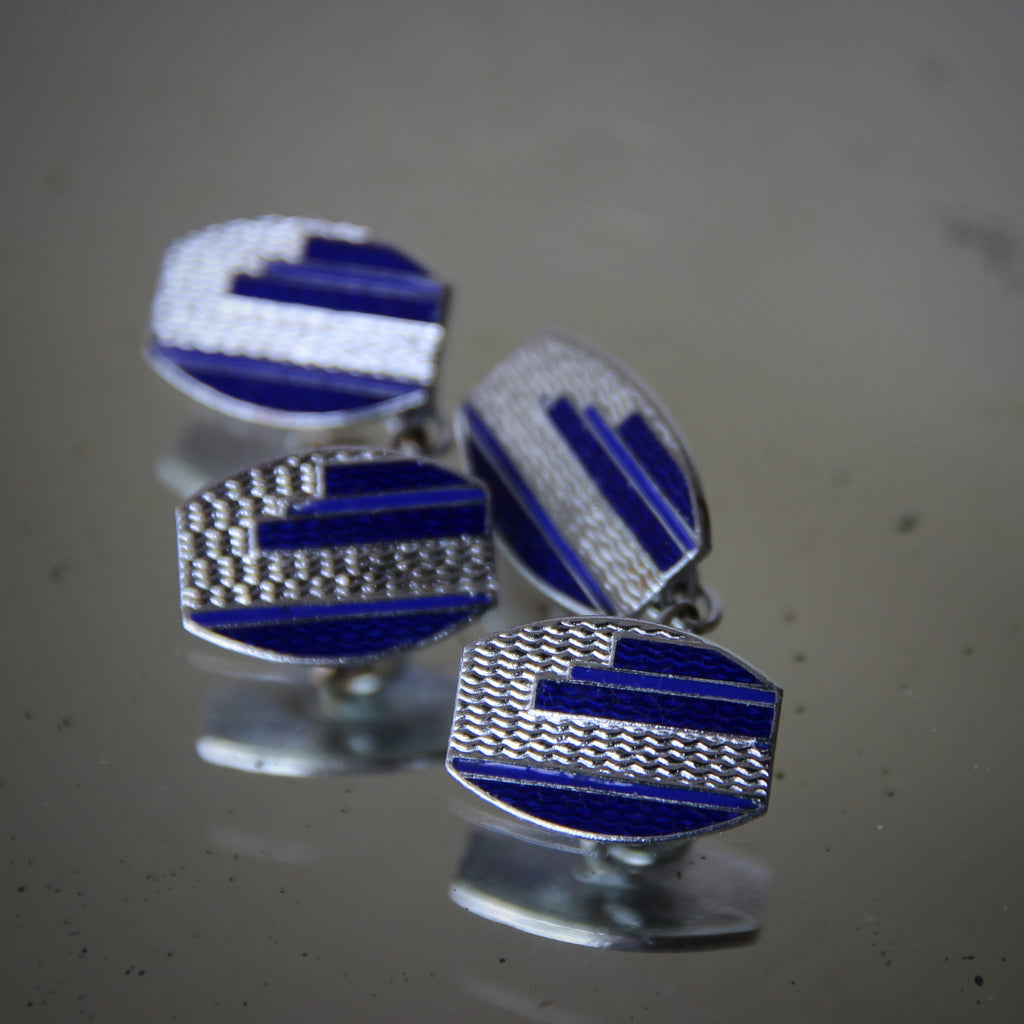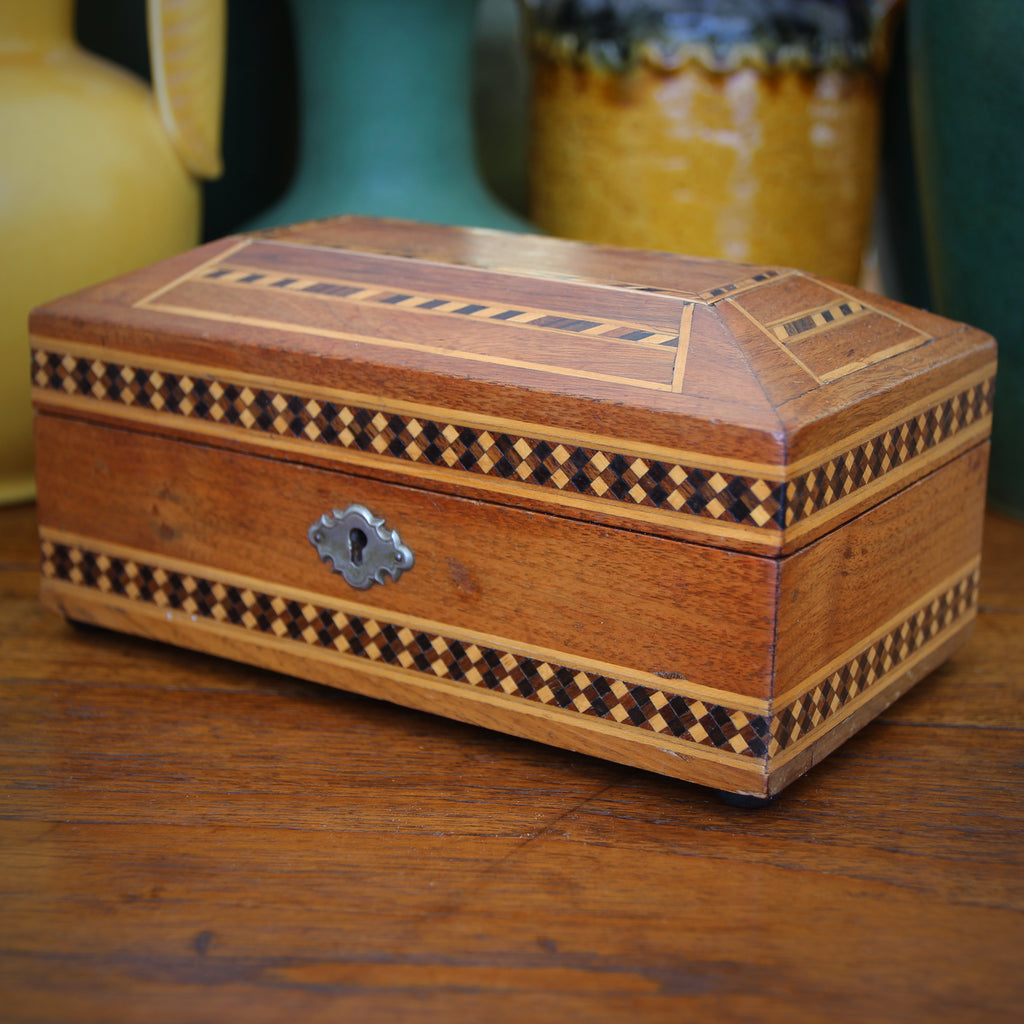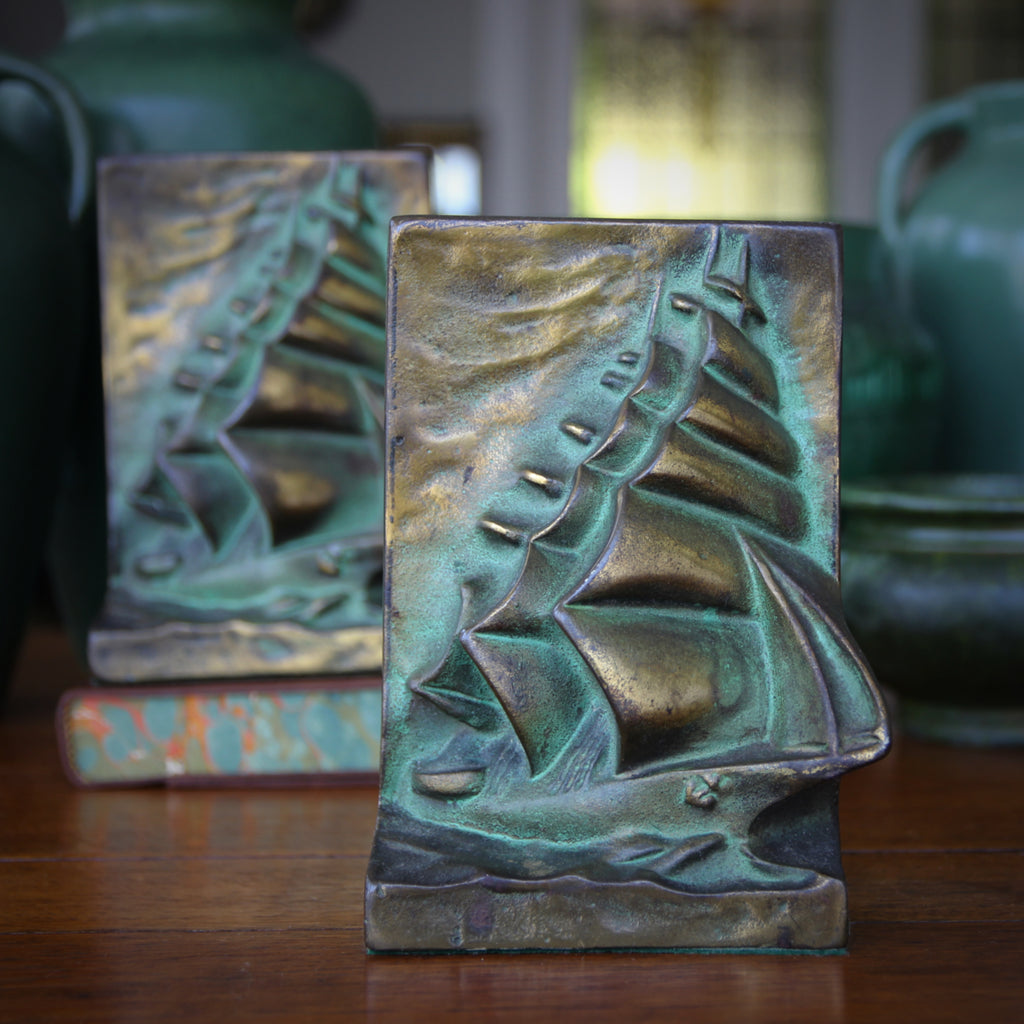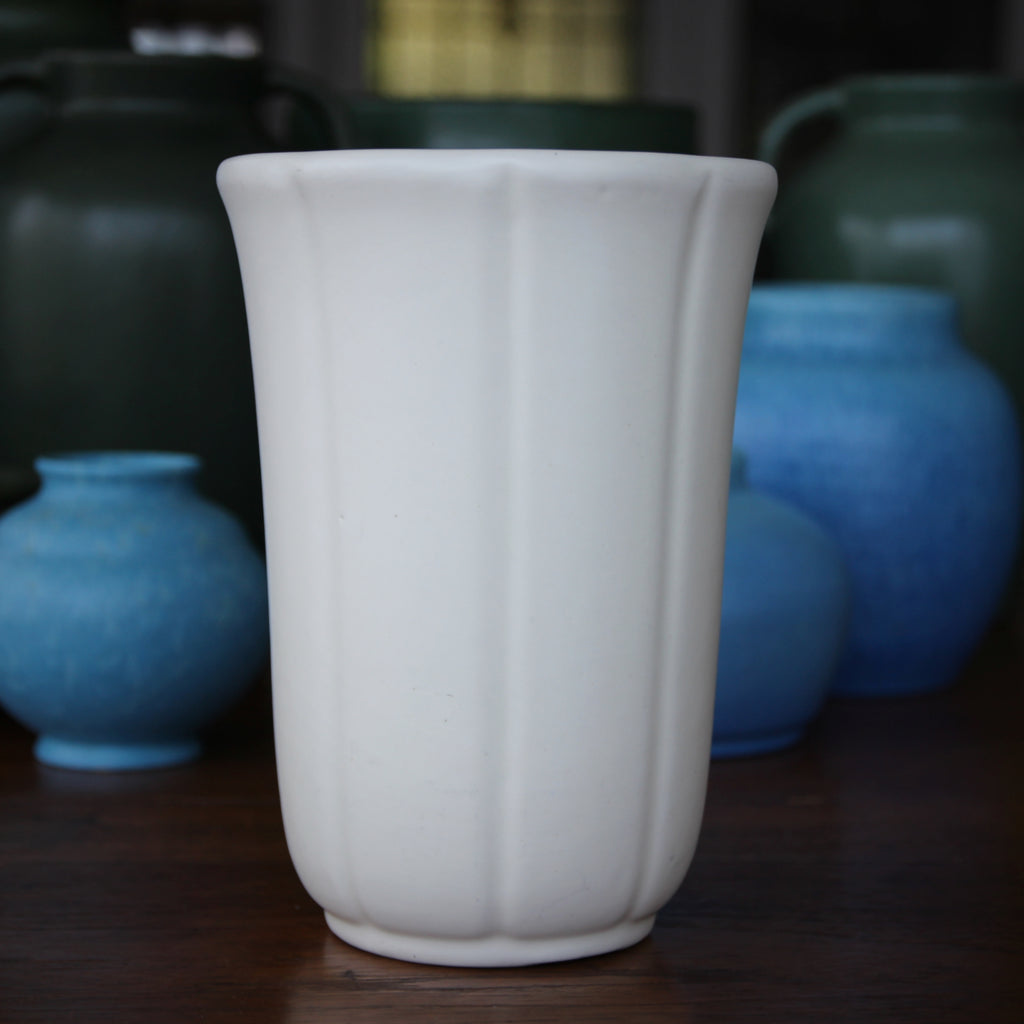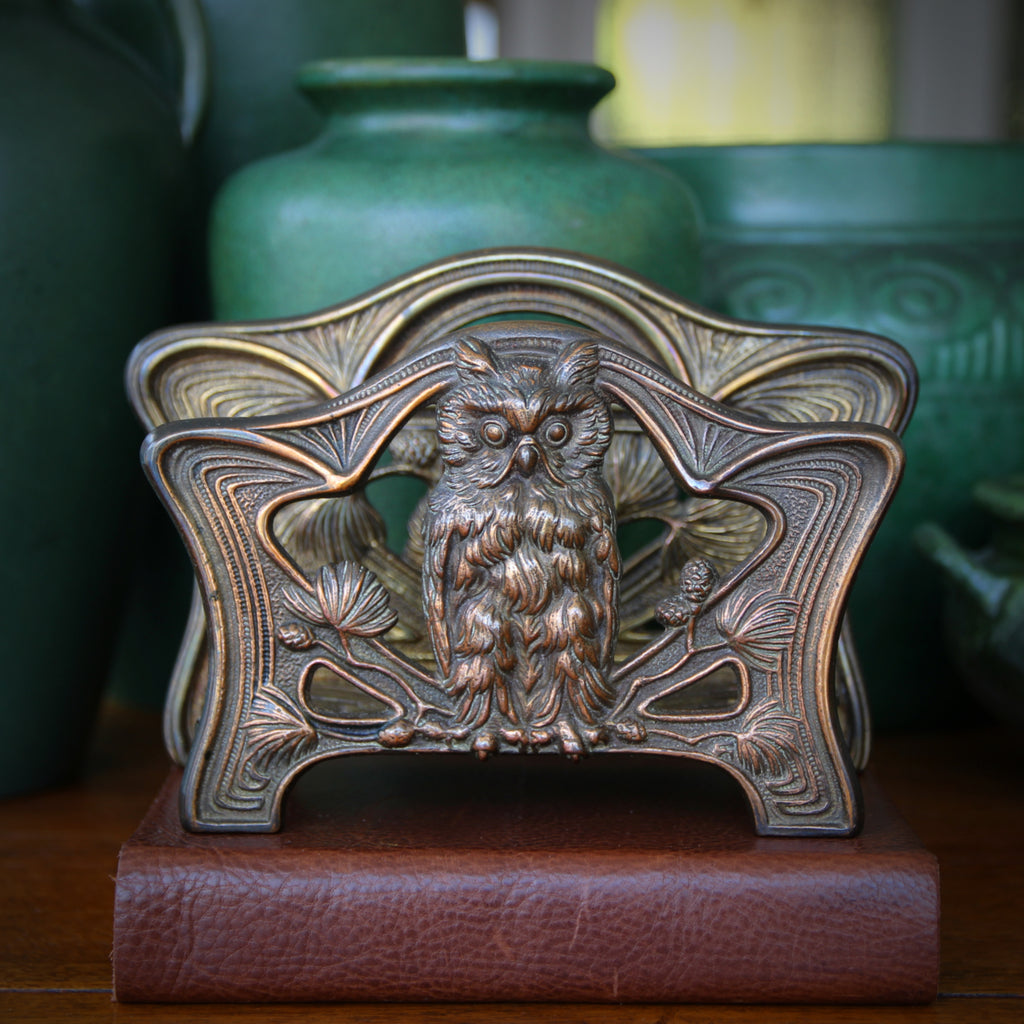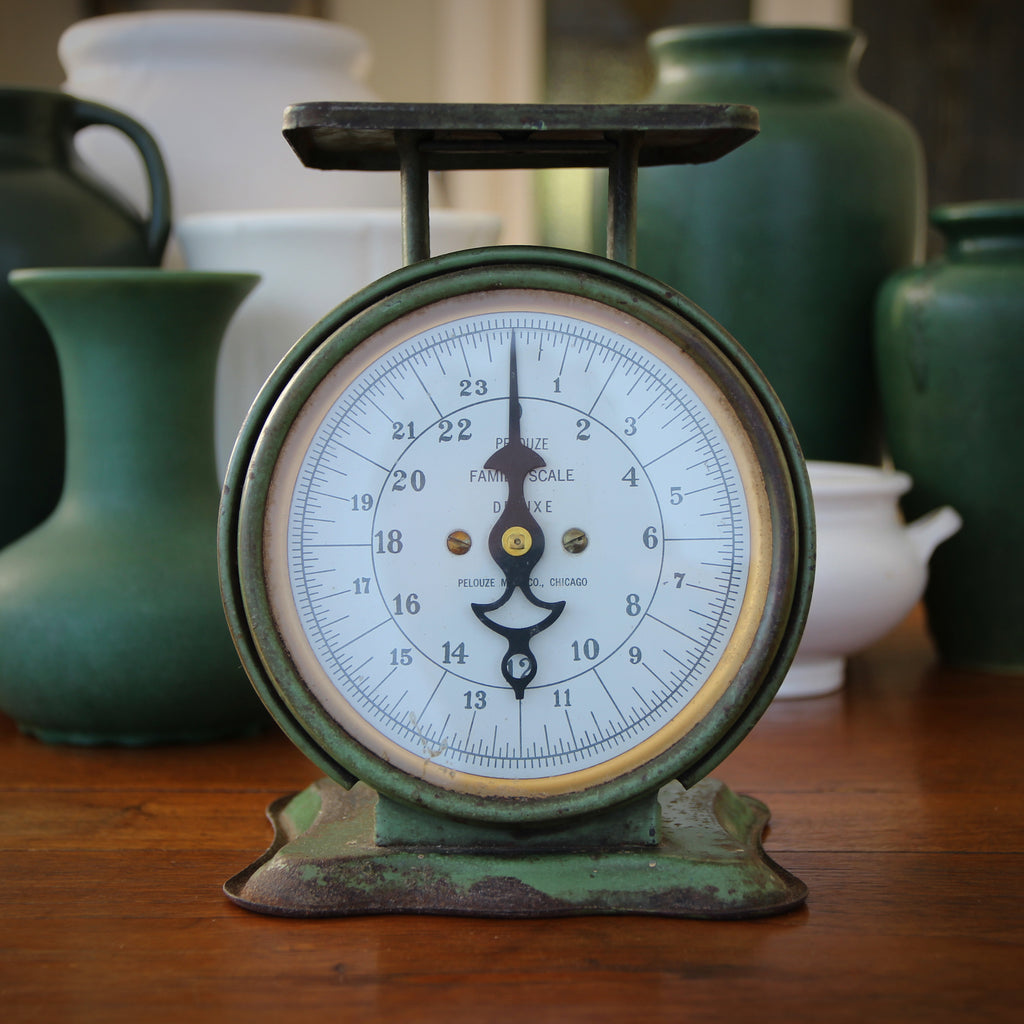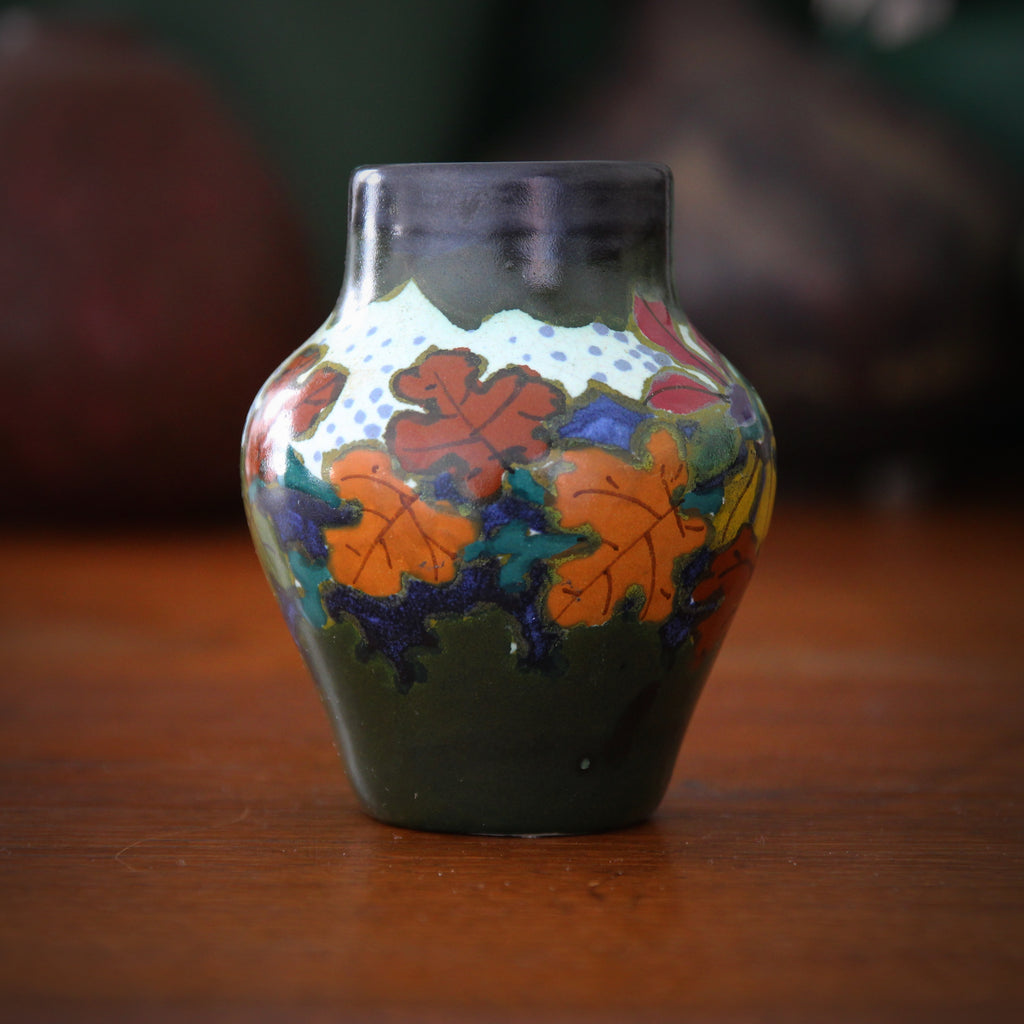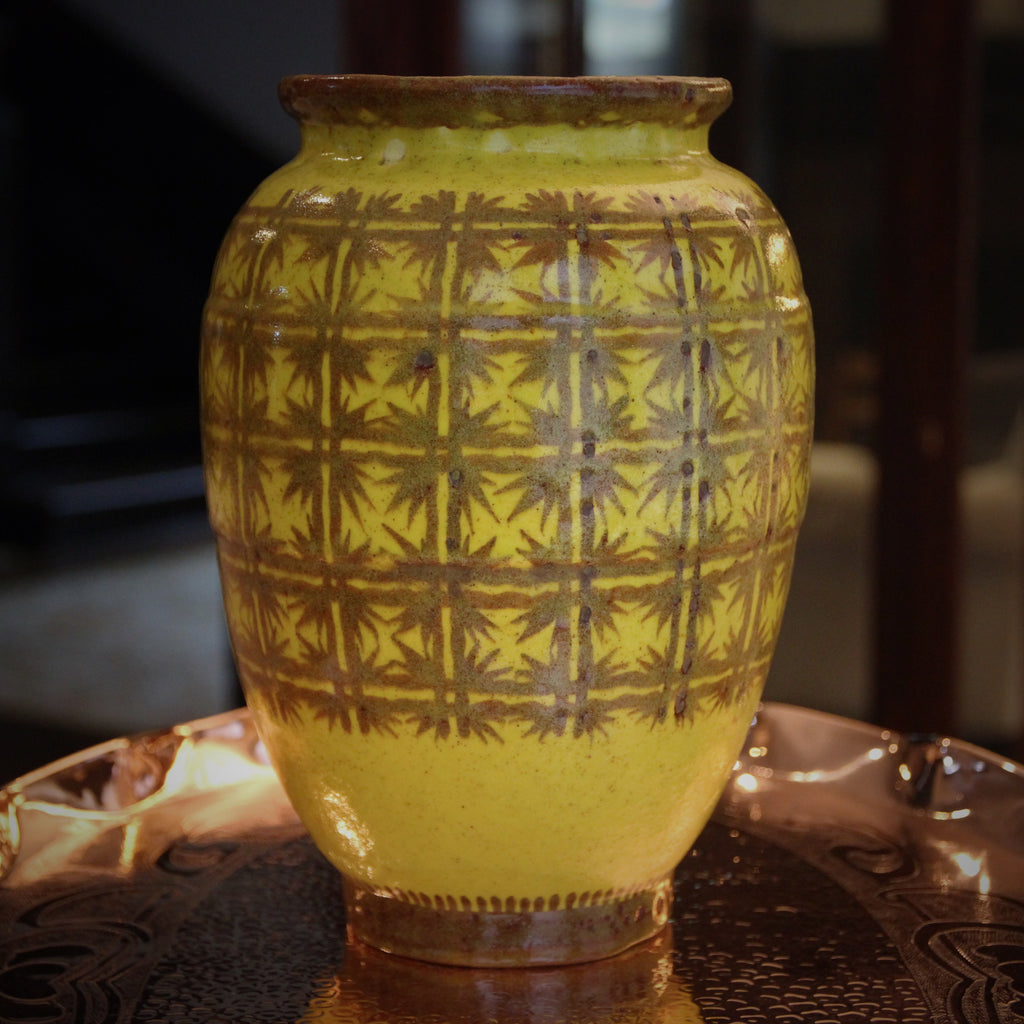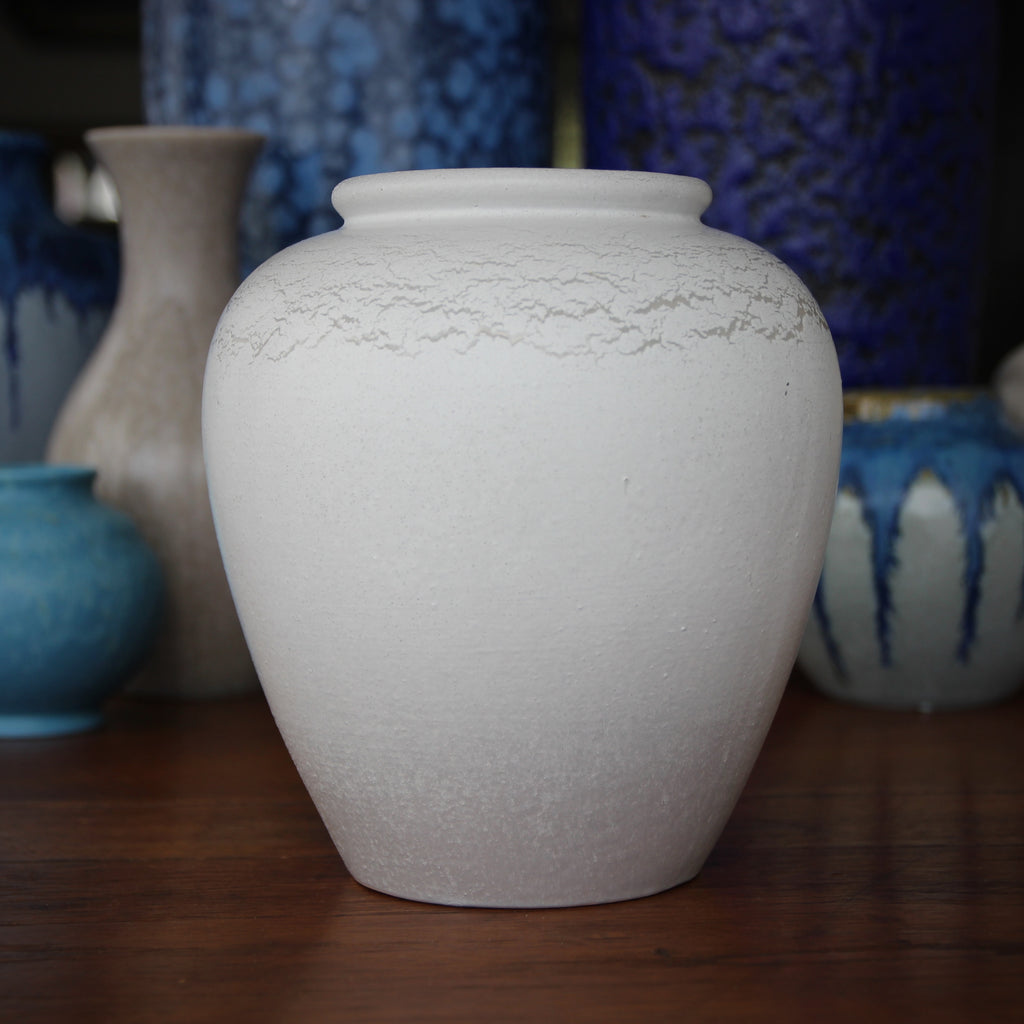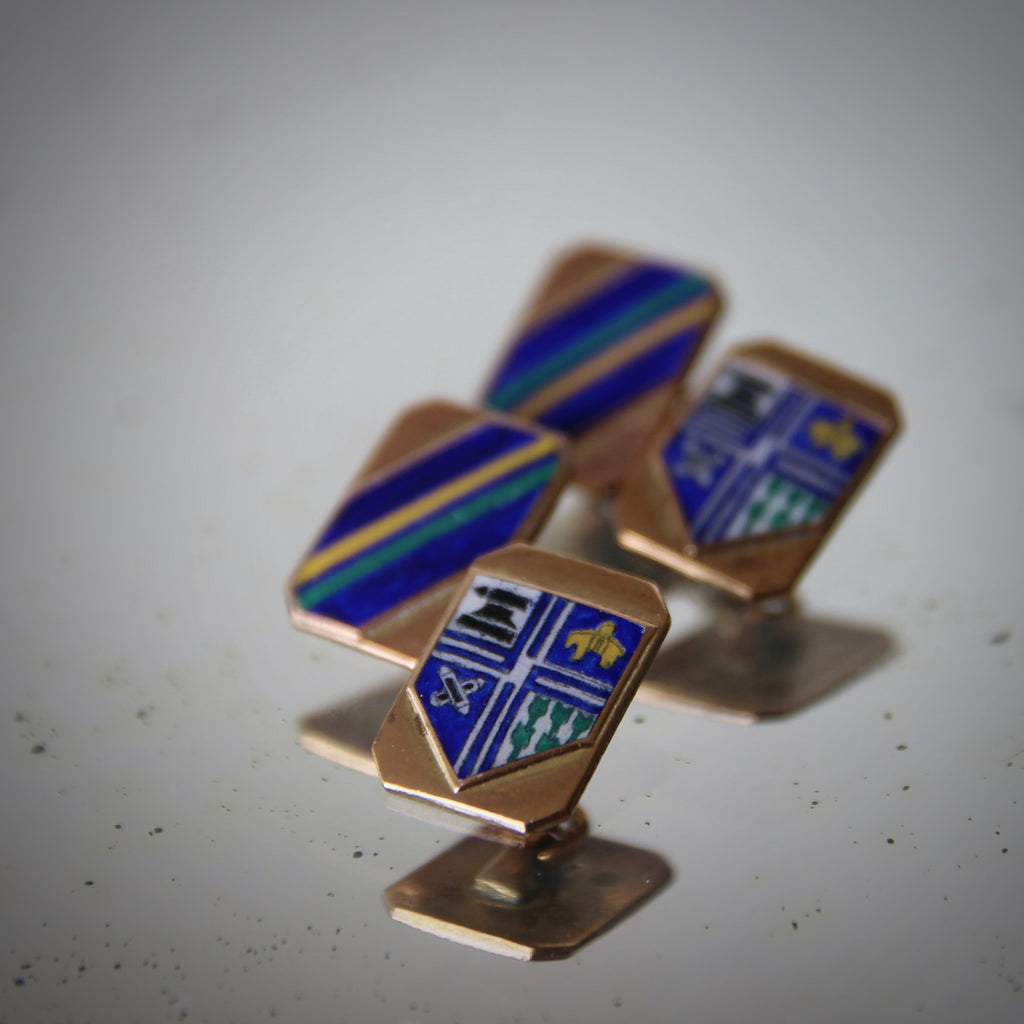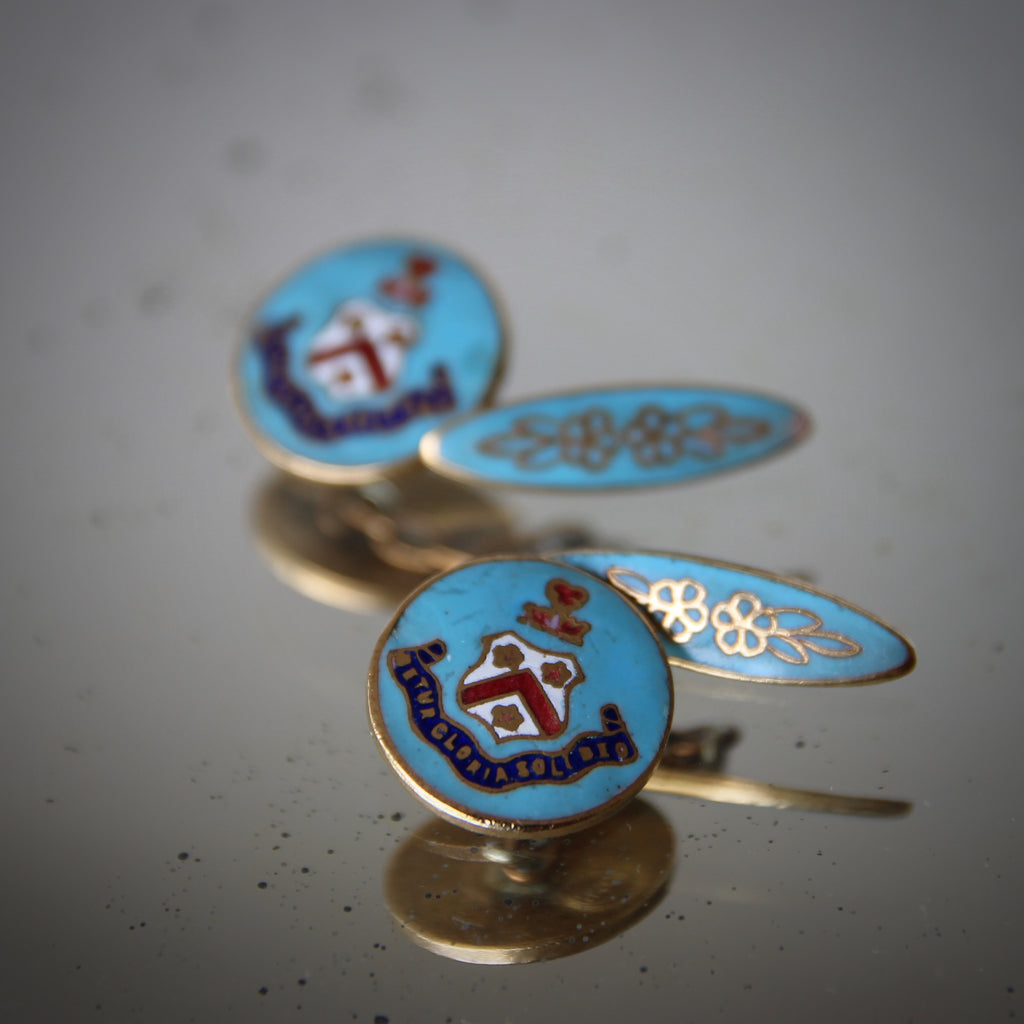JOURNAL RSS
Wishing all—customers, friends and family—a Merry Christmas and a New Year of health, happiness and contentment.
Thank you for your support this season—and throughout the last 26 years.
Christmas Eve
It's Christmas Eve—and we continue our annual tradition (now in its 26th year) of putting our Italian Christmas Angels into our shop window (or what now serves as our on-line "shop window").
In 1995, the year I opened LEO Design on Bleecker Street, I purchased this pair of Italian terra-cotta angels. I found them in an Italian "handcraft showroom" in the "Gift Building" at 225 Fifth Avenue (now shuttered). I was aware that they were not antiques, but that's all I knew about them. I just knew that I loved them! In time, after a bit of research, I learned about them—and came to love them all the more.
Stocking Stuffers - IV
With just two days left before Christmas, let's focus on those last-minute items—those perfect stocking-stuffers which round-out the holiday giving.
This polished stainless steel six-ounce flask, fitted with an attached screw-down cap, is wrapped in stitched, black bridal leather. The curved vessel fits into a pocket, snuggling nicely against the body. It makes a handsome gift for that person who needs a little warm-up while venturing-out in the cold.
Stocking Stuffers - III
There are only three days left before Christmas! We're sharing some last-minute stocking stuffers that might help you make the season bright.
This hand-stitched calfskin cigar holder is a handsome and practical solution for those who enjoy the occasional stogie. Crafted in Spain, the telescoping halves allow for a custom fit—accommodating a variety of cigar lengths. It provides an elegant way to carry a cigar in a jacket's breast pocket. It could also be used to protect and transport a valuable pen.
Stocking Stuffers - II
With just a few days left before Christmas, let's focus on those last-minute items—those perfect stocking-stuffers which round-out the holiday offerings. To me, zippered wallets—any wallets with heavy metal hardware—always evoked visions of Punk Rockers (or, later, Grungesters) patrolling the East Village of yore. Sometimes the wallet would be heavily chained to a belt loop, the metallic links swagging at just the right length, while the heavy, chromed hardware flashed crisply against the black leather. Industrial durability meets aesthetic practicality. When I discovered this wallet in London (a city well-familiar with disgruntled Seventies youth culture) I envisioned it for the man who may have replaced his boyhood passions (for now) with a decent job and a kid or two. He wants something nice—maybe...
Stocking Stuffers - I
With just a few days left before Christmas, let's focus on those last-minute items—those perfect stocking-stuffers which round-out the holiday offerings. Soap-on-a-rope is the classic gift for Dad. Father's Day, Christmas, Dad's birthday: all occasions when another bar of soap-on-a-rope would be met with his gratitude and a hearty exclamation, "My favorite!" But soap-on-a-rope has become increasingly hard-to-find. Part of the reason is the rising popularity of bodywash and the fact that making soap-on-a-rope is a labor-intensive, expensive process. This line of soap, from Portugal, is called Musgo Real (or "Royal Moss"). It's maker, Claus-Porto, once made custom soaps for the aristocratic families of Portugal (each family had a custom fragrance, color and embossing). This classic fragrance is a clean,...
Persian Delight
Since the Medieval Period, miniature painting enjoyed a glorious place in the courts of the Persian Empire. Such works were originally done in books or bound as collections of paintings. Sometimes these paintings would express religious themes or stories, like illuminated manuscripts. Other times, they would depict scenes from contemporary life or from important events in history. While some Islamic art forbade the depictions of the human figure, Persian art never prohibited the representation of the human form. Since these paintings were small and discreet—stored in private books and only shared privately, with select viewers—the portrayal of human characters was allowed. Larger, more-public works (like a painting on a wall) would be expected to adhere to the more severe restrictions.
Ready to Travel
Parents (or grandparents) who travel for work, often like to take-along a little reminder of their dearests. In earlier times, before the advent of mobile phone "photo scrolls," a travel frame, like the one shown above, was a common carry-on commodity. They were designed to safely and easily pack and travel—and were made to stand at bedside. A kiddo's smiling face was the first and last thing these road warriors would see each day.
Countdown to the Countdown
New Year's Eve is two weeks from tonight. If you plan to raise a glass, perhaps a splash of sherry will suit your palette. These six French sherry stems, made in the 1950's, combine lovely, swirling glass bowls atop stately black glass stems and feet. Nearly sculpture, they will add a measure of crisp sophistication to your New Year's Eve countdown. And there's still time to receive them before the holiday!
Winter White
Before I started my professional retail career in 1985, I had never heard the term "Winter White." Why would I have? I grew-up in Hawaii—where white was blithely worn 365 days year (whether the temperature was 75° or 78°). Now, beginning my professional work life in a department store in chilly Hartford, Connecticut, I was expected to get behind the Big Company Push of Winter White!
It wasn't hard to do. Actually, I rather liked the color. And I had only just absorbed the whole "White Pants-Labor Day-Memorial Day" rule. But the name, "Winter White," struck me as having been coined by a salesman—by someone scratching to find something new to sell.
Ready for the Slopes!
Our little "Ski Lodge Teddy" wants to join you on the slopes! Send for him. He's ready to go!
Every year, since 1995, I have selected one Holiday Bear for the season—a different bear every year. The gang always "awaited adoption" in a giant, old pickle crock, near the shop's front door. Usually, not long after Christmas, the last little bear would be picked-up and taken home.
This year, we're joined by this little guy. He wears a knitted ski sweater—red and white—and black velvet shorts. His posable limbs add dynamic character while his helpless little face adds irresistible wistfulness.
Snowfall!
At this early point in the season—three weeks from winter—we've already seen frequent dustings of snow, though none of it has "stuck." But just give it time! Before long, we'll be heading outside, shovels in-hand.
This French crystal paperweight, probably from the Eighties, depicts a delicate snowflake—"frozen" for all time. And unlike the white stuff outside, this snowflake won't melt. It will provide a reminder, year 'round, of the cool, crisp season which is certain to return.
Bearing Gifts
There is an old story in my family about attending any holiday party: invitations were always issued with the reminder, "Ring the doorbell with your elbow!" It was (supposedly) an exhortation to never show-up empty handed. Now, I myself never heard any family member make this stipulation; the account has always been fourth-person hearsay. And, from what I know of my elders, it seems out of character for them to have suggested such a requirement. I'm guessing that one person said it one time—after which, like so many family tales, the story gathered momentum and embellishment. It is a good story! This ceramic bear, made and hand-painted in Russia, is a lovely "hostess gift" (should one be required or desired). He has a little...
Planning Ahead
Christmas is less than two weeks away. And New Year's Eve will be here in 19 days. Plan now for your Countdown Party with the help of this Italian glass ice bucket. The handsome shape—which "evolves" from a faceted, hexagonal bottom to a smooth, round top—catches the light intriguingly. It is sized "just right," not too big on that crowded bar top or bar cart. It can also be used to keep-chilled that special bottle of bubbly.
Two Weeks to Go!
Christmas is two weeks away! There is still time to order and receive your gifts by Christmas. But please act quickly! We always try to ship purchases on the day of receipt—if they arrive by Noon (Eastern). Orders received on the weekends (when the Post Office is closed) are posted Monday.
This sweet pewter Christmas ornament was hand-cast in California. It also makes a useful (and festive) candle snuffer.
For the Serious Reader
If there's a reader in your life—a real, serious bookworm—perhaps this pair of "British Poets" bookends will fit the bill. They were made in the Thirties by Bradley & Hubbard (Meriden, Connecticut). They celebrate two English writers of note, Alexander Pope and Edward Young. Both men were influential in their time. Alexander Pope (1688-1744) had a difficult early life. As a Catholic, he was not allowed to go to school due to the English "Test Acts" which banned Catholics from teaching, attending college, holding public office or going to Catholic grade school. Little Alexander was homeschooled, for a time, and he later attended an illegal "underground" school. When a law was passed disallowing Catholics from living within 10 miles of London,...
When Do We Leave?
The Feast of the Epiphany—also called "Three Kings' Day"—is on 6 January, four short weeks from today. The camel above might be asking, "When do we leave?" Well, actually, he probably should have left a month ago (if he were walking). The Gospel of Saint Matthew tells us that an unspecified number of "wise men" came "from the East," in search of the new king, having "observed his star at its rising." The Western convention of three magi probably derives from the fact that three gifts were presented to Jesus: gold, frankincense and myrrh. Their precise origin is not specified, though early Christians associated them with Zoroastrian priests from Persia (who were accomplished in their knowledge of astronomy). In recent centuries, the "Three...
The Immaculate Conception
Today is the Feast of the Immaculate Conception, one of the great solemnities of the Roman Catholic Church. But there is significant popular misunderstanding of the theology. Many people—even some Catholics—don't understand that it refers to the immaculate conception of Mary, not Jesus.
Christian theology includes the concept of "Original Sin," which is basically the "fall from grace" that all humans experienced as a result of Adam & Eve's decision to break with God (in Genesis). It is an inherited state which, Christians believe, can be rectified with baptism. Roman Catholics believe that baptism is the essential, redeeming sacrament through which people are "born again" into a life with Christ.
"A Date Which Will Live in Infamy"
Eighty years ago today—at 7:48 on a Sunday morning—the Japanese Imperial Navy launched a sneak attack upon the American Naval Base at Pearl Harbor, Honolulu, Hawaii. 353 Japanese planes attacked the sleeping base, resulting in over 2,400 American deaths and nearly 1,200 American wounded. There was massive destruction to the base and its fleet. The next day, President Franklin Delano Roosevelt declared war upon Japan, calling the attack "a date which will live in infamy." (Three days after that, Germany and Italy declared war on the United States, though they had no binding agreement with Japan to do so.) Only 64 Japanese were killed in the attack. Japan also conducted simultaneous attacks against the US territories of the Philippines, Guam and Wake Island....
The Eighth Night of Hanukkah
Tonight is the eighth and final night of Hanukkah, the annual Jewish "Festival of Lights." The celebration commemorates the Maccabees victory over the Greeks and the miracle of the oil lamp. In the Second Century BC, the Jews found themselves under the thumb of the Hellenistic Seleucid Empire. The Greeks insisted that the Jews worship their god, Zeus, and they desecrated the Jewish Temple (the "Second Temple") by slaughtering pigs within it. Many Jews rebelled. But the Maccabees rose-up and took-on the Greek Army. Despite a small number of warriors, the Maccabees defeated the Greeks and reclaimed their temple. While cleaning-up their house of worship, they were disappointed that they only had enough lamp oil to last through one night of...
Holiday Cheer! - III
Here's a more elegant glassware offering: a classic Double Old Fashioned rocks glass, decorated with 22 karat gold swags, stars and a holly tree. Atop it all, a gold rim—which is handsome and useful: it helps protect the rim against chipping. The set of four glasses hold 12 ounces each.
Holiday Cheer! - II
Sixties swank will add a little punch to your punch. These two sets of highballs—one with six glasses, the other with eight—are decorated with a jaunty array of wreaths, bows, bells, trees and poinsettias. Not really elegant, certainly not tacky—these 10 ounce tumblers capture a certain Sixties style, full of innocence and promise and simple Holiday cheer.
Holiday Cheer! - I
The Holidays—and the Holiday guests—are on their way! Get ready now with this set of six Mid-Century highball glasses. They are festooned with swags of green pine, red bows and candles, and a 22 karat gold lantern. Perfect for egg nog or even something a bit harder.
Blue Christmas
In France, where wine is a common part of daily life, it was once customary to serve vin in a little jug like the one above—just a glass (or two) of a typical, cheap and utterly delicious table wine, often purchased from a basket on the floor of the neighborhood "Maman et Papa" grocery store. I have always admired those cultures which do not attempt to exalt wine beyond its humble status. No fuss. No pretension. No multitude of differently-shaped wine glasses (one for each specific "varietal"). Rather, I applaud those who pass the little wine jug along with a tumbler and a shrug. "What's the big deal?" This Art Nouveau wine pitcher, made in Turn-of-the-Century France, is signed Charles Gréber (1853-1935). In...
December is Here!
December is here! The final lap of 2021! Experience the Winter's chill, the Holiday bustle, and the sublime Turquoise—the birthstone for the month of December.
Ancient civilizations in Egypt, China, Persia and North America have been mining, collecting and using turquoise for millennia. In the American Southwest, turquoise has been used in jewelry-making and other decorative arts for centuries—and continues to be popular to this day. The name derives from the French word for "Turks"—for it was through Turkey that the first turquoise came to Europe from Persian (Iranian) mines. The Persians used the stone for important decoration in architecture and other objets. They created celebrated ceramics and tilework glazed in a glorious "Persian Turquoise" hue, a color which represented "Heaven on Earth."
Deer Me!
Dear me! It's the final day of November! Where has the month (or the year) flown? Here in Pittsburgh, we've already enjoyed little flurries—with just enough snow to whiten our garden. Winter will be here in three weeks. And Christmas four days after that. Dear me!
This little bronze sculptural grouping—a spotted doe and her fawn—are nicely cast and finished in a light verdigris patina. Though I am not certain, I suspect that they might be Japanese (from the Teens or Twenties). The mother remains watchful while her baby scratches blithely, oblivious to life's dangers. The fine detail, nice patina and the sensitivity of the sculptor's perceptive modeling all make the group a wonderful touch of nature brought indoors.
Hanukkah Cheer!
Today is the first day of Hanukkah, "The Festival of Lights." I have always loved the holiday's colors—blue, white and silver—such a clean and sophisticated palette, reminiscent of the wintry season. I also love these Modernist glasses, each one crowned with a platinum rim. Not only is the platinum embellishment crisp and handsome, but it also protects the glass rims from chipping. And, as a set of twelve, this collection will prove very helpful for the eight night celebration—or any holiday gathering you'll be hosting.
Christmas and More
These handsome (and beautifully-crafted) cocktail glasses are perfect for the Holidays—or any other month of the year. New Year's Eve, Saint Valentine's Day, Easter Sunday, Independence Day or Thanksgiving: the set of six glasses will add an extra measure of festivity to any festival. Tightly-faceted bowls add sophisticated, understated glimmer to the glasses. The rosy "plum glass" is confidently colorful without becoming treacly. And the flared lip on the glass makes imbibing even more pleasurable. White wine or red, Champagne or cocktail, these versatile vessels will bring age, style and sophistication to your next gathering.
What Supply Chain Problem?
The Holidays are upon us! Christmas is only five weeks away! And while other retailers lament the collapse of "the supply chain," here at LEO Design we are brimming with terrific gifts—ready-to-ship. We have nothing "waiting-on-the-water." Nothing queueing off of California. I suppose this is one of the inadvertent strengths of the antiques trade: I have to buy it when I find it, not place an order for some future "ideal" delivery date. So place your orders; there's plenty of time to ship! And remember: the perfect time to buy an antique is when you see it. Many of our offerings are one-off items. Once it's sold, it's gone. This festive vintage biscuit tin, dressed in a vibrant Christmas red,...
Black Friday
Though I have been working in retail since high school, Black Friday only became an annual milestone in my professional life during the autumn of 1985. I had recently graduated from college and was working in my first grown-up job, as an "Executive Trainee" at the May Company Department Stores. It was my first Christmas and I was posted in Hartford, Connecticut at (what was then) G. Fox, Westfarms Mall. I was the Department Manager in the Women's Department: dresses, sweaters and blouses. After weeks of pre-holiday anticipation, racks-and-racks of garments, mountains of cartons from Asia, and brutal incursions from the (perpetually unhappy) buyers in the main office, Thanksgiving was almost here! My final task on Wednesday night, Thanksgiving Eve, before leaving for the holiday: to...
Pheasant Thanksgiving Greetings
This pretty bird has little to worry about. Thanksgiving is for turkeys.
We at LEO Design wish all of our customers, vendors and friends a Happy Thanksgiving and a joyful Holiday Season.
A Monk the Very Best
The Gothic Movement, in my opinion, remains the high-water mark of architectural and decorative art history. The original movement spanned the 1100's into the 1500's. Later, in the mid 1700's, there was a Gothic Revival movement in England, followed by a bigger one (throughout the Western World) during the first three-quarters of the Nineteenth Century (sometimes called "Victorian Gothic"). When the Arts & Crafts Movement flowered (circa 1900 - 1910's), Gothic elements and themes were often adopted as decorative influences and embellishments. I am likewise smitten by these later revivals, too. These bronze-clad, Monk's head bookends, made in the 1910's or 1920's, tap a heavy vein of Gothic inspiration. In addition to the clerical reference, you'll find a triptych of gothic arches...
Bring-In the Sunshine!
The Summer's light is fading, just as the Holiday guests are arriving. Give them a place to stash their umbrellas (in style!) while bringing-back a touch of the Summer Sun into your home. While this heavy ceramic umbrella stand is up-to-the-job, it's not oversized; it's just the right size to fit into that tricky corner by the door. And the highly-textured, "splattered" glaze—a combination of frothy lemon cream over rich, golden marigold—will certainly remind you of sunny days in warmer climes. The piece likely is either West German or Eastern European, certainly from the 1960's or 1970's. Its Modernist design will quietly brighten that corner of your room during the coming frosty months ahead.
Haul-Out the Holly!
It was 1995. And, during my little shop's First Christmas on Bleecker Street, I refused to decorate the store before Thanksgiving. I would defend The Tradition! I was adamant not to hang one pine needle until Thanksgiving Day! So I crept into the shop on Thanksgiving morning around 6:00 am. I turned on NPR; Bob Edwards was interviewing celebrity chefs on their favorite Thanksgiving offerings. (Paul Prudhomme was making a "Turducken.") The store would be closed for the holiday. I was working alone but had nothing but time to relax and decorate: window, garlands, holiday merchandise, and a 10 foot tall Christmas tree, loaded with Christopher Radko ornaments (which would be for sale, of course). As I took my first sip of...
A Six Letter Word?
In America, the word "casket" often is associated solely with coffins, those large boxes used to bury human bodies. "Casket" has become a "six letter word." However, if you spend more than ten minutes shopping for antiques in England, you'll hear the term "casket" used in its broader, original sense: a (sometimes ornamental) box used to hold jewels, jewelry or other precious objets. Most often, a casket is rectangular, small (or modestly-sized), with a hinged covering. It may or may not have legs. Caskets are intended to protect and present something of high value—which may explain why some Americans began to conflate the words "casket" and "coffin." This bronze casket was made in the Teens or Twenties for "La Tausca," the...
Art Unexpected
The very best art is that which conveys the greatest effect with the seemingly simplest effort. Michelangelo Buonarroti conveys the entire Biblical story in David's right hand alone: relaxed at his side, loosely cradling a killer stone, yet potentially, undeniably powerful—if ever pushed into action. John Singer Sargent can capture—in one long brushstroke—the sheen and contours and tension of a woman's elegant dress, draped over underskirts, stretched over crossed legs, lighted from a window (elsewhere in the room). And the incomparable voice of Karen Carpenter—without vocal gymnastics and with no affectation—can effortlessly pierce our hearts with melancholy and longing while singing Superstar. The greatest artists know how to communicate great or complex or heartrending understanding in the most economical manner. Great...
Set Your Alarm
The "Full Beaver Moon" this morning will also enjoy a near-total lunar eclipse—and at 3.5 hours long, it will be the longest lunar eclipse in nearly 600 years. The last time an eclipse lasted this long was back in the year 1440; the next eclipse of this duration will occur in 2669. The actual length of the eclipse will be 6 hours and 2 minutes—but a person observing from a fixed geographic point will only experience 3.5 hours of it. The eclipse will begin at 2:18 am Eastern Time, lasting until 5:47 am. The "peak eclipse" (97.4%) will occur around 4:02 am Eastern Time. This full moon is called a "Beaver Moon" because this is the time of year when beaver...
Forever Copper
Copper has always been one of my favorite materials. I love the soft, warm color. I adore the way it darkens richly with age—ever so s-l-o-w-l-y. And I cherish the way the soft metal accepts (and preserves) any evidence of the craftsman's handwork: hammering, threading, etching. There's a reason that this element is called "The Eternal Metal." It is stable, unchanging, and remains reliably useful. Copper has been popular in many aesthetic movements, including the Arts & Crafts school.
This brushed-copper 4" x 6" photo frame, made in Italy, has a wooden back and easel stand (which allows it to be displayed horizontally or vertically).
Czech, Please
Even during the tumultuous years of the Czechoslovakian Nation, the art and craft of the Bohemian people was still appreciated by—and exported to—the rest of an eagerly awaiting world. This Art Deco matte white vase is one such little treasure. Czechoslovakia was established as an independent, democratic republic in 1918, two days after the collapse of the Austro-Hungarian Empire. Twenty years later, the Nazis invaded, claiming a healthy portion of its land for themselves—while Hungary and Poland took territory for themselves, too. Shortly thereafter (1939), Slovakia declared its independence from the still-young (and struggling) nation. After World War II, Czechoslovakia largely returned to its original size and shape (minus a portion which remained with the Ukraine), however, the whole country...
Classic Mother-of-Pearl - X
Classics are forever. Simple, handsome and timeless—these are the qualities that make a classic enduring. Over the past several days, we've been sharing some of the classic, Mother-of-Pearl cufflinks now in-stock at LEO Design. Click on the photo above to learn more about it. Krementz, of Newark, New Jersey, was one of the better "high volume" cufflinks makers of the 1920's and 1930's. Their "fit and finish" seemed a step-up from the other mass market jewelers, especially their gold-plated backings which they used on most of their cufflinks. This small touch makes a big difference in the look and feel of the Krementz product. George Krementz moved from Germany to Albany, New York, and soon thereafter to New...
Classic Mother-of-Pearl - IX
Simple, classic, and about as close to a button as a cufflink gets: this pair of English Art Deco cufflinks have smooth Mother-of-Pearl faces, reeded bezels and a little seed pearl, punctuating the center.
Classic Mother-of-Pearl - VIII
Yesterday we shared a pair of American Art Deco "snapping" cufflinks—invented in the 1920's and increasingly popular through the 1930's. The Brits had their own version of such a development, shown above. This pair boasts lustrous, iridescent Mother-of-Pearl faces in golden settings. They are put onto the shirt (with two hands) before the shirt is put-on. This makes it easier to manipulate the cufflinks with two free hands. Once the links are inserted, the shirt can be put-on and the cufflink's two halves snapped together, thus closing the cuff.
Classic Mother-of-Pearl - VII
In the 1930's, when most people lost their valets and lady's maids (those, that is, who had them to begin with), middle class people needed to start dressing themselves. Corsets disappeared. Evening dress was streamlined. And cufflinks were re-designed to make them easier to insert singlehandedly. One such design development was the creation of "snapping" cufflinks. Such cufflinks were to be inserted into the shirt sleeves before the shirt was put-on. Two halves went into one sleeve, two halves went into the other sleeve. Because the shirt was not yet donned, the wearer could insert the parts (into their buttonholes) with two free hands. Once the parts were installed, the man would put-on the shirt, button-it-up, and simply snap the cufflinks closed. This made dressing alone...
Classic Mother-of-Pearl - VI
The "triskelion" is an ancient graphic symbol showing three rotating spirals or other symmetrical appendages. Such symbols were used by the Ancient Mycenaeans as early as 1600 BC. Subsequently, Ancient Scandinavians created similar graphic motifs and it is possible that Norse invaders introduced the triskelion to the Celts (who adapted them to their own craft and artwork). Ancient Celts believed that the number three was metaphysically powerful; everything important in the Universe was manifested in multiples of three. When the Celtic countries adopted Christianity in the Fifth Century, the triskelion (and trefoil forms) came to represent the Celtic expression of The Trinity. The early Christian art of the Celts often used triskelion forms and trefoil graphic images. In Buddhist practice, the triskelion is...
Classic Mother-of-Pearl - V
The Art Deco movement is known for its clean lines, crisp attitude and sharp angles. Therefore the biomorphic "soft square" silhouettes of these Art Deco cufflinks provide a glimpse of the next big design trend (which was then still in-the-wings): Modernism. The iridescent Mother-of-Pearl faces provide clean and classic tradition; the soft-square form of the bezels provide Modern energy. and the tasteful embellishment of the settings reminds us that these cufflinks are clearly Art Deco.
Classic Mother-of-Pearl - IV
Over the past (and next) several days, we'll be sharing some of the classic, Mother-of-Pearl cufflinks now in-stock at LEO Design.
This pair of English Art Deco cufflinks boasts deeply-lustrous Mother-of-Pearl faces, polished to a satiny sheen. They are framed in crimped octagonal bezels which provide the perfect textural contrast to the smooth faces within.
Classic Mother-of-Pearl - III
Though these cufflinks are from the Art Deco Forties, their "soft square" silhouette foreshadows the Modernist movement just down the road. Black Mother-of-Pearl faces provide multi-color iridescence—which makes these cufflinks highly adaptable to a wide range of shirt colors: white, black, grey, purple, pink, peach, tangerine, green, blue, yellow or cream. This versatility makes black Mother-of-Pearl cufflinks perfect as starter cufflinks for someone with a limited collection.
Classic Mother-of-Pearl - II
These Edwardian English Cufflinks are a symphony of textures: smooth, creamy white Mother-of-Pearl faces, punctuated with a shiny, golden "boss," and surrounded by a textured gilt bezel. Handsome, classic and always in-good-taste.
Classic Mother-of-Pearl - I
Classics are forever. Simple, handsome and timeless—these are the qualities that make a classic enduring. Over the next several days, we'll be sharing some of the classic, Mother-of-Pearl cufflinks now in-stock at LEO Design.
This pair of English Art Deco cufflinks have a rounded, polished face set within an octagonal gilt setting. Simple as they are, they closely resemble a basic shirt button—but very well done.
Fall Back
Set-back your clocks (one hour) tonight before bedtime. Daylight Savings Time ends in the wee hours of Sunday morning. Twice a year (that is, whenever we switch the clocks), the controversy is revived: should we even continue using Daylight Savings Time? The semi-annual arguments provide plenty of heat, though very little light (pardon the pun). One-third of Americans want to stick to Standard Time year 'round. One-third of Americans want to stick to Daylight Savings Time year 'round. And one-third of Americans either don't know or don't care. My conclusion: all three options have serious downsides. Personally, I can live with the changes of the clock, knowing that I will benefit from more light in Summer evenings and more...
Just a Little Fun
When Queen Victoria's beloved husband, Prince Albert, died in 1861, Victoria (and the entire British Empire) went into mourning—an expression which manifested itself in fashion, jewelry and the decorative arts. Victoria remained in mourning for the rest of her life—forty years of black clothing and heavy, sombre jewelry (nothing frivolous or too jolly). This four-decades-long period of sobriety had a tremendous impact on the aesthetics of the day. Personally, I have always liked the heavy and serious, but handsome decorations of the day, mourning jewelry included.
William Rowe
Royal Doulton is one of the great British commercial ceramics makers of the Nineteenth and Twentieth Centuries. It was founded in 1815 in London, with factories in Vauxhall and Lambeth. In 1882, the company moved from London to Staffordshire, specifically to the town of Burslem, one of the six towns that make-up Stoke-on-Trent (a powerhouse of 19th Century British ceramics production). Here, with space to grow, Royal Doulton expanded production significantly. 1882 was also the year that artist William Rowe joined the firm, a company which would employ him for six decades (until 1945). William Rowe, a painter, designed ceramic works of all sorts for Royal Doulton pieces—vases, bowls, plates—in a wide range of styles, from the Aesthetic Movement to...
Coining Words
The legendary Bard of Stratford-on-Avon created some of English Literature's greatest characters, tortured relationships, and dramatic scenarios. He coined numerous words and many clever turns-of-phrase. And he also spelled his name in a variety of ways. Some scholars claim that "William Shakespeare" (which is the contemporary standard spelling) has been spelled up to 80 different ways over the centuries. Even in his lifetime, Shakespeare signed his name with different spellings—including "Shakespere" and "Shakspeare." In the Eighteenth Century, "Shakespear" was believed to be most authentic. In the Romantic Mid-Nineteenth Century, "Shakspere" or "Shakspeare" (as shown in the photo) was considered most accurate, based on his most common signatures. On Shakespeare's tomb, in Holy Trinity Church in Stratford-on-Avon, the Bard's name is...
More Light
Autumn is here. As the days grow shorter—and the nights longer—we lose more and more natural light. We spend more time indoors, especially in the evenings, and need (and crave!) more light. It's no surprise, then, that we see a seasonal spike in lamp purchasing in the Fall and Early Winter months. Although we have sold hundreds of antique lamps over the years, I have also carried this line of handmade contemporary brass lighting (from New England) since our first year in 1995. This Library Table Lamp is one of our recent additions to the selection. It has a handsome, traditional style and would look equally handsome on a desk, on end tables, or even on a mantelpiece. It holds...
Welcome, November
It's the First of November: "All Hallows' Day" and the day when the Citrine struts to centerstage, front-and-center amongst its fellow birthstones.
Citrine is a pale yellow variety of quartz. It's lemony color is thanks to the iron content within the chemical structure of the gemstone. The Greeks first began to use the stone around 300 BC, believing that the sunny gemstone could help to alleviate depression. In Ancient times, citrines were still very rare, thus expensive and luxurious. But, as larger deposits were later discovered (notably in Brazil), the gemstone became more common and affordable for more admirers.
All Hallows' Eve
In recent decades, Hallowe'en has become perceived as a pagan celebration—a day of witches, gnomes, Kim Kardashian, and the Devil himself. I've heard a number of people proclaiming the day "my favorite holiday," further explaining that they liked it because it was a big celebration devoid of religious associations. Nothing could be further from the truth. Since the year 800, the date has had religious importance. Hallowe'en—All Hallows' Eve—is the vigil night before the important Christian celebration, The Feast of All Saints (celebrated 1 November) also known as All Saints' Day or All Hallows' Day or Hallowmas. And the following day (2 November) is also special—All Souls's Day, a day dedicated to honoring all the dead (sainted or not).
All Elephants Are Lucky
I've sold dozens of elephant bookends over the years. Elephants have always been a classic and popular theme in "bookshelf accoutrements." I guess I also like the idea of promoting the welfare of elephants living today—both those in captivity and those in the wild. At some point—I guess it started with the Feng Shui trend of the Oughts—a minority of customers would refuse to buy any elephant unless its trunk was turned upwards. "It is unlucky, otherwise," they would say. Now, in truth, when dealing with items made 100 years ago, there was nothing I could do to change the direction of an elephant's trunk. I would best remain happy to buy a nice elephant, regardless of the point of its proboscis....
Coasting With Class
Yesterday we shared a set of four glass and sterling coasters—heavy, ponderous, traditional. Today we share a lighter, cleaner, and (I would say) more elegant offering. The pierced sterling silver galleries provide crisp punctuation to the glass bases—which have been etched with an ultra-simple star pattern.
These Post WWII coasters have a Modernist sensibility—though their light appearance gives them a classic and timeless appearance. Click on the photo above to learn more about them.
I Am Not Your Ashtray
Post War exuberance opened the door to an explosion of gracious entertaining in the late 1940s and 1950s. "Little Luxuries," like these pressed glass coasters with sterling silver rims, provided an elegant setting for a mixed drink in a highball or stemmed Manhattan glass. This set of four coasters are marked "Sterling" and with the name of the maker, "Frank M. Whiting - North Attleboro, Massachusetts."
On many an occasion I've seen these being sold as ashtrays (which they were not) and I've even seen (recently-produced) period films and television productions using these coasters to snuff-out a butt.
Untapped Potential
These handsome Scotty bookends were made just outside of Pittsbugh, in the little town of Verona, PA. Not much history can be found of the manufacturer, which is surprising, considering how well modeled, cast and finished these bookends are. The "coat" of each dog is deeply textured. The Argyle bases are a wonderful Scottish touch. The clean casting of the cast iron is superb. And the bronzy-copper finish, now aged, is rich and even. With this exceptional attention to detail, one might think that the company would have grown and become a bigger player during "The Golden Age of Bookends" (the 1920s and 1930s).
From Success to Success
William Moorcroft (1872-1945) was one of the great English potters of the early Twentieth Century. Fortuitously, he was born in Burslem, Staffordshire—"ground zero" of the British commercial ceramics industry. After studying in London and Paris, he returned to Burslem at the age of 24, where he was hired to work as a designer for the James MacIntyre & Company pottery factory. He set-about designing the company's "Aurelian Ware" line of decorative porcelain in 1897 and was promoted to chief designer for the entire art pottery division within a year. The Aurelian Ware line was inspired by the Aesthetic Movement with an exotic Orientalist spin. Porcelain vessels were decorated with Asian-inspired transfer designs, a bit of hand-painted decoration, and applied gold embellishment....
A Heart-Felt Purchase
Although I always attempt to make purchase decisions with my head, at the end of the day, my eyes—and my heart—have the final say. I wanted this box the moment I laid eyes on it, even before it left the previous owner's hands. But I was uncertain of its history. Was it English and 300 years old? Or "Tribal Tropical," 100 years old? The box's craftsmanship was a confusing blend of sophistication and naiveté. The decorative carving (in a very hard wood) was crisp and complex. The chamfered base (and cover) were not the work of an amateur woodworker. However, the joinery of the box was more primitive than I would have expected. Perhaps the box is quite old?
Le Penseur
In 1880, French Modernist sculptor, Auguste Rodin, was commissioned to produce a monumentally-sculpted main door for a planned Museum of Decorative Arts in Paris. The aesthetic theme and subject matter was left to Rodin's discretion, however, it was agreed that the door would be delivered five years later, in 1885. Rodin worked on the commission (on and off) for 37 years, until his death in 1917. Rodin, inspired by the great Italian Poet Dante Alighieri, selected the theme "The Gates of Hell," taken from The Inferno. He designed the model for a massive bronze door, embellished (on and around the door) with 180 cast figures (the smallest being about 6 inches tall and the largest a little over three feet). Rodin...
The Tea Which Built an Empire
Reid, Murdoch & Company was founded by two Scotsmen in Chicago in 1853. They built a food supply empire—and championed the survival of "Mom & Pop" grocery stores from coast-to-coast. During their roughly 100 years in business, which was a time when large grocery chains gobbled-up (or displaced) small food stores, Reid, Murdoch insisted upon only selling to small retailers (not chains). They had a wide range of products, sold under the Monarch label, which gave small stores well-priced, quality items. Because their goods were sold in thousands of small shops nationwide, these small retailers enjoyed an economies-of-scale (a buying power) which allowed them to compete with the larger, more powerful chains. Jams, pickles, coffees, teas, cocoas—sold across the country—paid...
Egypt's Long Aesthetic Influence
Designers are constantly searching for inspiration. In truth, completely novel design is rare (and, in fact, often overrated). Throughout human history, most design (including good design) has been an adaptation of an earlier idea, object or aesthetic. Ancient Egyptian design has been an evergreen source of inspiration for Western artists and designers for at least 200 years. Napoleon Bonaparte, before he crowned himself Emperor of France (and Italy, and Germany), lead an army to Egypt (1798-1801). His intention was to foil the British (whom he could not defeat at sea) by blocking their Egyptian route to India (and its lucrative trade). Additionally, France sought to "claim" Egypt as a French colonial possession. In short order, Napoleon was defeated and sent...
Door Guard
In 1894, John E. Hubley opened a metal casting workshop in Lancaster, Pennsylvania. His product line was metal industrial parts for electric trains. Come 1909, finding that business was slack, Hubley converted his production to cast iron toys and home furnishings objets: animals (especially dogs), bookends (many of them dogs), and doorstops (more dogs). Hubley also cast vehicles—from horse-drawn carriages (earlier on) to scale model automobiles (later in the company's life). At its peak, Hubley was the largest metal toy manufacturer in the United States. The terrier doorstop, shown above, is composed of two separate sand-cast iron parts (the left side of the dog's body and the right side of the dog's body). Each dog began its life as two...
"Il Sommo Poeta"
Dante Alighieri was born in Florence in 1265. He is considered Italy's greatest poet and one of the most important writers in the Western Canon. His most important work, The Divine Comedy, was groundbreaking in its day—and remains an artistic touchstone to this day. Dante's depiction of Hell, Purgatory and Heaven (Inferno, Purgatorio, Paradiso) exercised wide influence on many writers and artists (painters, sculptors, musicians) who came after him—through which Dante affected the popular conceptions of the afterlife for centuries to come. He did not write in Latin, the language of the educated elites. Instead, he chose to write in the vulgate, the popular language of commoners (which allowed more people to read and understand his writings). The popularity of The Divine Comedy demonstrated...
A Close Shave
Robert Vom Cleff immigrated to New York City from Germany in 1867. In 1873, he founded a business at 105 Duane Street, importing German scissors, knives, surgical instruments and razors, like the one shown above. When he died in 1907, the business was run by his widow and son until they sold it in 1926.
This steel straight razor blade, imported from Germany, was fitted with a celluloid handle—manufactured and "carved" to appear like ivory. It is accompanied by its original box from the turn-of-the-century.
Just a Pinch
Snuff is the powder of finely-ground tobacco leaves, sometimes mixed with flavors, fragrances or other medicaments. A pinch of snuff is inhaled into the nose directly from the fingertips or off the back of one's hand—delivering an immediate and stimulating rush of nicotine to the body (through the delicate membranes of the nasal passage). Essentially, it provides many of the same pleasing sensations of smoking, although without lighting-up. The downsides of tobacco (filth, addiction, cancer) are all still problems for the snuff user.
The Barbizon School
The Barbizon School of French painting flourished in the Mid-Nineteenth Century (approximately 1830-1870), an important and innovative movement before Impressionism entered the scene (later in the century). The British painter, John Constable, was exhibited at the Salon de Paris in 1824. His landscapes, naturalism and manner of painting directly from nature was an antidote to the more formal "Academic" French painting that had been en vogue—and some of the younger French painters were inspired by his fresh, soft, Romantic Realism.
Deco Delights - XV
Simply elegant. This pair of American Art Deco "rolled gold" cufflinks are bold, handsome and understated. Rolled gold is a technique by which two layers of metal ( 14 karat gold on top and something less-expensive below) are bonded together under heat and pressure to create a strong, gold-topped "plied" metal. The rolled gold can be cut, shaped, formed and polished much like a sheet of solid gold could be.
These octagonal cufflinks, made by Krementz in Newark, New Jersey are fronted with gold and backed with gold-plate, too. Crisp lines add clean texture and interest to the fronts of these cufflinks—certain to make a good impression whether worn formally or casually.
Deco Delights - XIV
The Art Deco period coincided with "The Jazz Age"—inextricably linking the two movements in the modern person's mind. Jazz, with its energetic, stimulating, and (sometimes) discordant rhythms, captured the energy and conflict and promise of its day. Likewise, Art Deco design captured the streamlined and modern and efficient energy of the machine age.
These handsome English Art Deco cufflinks—with snazzy black and white enameled faces—capture the fractured energy of the Twenties. A good deal of animation is contained within each little hexagon of this dynamic pair of links.
Deco Delights - XIII
These English cufflinks—chromed and crossed with scarlet and soft grey enameling—simply scream "Art Deco!" The bright metal ground, punctuated with elegantly colored enameling, make for a handsome and lively pair of links. And the textured background adds yet another dimension of visual interest to the pair.
Deco Delights - XII
Snapping cufflinks were invented in the 1920's. This new invention allowed men to easily dress themselves—as it was during the Twenties that more and more men gave up their valets (by choice or financial circumstance). The concept behind the design is that the man could insert the cufflinks into the cuff before dressing, which allows him the ease of using two hands to manipulate the links. Once the links are inserted into their buttonholes, the man will then put-on the shirt, button-up the front, and simply snap each link closed.
The silvery faces of these English Art Deco cufflinks have a mixed-pattern which gives a somewhat "quilted" look to the links—or, perhaps, the look of an embroidered sampler.
Deco Delights - XI
Black, white and silver is such a nice color combination: clean, sophisticated, neutral. (And I suppose there are some who would argue that black, white and silver are not really colors!) The crisp juxtaposition of these colors increases the Art Deco elegance of these cufflinks—and makes them ideal for affordable evening wear.
Deco Delights - X
In my opinion, color-blocking can often go quite wrong. Even the best of them (Mondrian, Rothko, Yves Saint Laurent) don't really appeal to me. But I do love these English Art Deco cufflinks, made in the Thirties! Maybe it's the sophisticated color combination: no primary colors! Or the understated cool tones of grey and blues. Or, perhaps, it's the small size—just a little touch of color-blocking—which is not a visual assault on my vision. I find these cufflinks very handsome, indeed. Sorry Piet (and Mark and Yves)! This is color-blocking done well.
Deco Delights - IX
These handsome Art Deco cufflinks, made in Providence, Rhode Island, in the Twenties or Thirties, are crafted of mixed metals—two shades which are possibly of some gold content. This mixing of metals, in a sculptural way, always reminds me of New York's Rockefeller Center, where "sculpted architectural decoration" is sometimes painted with rich metallic colors. And, of course, Rockefeller Center was designed and built during the peak of the American Art Deco movement.
The manufacturer, Walter E. Hayward in Providence, was founded in 1851—approximately 75 years before these cufflinks were made.
Deco Delights - VIII
These English cufflinks capture "the lighter side" of the 1930s Art Deco movement. The diamond-form of the faces provide an elongated elegance while the thin embellishment—engraved and enameled striping—carries little visual weight. The pistachio and cream coloration is a nice Thirties touch, reminiscent of an ice cream cone in the Spring. Overall, these are an unusual and interesting pair of cufflinks—a "light touch" on the cuff.
Deco Delights - VII
Mother-of-Pearl has been a classic shirt button material for centuries—even before "sewn-on" buttons became popular. Here we have a Modernist Art Deco twist on the material: thick, chamfered slabs of Mother-of-Pearl topping "snapping" cufflinks from the Twenties. Snapping cufflinks were a new invention in the 1920's, which coincided with the dwindling employment of valets to dress wealthy or middle class men. With these new cufflinks, a man could easily dress himself. He would install both sides of each cufflink into the cuff before dressing—thus he was free to use two hands to negotiate the task. After putting-on the garment, he could simply snap-closed each cufflink. Ready-to-go! What this pair of cufflinks lacks in "graphic sex appeal," it makes up for...
Deco Delights - VI
These Art Deco cufflinks provide a little "wink" of fun on the cuff. The oval forms of these English cufflinks are decorated with royal blue and light grey enameling—arranged to covey an ever-so-slight swirl of motion around the perimeter. Clean lines, bold color and smooth motion are all hallmarks of the Art Deco movement.
Deco Delights - V
The chamfered and crenellated bezel around these English Art Deco cufflinks are reminiscent of a wristwatch. And the central "mortise & tenon" element adds an interesting design detail. Otherwise, the cufflinks display a simple, white Mother-of-Pearl face—classic, clean and timeless. They are a handsome, straightforward and masculine accent providing closure to a cuff.
Deco Delights - IV
The navy blue, white, grey and turquoise repp-striped enameling on this handsome pair of English Art Deco cufflinks give them an official, perhaps regimental sensibility. The soft corners of the cufflinks, however, provide a gentle modification to the sharpness—which creates an interesting juxtaposition of the passive and the aggressive. The clean combination of layered colors also creates a very proper look.
Deco Delights - III
There are very few totally new ideas—in life or in design. So, although change may sweep-in around us, sometimes we can get our bearings by looking backwards. (And, the more one knows history, the better one will be at recognizing contemporary change.)
This pair of English cufflinks, made in the Art Deco period, utilize a crisp "Moroccan Star" engraved upon their Mother-of-Pearl faces. While the star graphic was far from new (in the Thirties), its angular, precise and energetic form was perfectly-suited for use in Art Deco design. It provides an elegant accent—a modern take on an ancient symbol.
Deco Delights - II
This pair of English Art Deco cufflinks, made in the Thirties, conveys modern tension through their unusual, triangular form. The concave white inner triangle seems tightly contained—compressed with tension—within a convex, distended outer aqua triangle. One triangle is pushed-in while the other triangle is pushed-out. And the clean aqua and white enameling provides an unexpectedly sophisticated (and nuanced) coloration to this handsome pair of cufflinks.
Deco Delights - I
We are in the process of listing dozens of newly-acquired pairs of vintage cufflinks to our website's on-line shop. For the next several days, we'll be sharing some of the handsome Art Deco options, now available at LEO Design.
This pair of English Art Deco cufflinks perfectly captures the energy and style of the Art Deco movement. Chromed backgrounds convey the clean, industrial attitude of Art Deco. And the sleek bands of navy and royal blue enameling convey the forward motion and energy which Art Deco provided the world.
Welcome, October!
Let us greet October—now the tenth, but once the eighth month of the year!
During the Early Roman Empire, October was the eighth month of the year (as demonstrated by the "Octo-" prefix, which indicates "eight." Back in those days (which started with Romulus, first King of Rome, circa 700 BC), there were 10 months, many of them named with prefixes indicating the month's numerical order: September (seven), October (eight), November (nine), and December (ten). The second King of Rome, Numa Pompilius, added two new months (January and February), thus lengthening the year by 60-ish days—in order to better approximate (though not perfectly) the Earth's annual orbit around the Sun. Even today, in France, October is sometimes abbreviated as "8bre."
Smoker's Treasure
I have never smoked. Indeed, I have rather disliked smoking altogether. Therefore, I have always found it odd that I like the accoutrement of smoking: ashtrays, humidors, tobacco jars, cigar cutters and pipe racks. I even tend to like smokers. This handsome marquetry cigar box is a nice example of functional and attractive smoking objets. A chamfered lid adds a sophisticated look to this multi-wood, footed box, decorated with bands of wooden inlay. While the lock no longer functions, it is a secure (tin-lined) receptacle to keep your cigars fresh for smoking. One could also keep tobacco and smoking accessories in the box, too. Of course, this box could be used for various purposes: to hold jewelry, keep a collection safe and...
Anne Hathaway's Cottage
Anne Hathaway (1556-1623), wife of William Shakespeare, lived most of her life in and around Stratford-on-Avon, England. Her husband, the prolific playwright, spent much of his time working in London, leaving Anne in Stratford with their three children.
As a girl, Anne grew up in a spacious twelve room Tudor farmhouse, about a mile from Stratford-on-Avon. The house, now called "Anne Hathaway's Cottage," was built over 500 years ago and has been added-to over the centuries. It sat on a farm of 90 acres. The timber-framed house has a thatched roof and multiple fireplaces, the largest of which was used for cooking.
Wait! I Have To Hibernate?
The Autumn's chill is starting to descend, and soon we'll all be pulling-out our comfy sweaters. This faux mohair teddy bear—with posable limbs and head—wears a knitted chenille sweater in navy blue, white and red. He's a youngster, unfamiliar with the ways of the seasons, so he doesn't realize he'll be heading into hibernation soon. Perhaps he'll find a good (warm) home before that—and a friend to keep him company during the long, dark winter.
Handsome & Useful
When there's a man around the house, things always seem go better when he's both handsome and useful. Likewise, these bookends will not disappoint.
A muscular, fully-rigged ship plows toward the viewer, beautifully-sculpted with energy and intent—the ship seems to leap forward, off the bookends. The iron castings have been dressed in a brass finish and supplemented with a verdigris patina. They would make a handsome and useful addition to your library, office or bookcase.
Simple Clean
I cannot have too many nice, matte white vases. The simplicity of the coloration really focuses the eye upon the form—and the form, good or bad, has nowhere to hide. A collection of matte white vases always makes a strong, clean impact. And the utility of the vessels is another plus. I have a grouping of matte white vases on the wide window ledge behind my kitchen sink; I am often grabbing a vase to suit a large or small handful of roses clipped from our garden. Every time I add a new piece to the window ledge, a re-shuffle is required (which gives me a good excuse to wipe-down the quartz slab).
Three Months To Go!
Three months 'til Christmas. (But who's counting?)
It seems like it was only just Summer, yet, before you know it, Christmas will be here! Get ready for the season with this set of four (plus one) jolly rocks glasses from the Seventies—decorated with a "stained glass" Season's Greetings" wrap. A light rim of gold helps protect the edges and provide an extra touch of subtle sparkle. Whether serving eggnog for the kids or something a little harder for the grown-ups, these Double Old Fashioned tumblers will have you hoisting with style for the Holidays.
Hoo's Nou?
Three of my favorite things converge in this handsome object: owls, pine and Art Nouveau! Add to that a fourth thing: organization! This American Art Nouveau letter rack has it all. At center stands a handsome "Wise Owl"—the ancient symbol of knowledge and intellect. He perches on a pine branch, festooned with sprays of pine needles and clusters of pinecones. And he's framed, at center stage, within an Art Nouveau "whiplash" proscenium arch. The cast iron letter rack is finished with an aged brass patina, through which copper highlights peak through. It was made in the 1910's or 1920's by Judd Manufacturing in Wallingford Connecticut.
Welcome, Libra
The Sun "entered" Libra last night at 7:21—making today the first full day of that gracious sunsign. Libra will continue through 22 October, at which point Scorpio takes over.
It is no coincidence that Libra begins on the day of the Equinox—the day on which the sunlight balances the darkness. Balance is at the heart of the Libra sunsign (which is symbolized by the Scales of Justice). Those scales come from Themis, the Ancient Greek personification of Divine Law (which was not to be confused with Human Law). She holds the balance of justice, as does her more modern incarnation, "Lady Justice" (seen in later Western cultures).
Autumn Is Here
Today—at 3:20 pm Eastern—we experience the Autumnal Equinox, that moment when the Earth's "tilt" toward the Sun is dead-even with the Equator. As a result, the night and day will be equally long today. As we move forward into the Autumn and Winter, the Northern Hemisphere of the Earth (where the U. S. is located) will tilt further and further from the Sun. The days in the North will be shorter and the temperatures will be colder (since that hemisphere is further from the heat of the Sun). Conversely, people in the Southern Hemisphere will enjoy longer days and shorter nights as their part of the World spends more time closer to the Sun.
Summer, Au Revoir
Relish this final day of Summer, for Autumn begins tomorrow afternoon. After tomorrow, the nights will be longer than the days. Temperatures will begin to drop. And the trees, plants and animals will prepare for their winter hibernations. We know that summer will return—eventually—but it does seem like a long, cold, dark winter. Cheer yourself through the winter gloom with this sunny "remembrance of Summers past." This hand-thrown Lachanal French vase is glazed in lemon yellow and decorated with a hand-painted, caramel-colored "grid iron." The form and surface of the ceramic body even suggest the shape and texture of a summer-fresh lemon. It is signed "Piece Unique," indicating that it was a "one-off" creation—not part of an established line of designs by the Lanchanal...
Moon Glow
A "Full Moon" describes that period of time—usually a day or two—when the Earth is directly between the Moon and the Sun (which illuminates the moon), thus making the moon appear perfectly round. Technically, any Full Moon only lasts a moment—which, this month, is at 7:54 pm today (Eastern). But that moment of "total fullness" is not distinguishable to most naked, laymans' eyes. Instead, the moon appears to be full all night long (or sometimes for a couple of nights). This month's Full Moon is also called the "Harvest Moon," which is always the Full Moon closest to the Autumnal Equinox (which, this year, is in two days). Traditionally, it was during this period that many farmers were hustling to...
Back-To-School Blues - III
Let's end our exploration of "schoolboy" cufflinks with this interesting pair which displays a crest on one face and a diagonal slash of repp-striping on the other face. I am sure that the crest and stripes signify a particular unit, club, school or team—but who they are is still undetermined by me. Nevertheless, these handsome cufflinks from the Thirties provide in spades that quintessential "British Association" look. One can wear them with confidence, knowing that a certain American fashion designer has built an empire on "Faux British Aristocratic Pretension." At least this heraldry is real (for someone). Click on the photo above to learn more about them.
Back-To-School Blues - II
Repp stripes were (and are) highly-popular in England where they often represent a regiment, a school, a sports team or some other club or clan. Like tartan plaids in Scotland, members of the (originally all-male) groups would wear their colors with great pride.
Occasionally, I am able to identify the organization to which a particular repp stripe belongs. But, most of the time, I remain in-the-dark as to the pattern's origins. I also suppose that some repp stripe patterns are designed (or re-colored) by fashion designers, simply to look nice on a tie, a scarf or a pair of cufflinks—not because they are historically accurate renderings of a school's or team's colors.
Back-To-School Blues - I
By now, most students have trundled back to school. And, this year, some of them might be returning after more than a year away. Personally, I always loved the first day of school and was always excited to return. But, for others, September signaled the "Back-to-School Blues."
One of the mysterious inconsistencies of the English language—on different sides of the Atlantic—is the meaning of the term "public school." In England, where the term was coined, public schools are those fancy, expensive, private schools (open to students for a tuition fee). In America, "public schools" are those open to the wider public, paid-for by the public.



